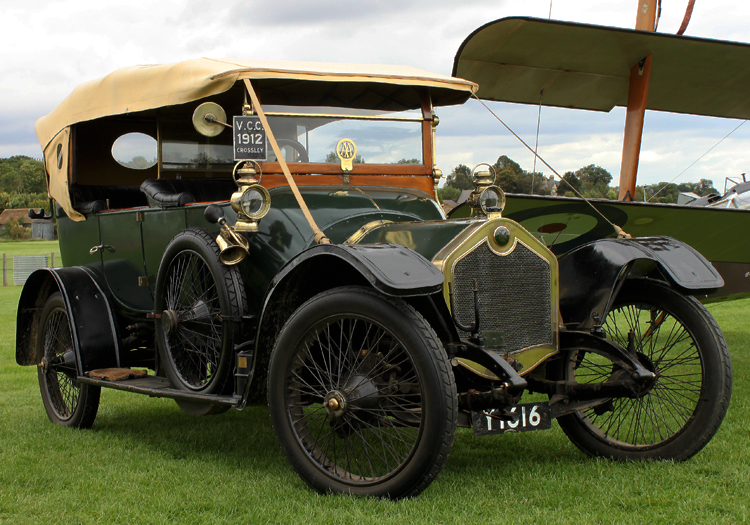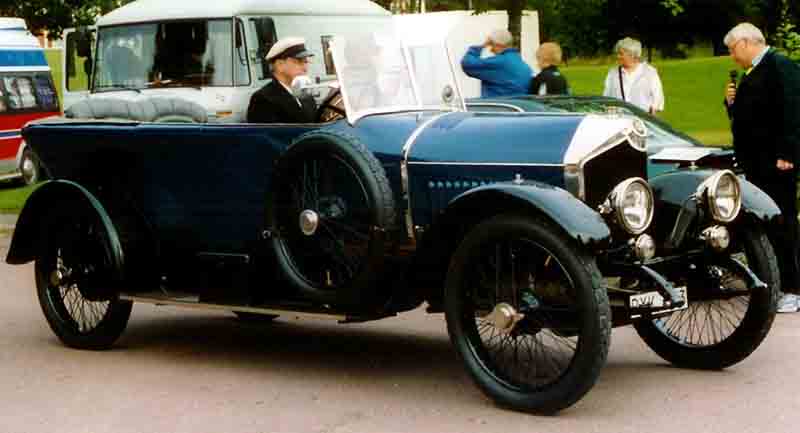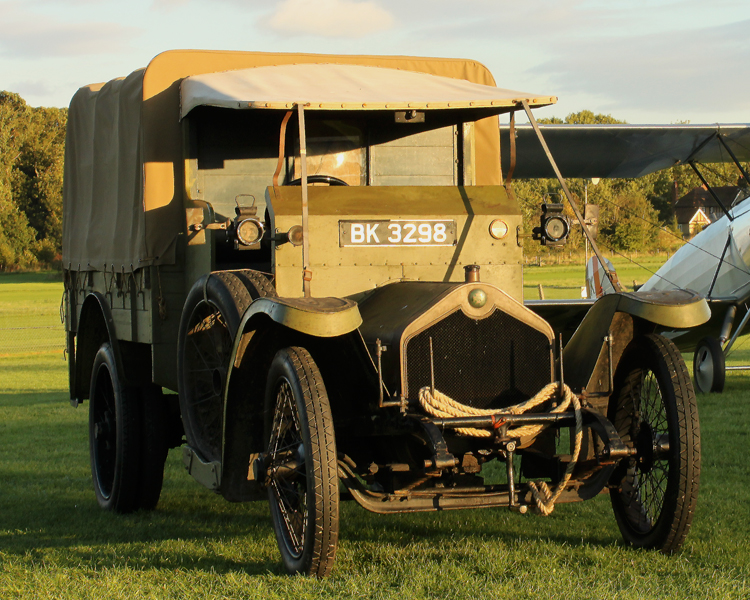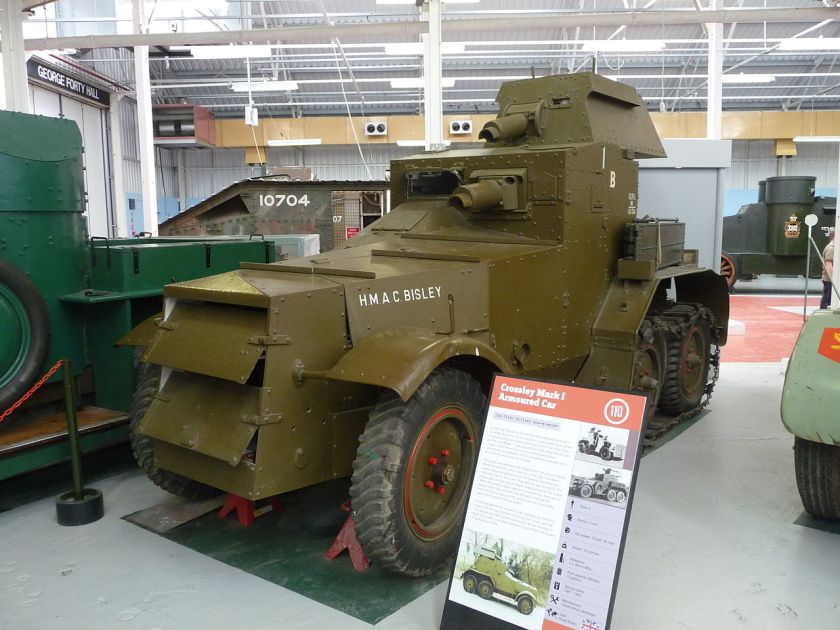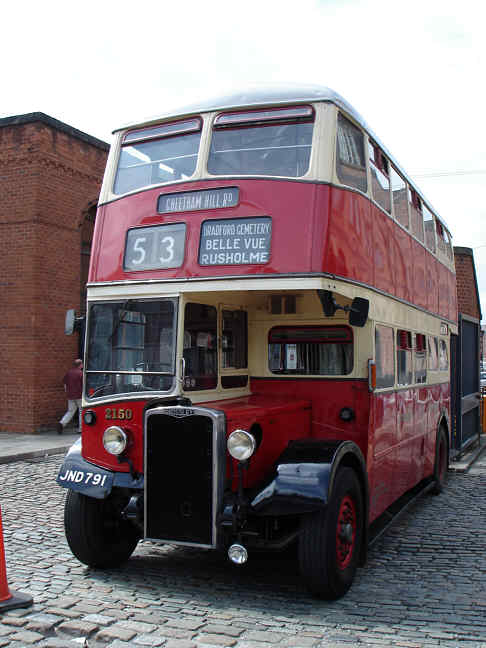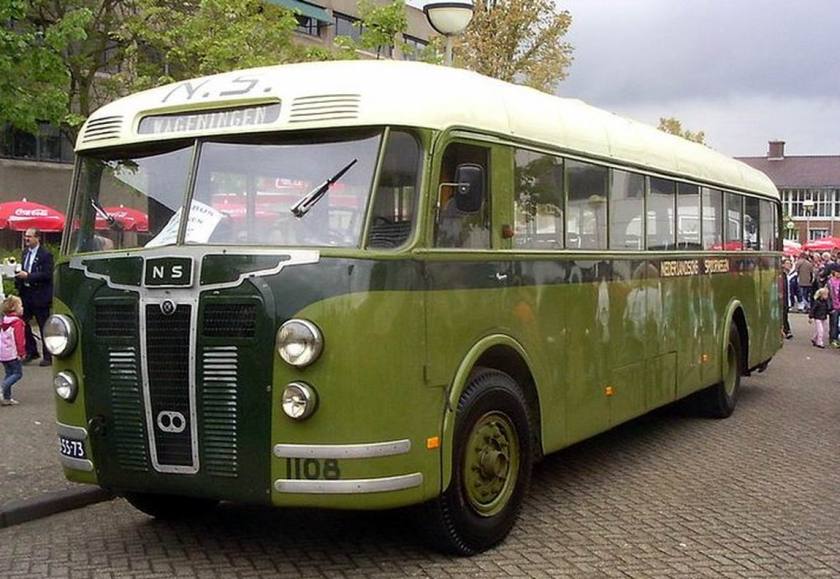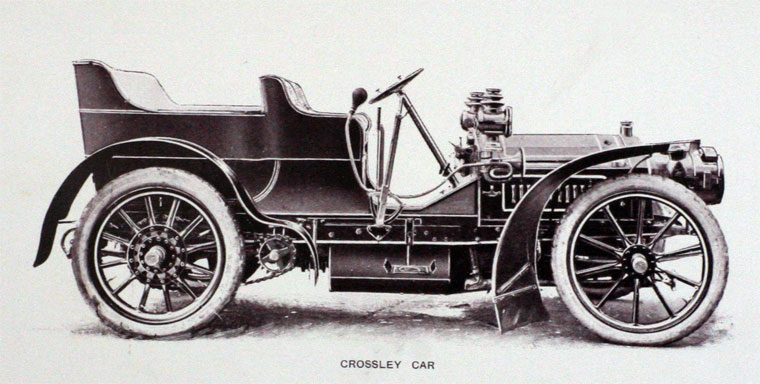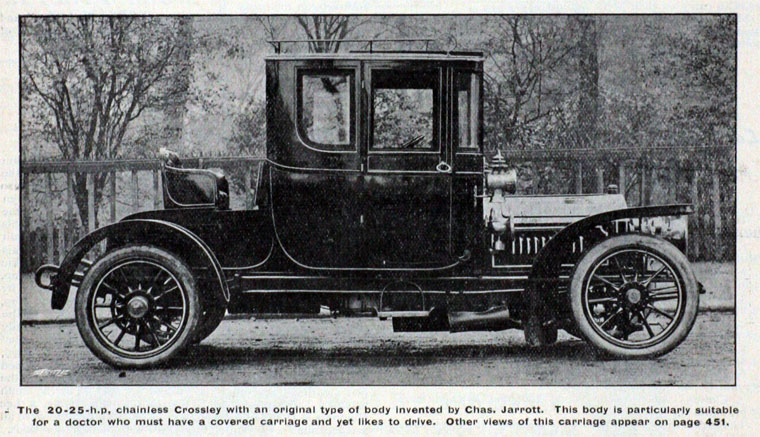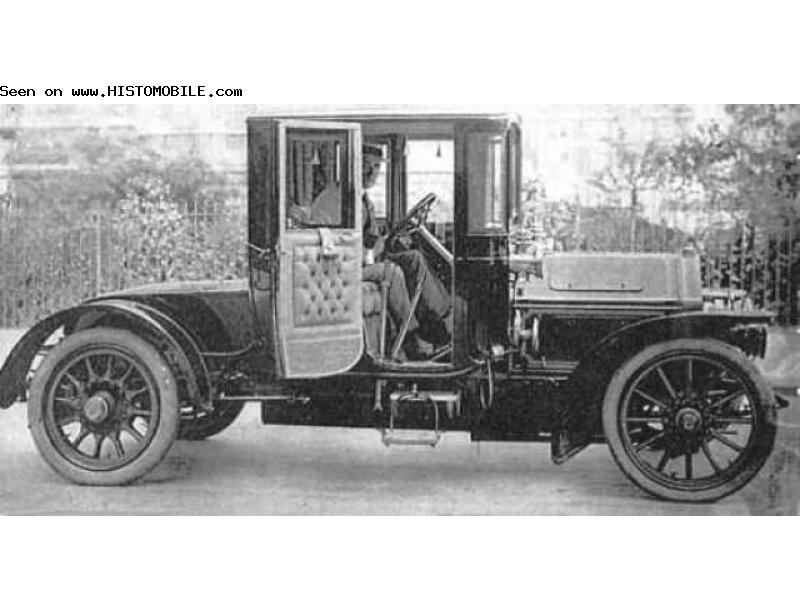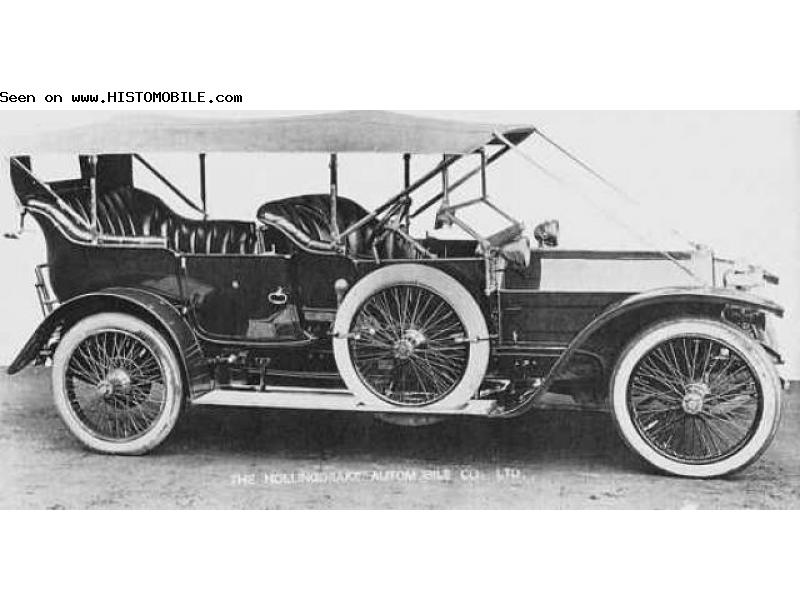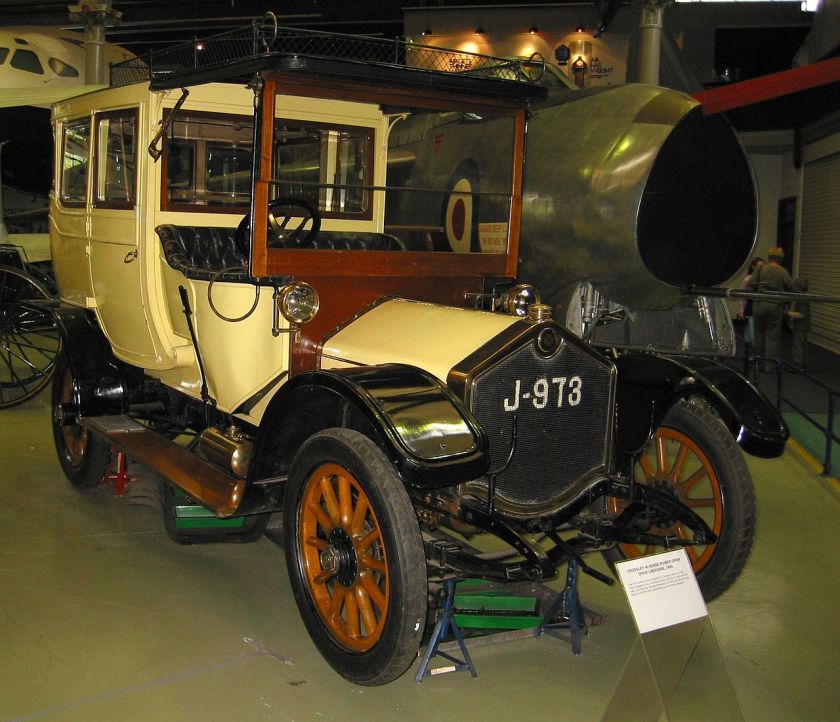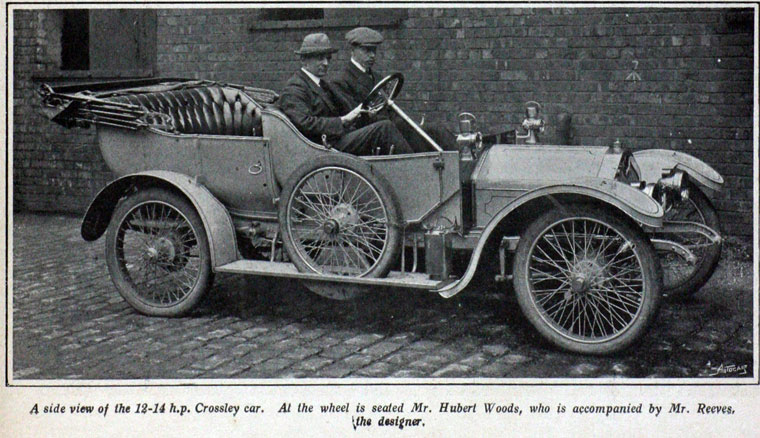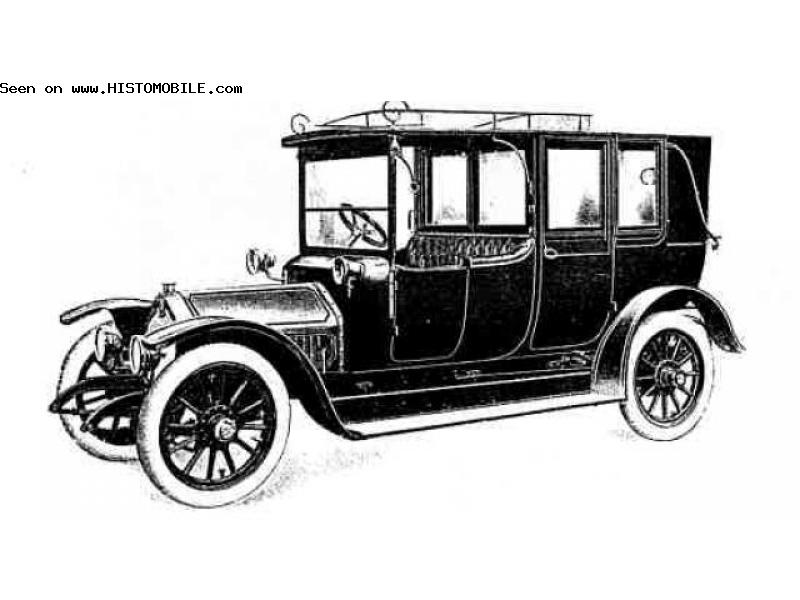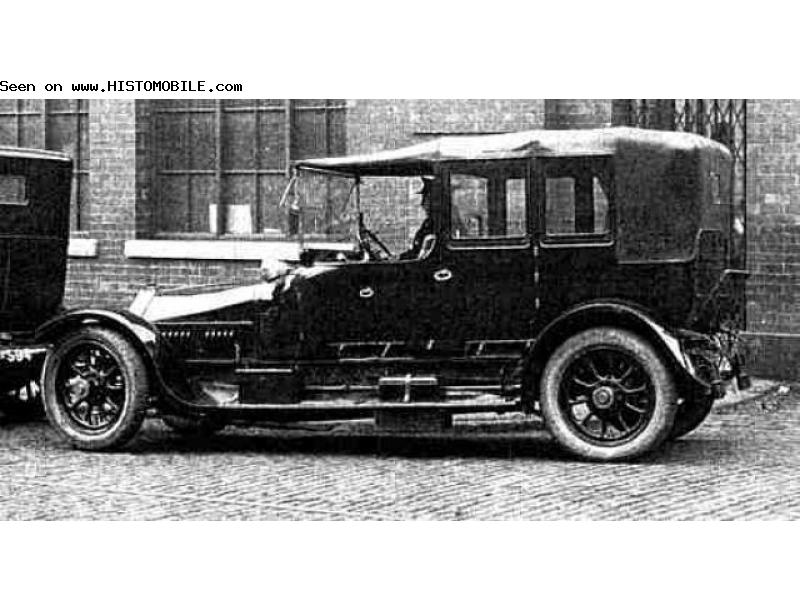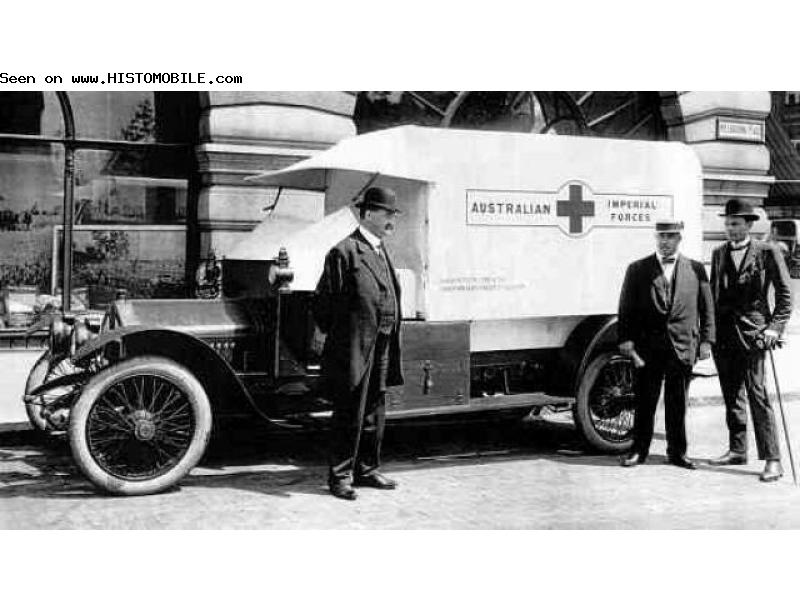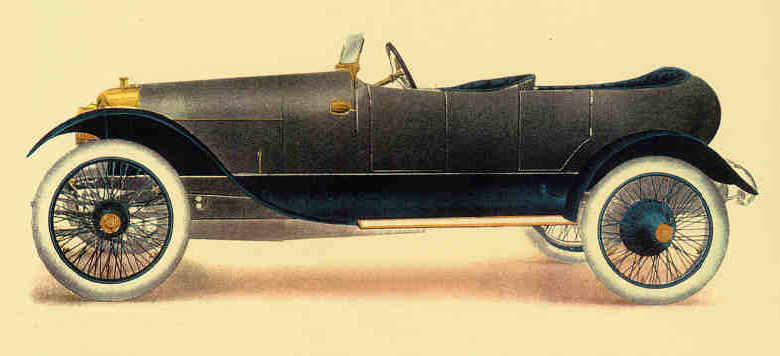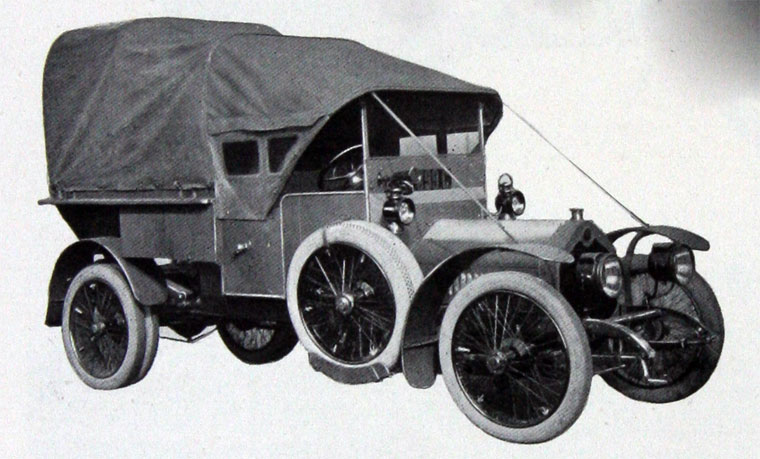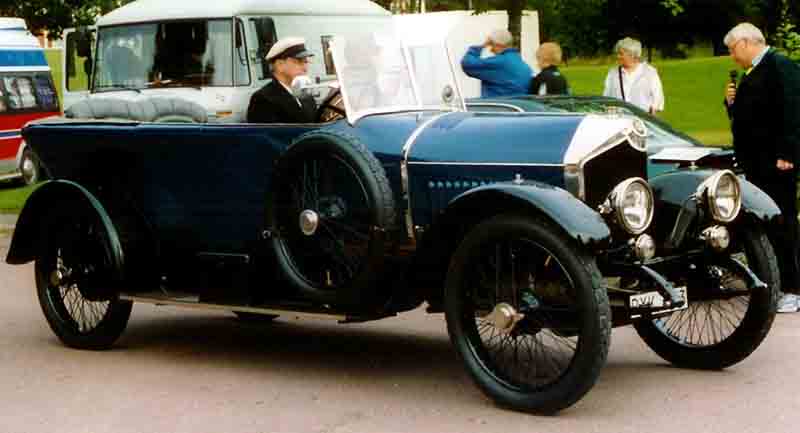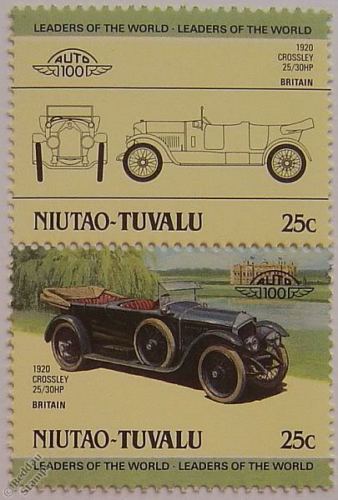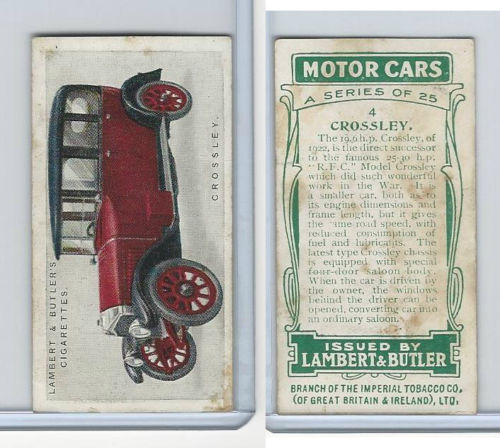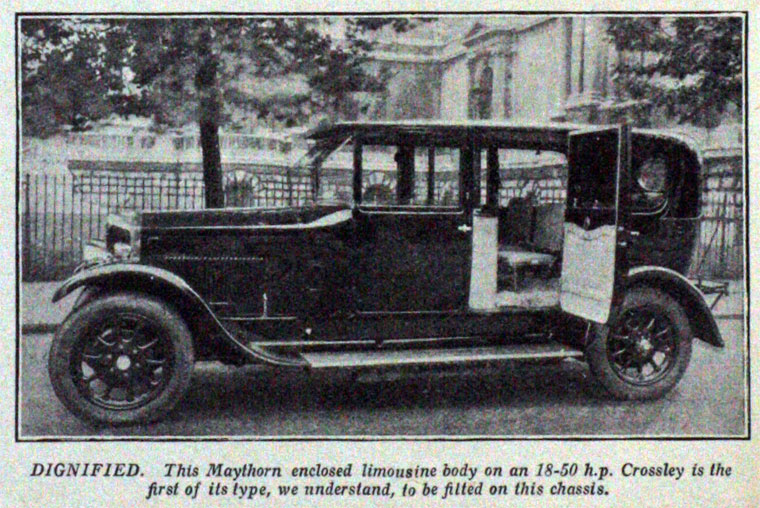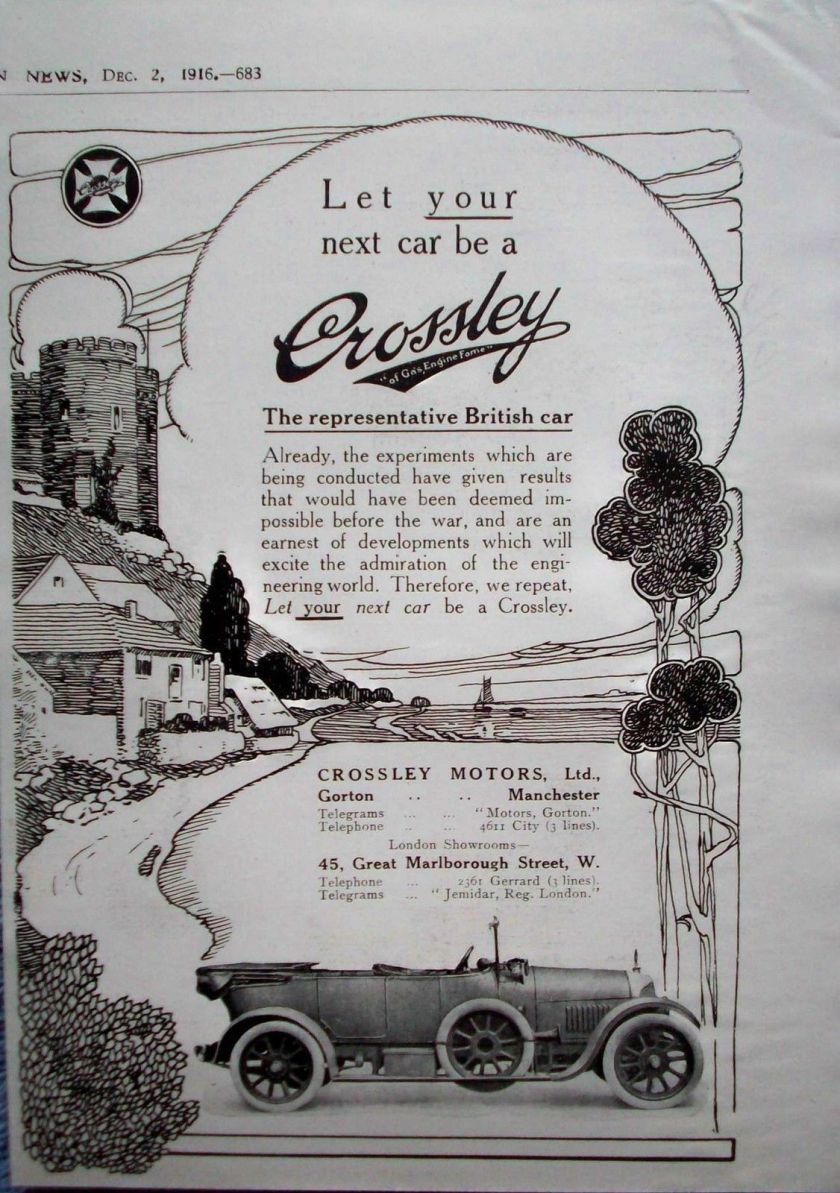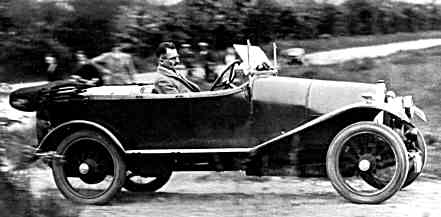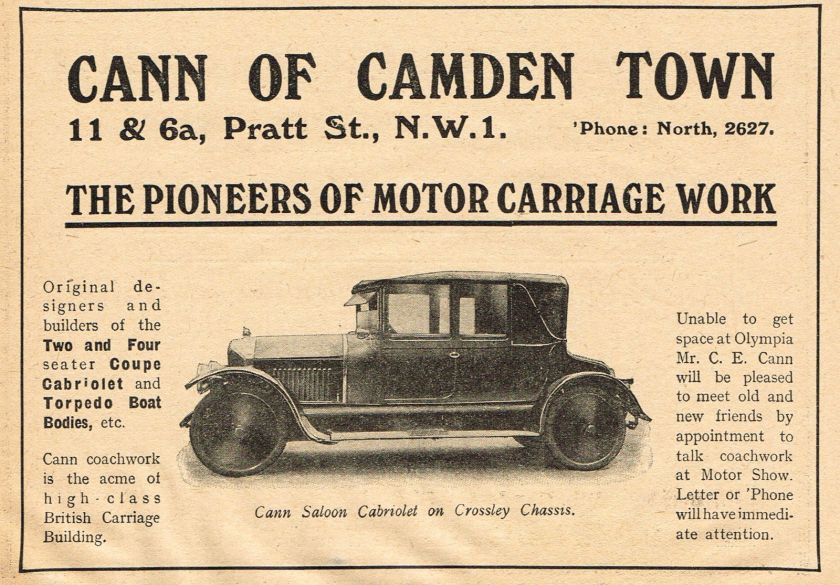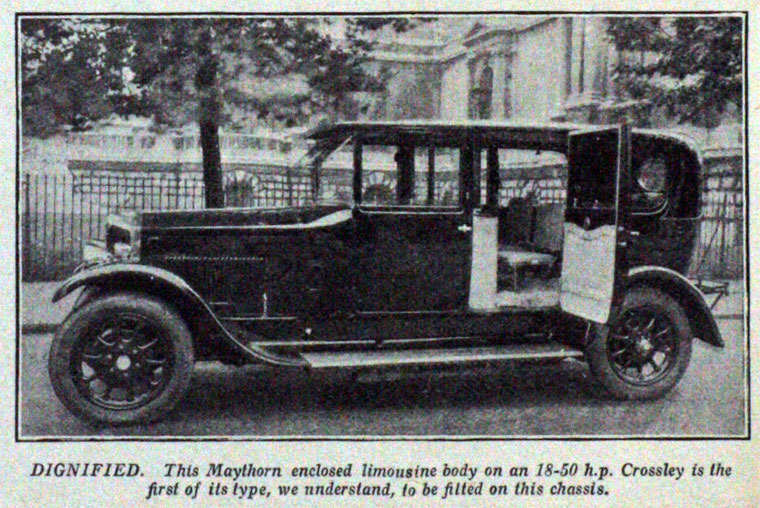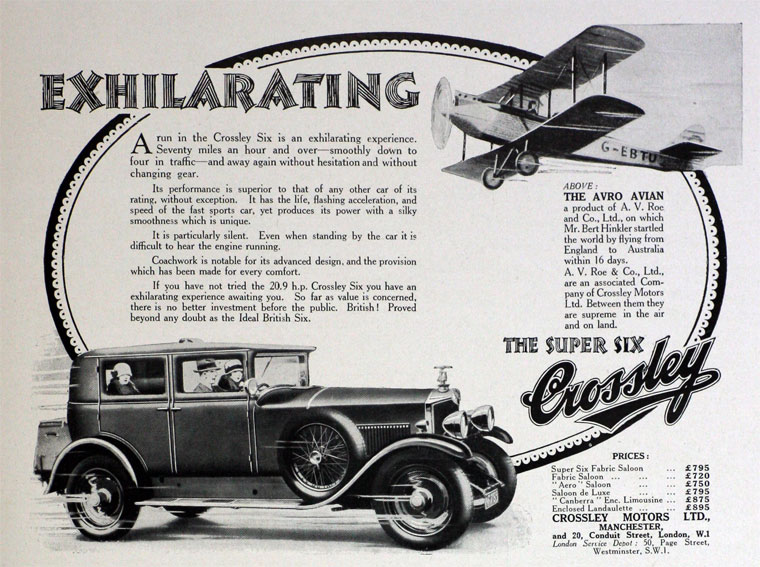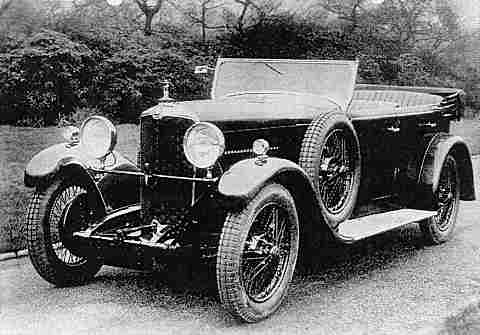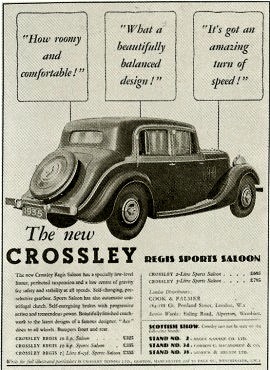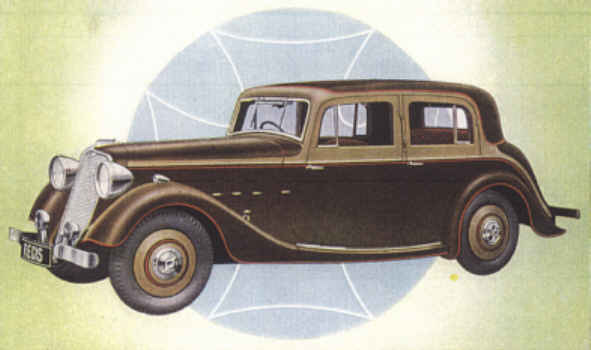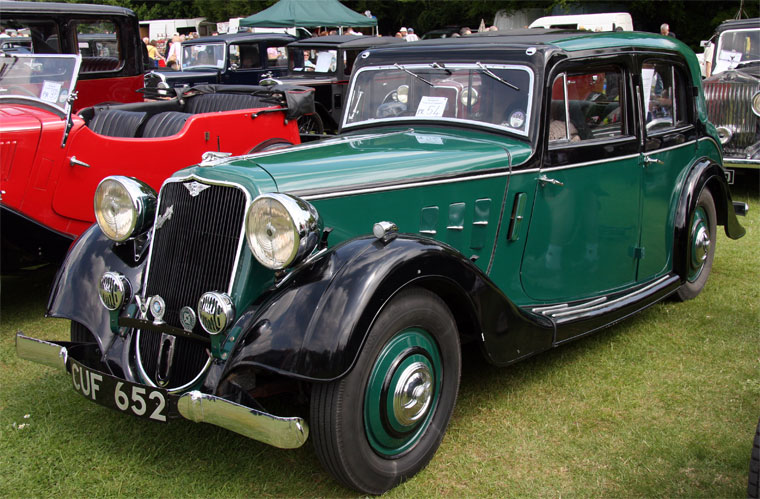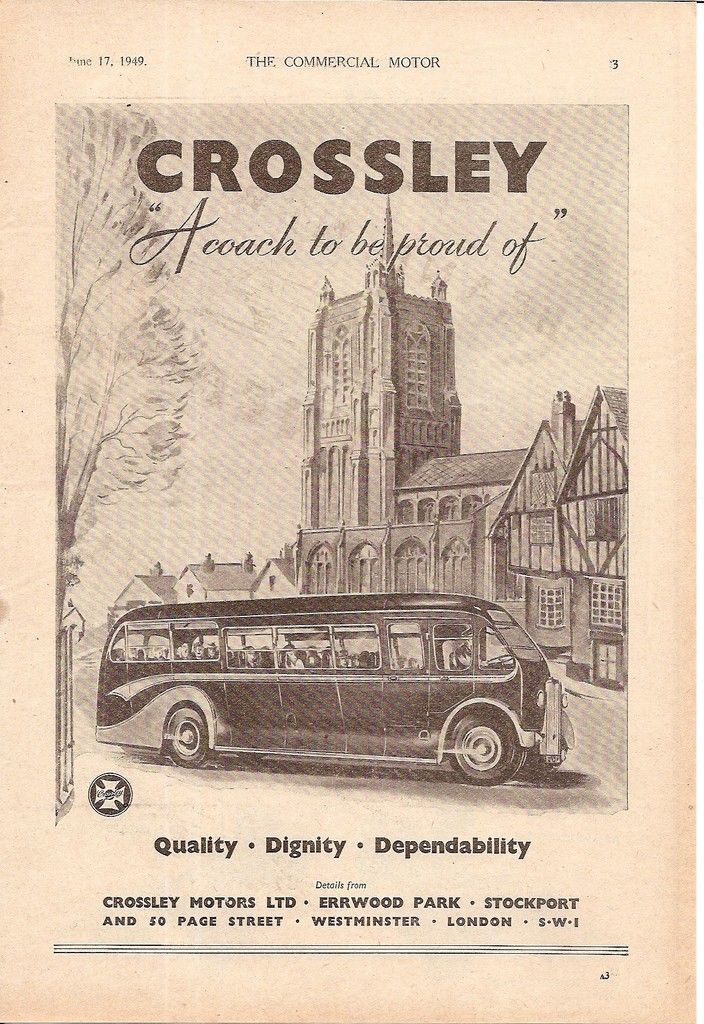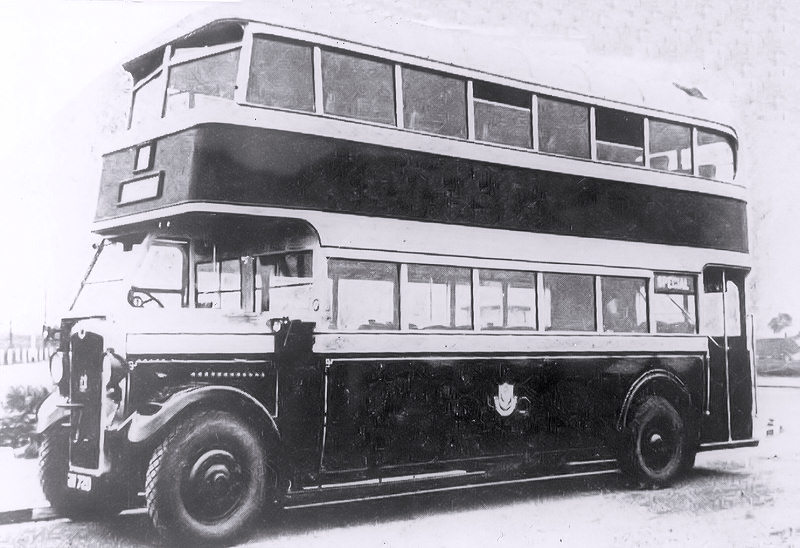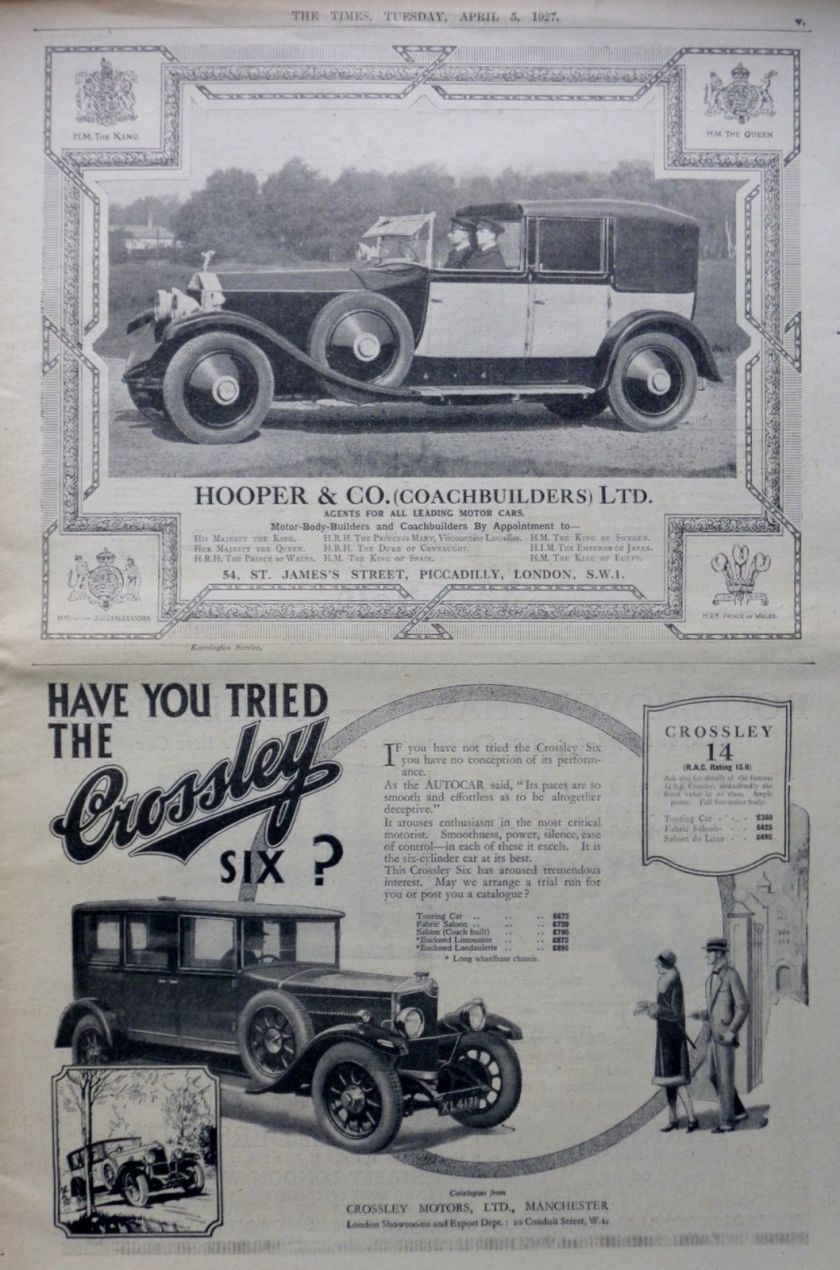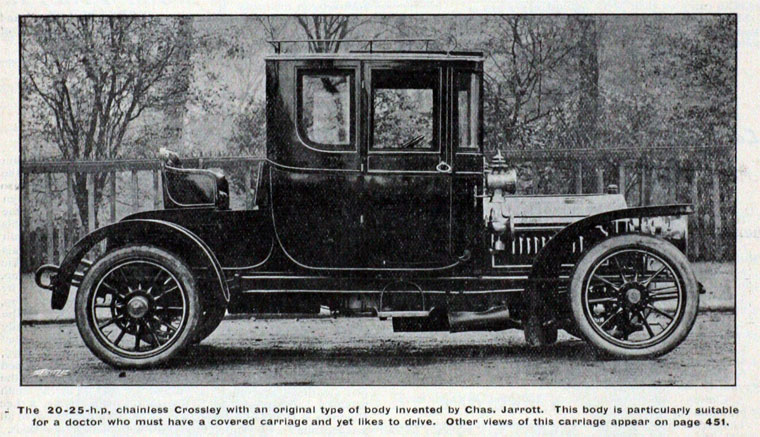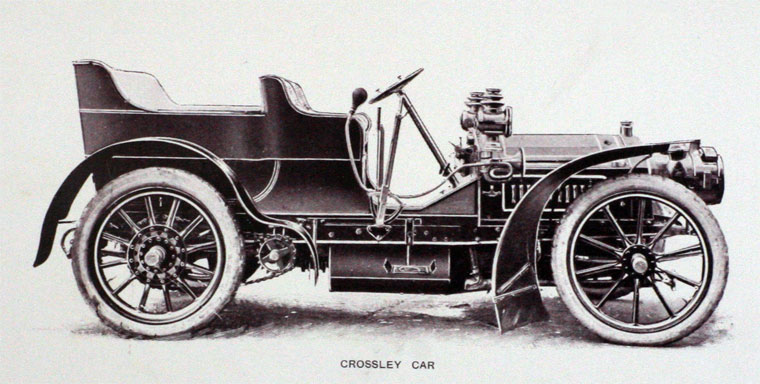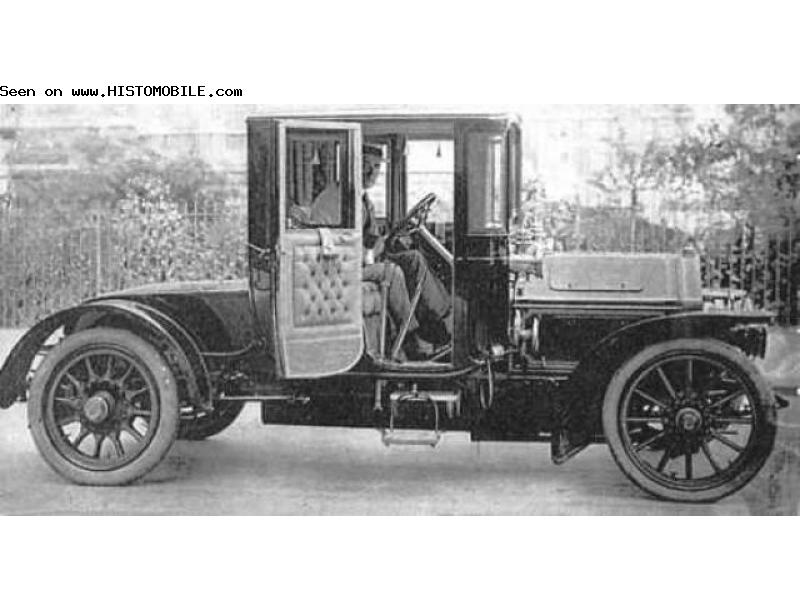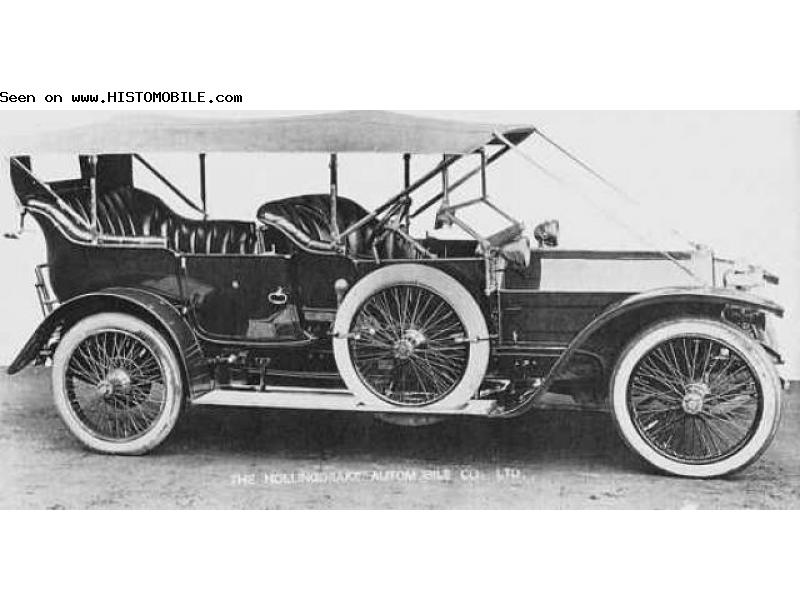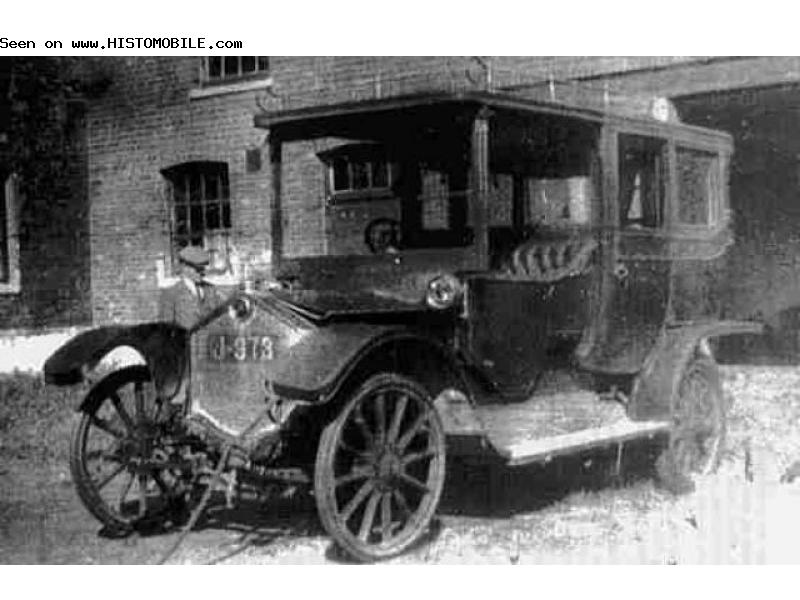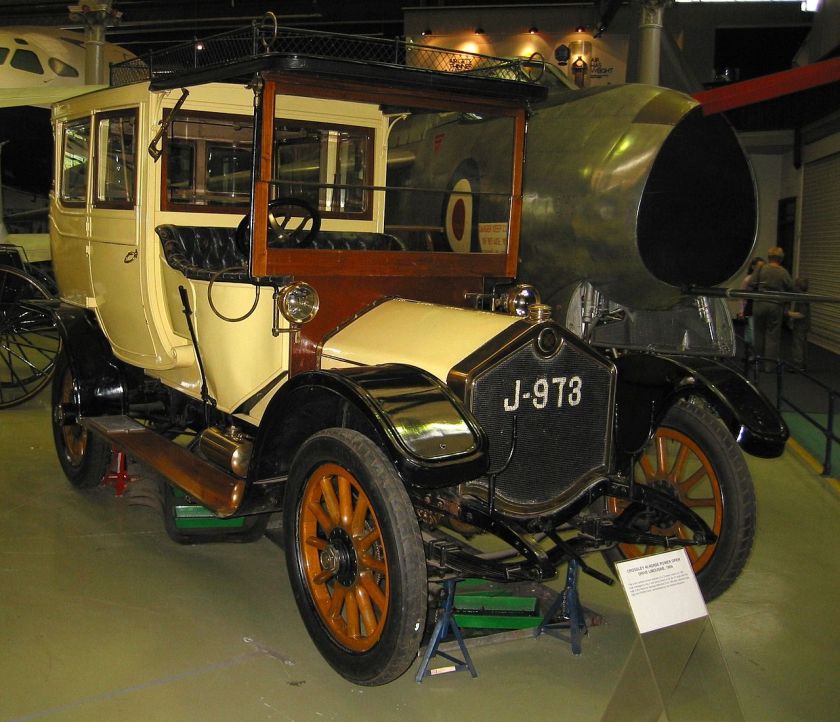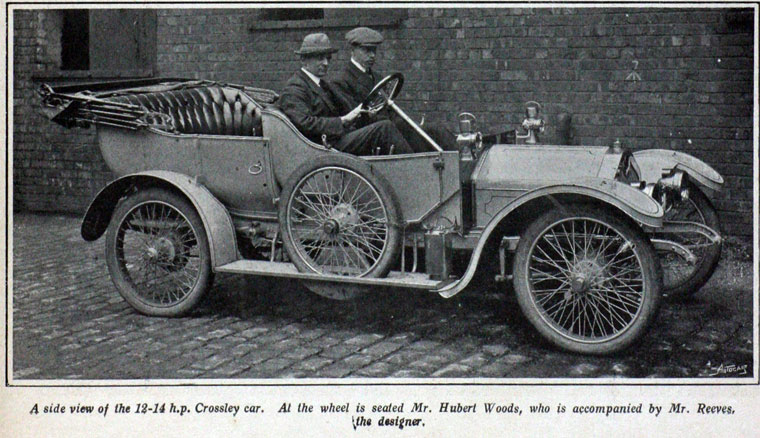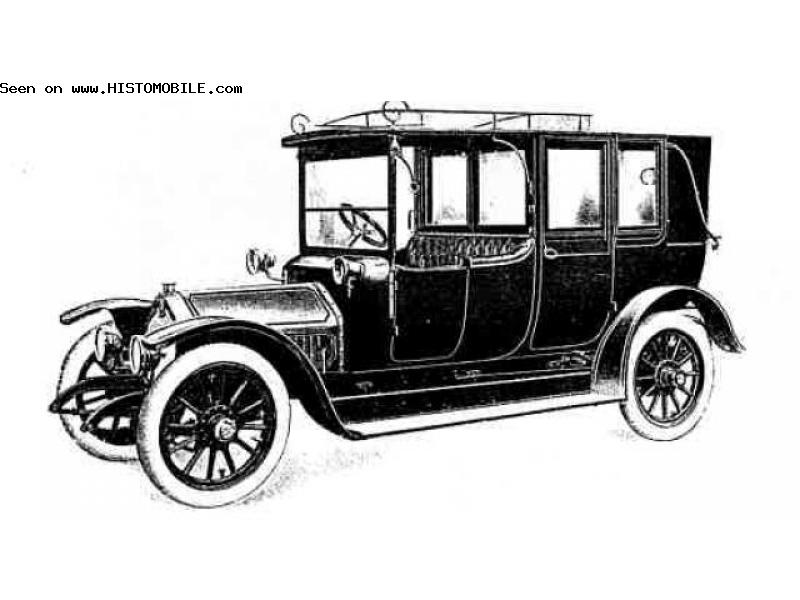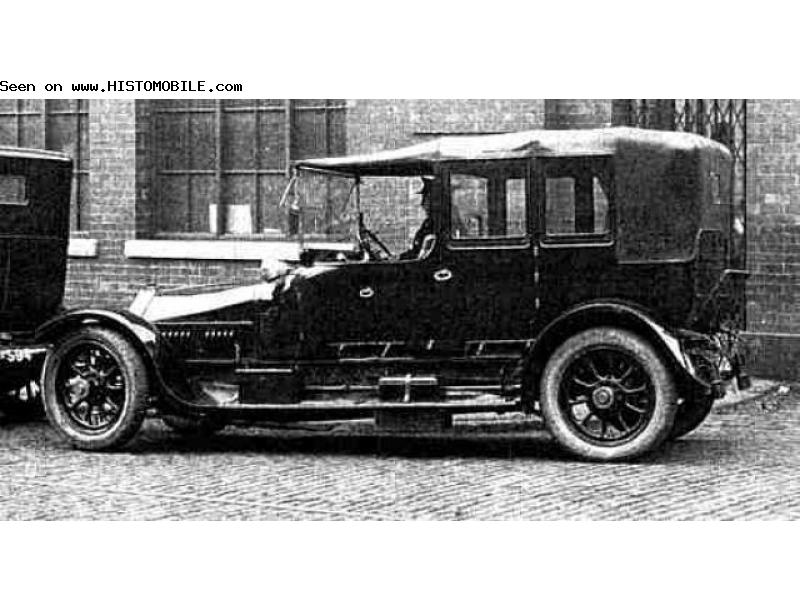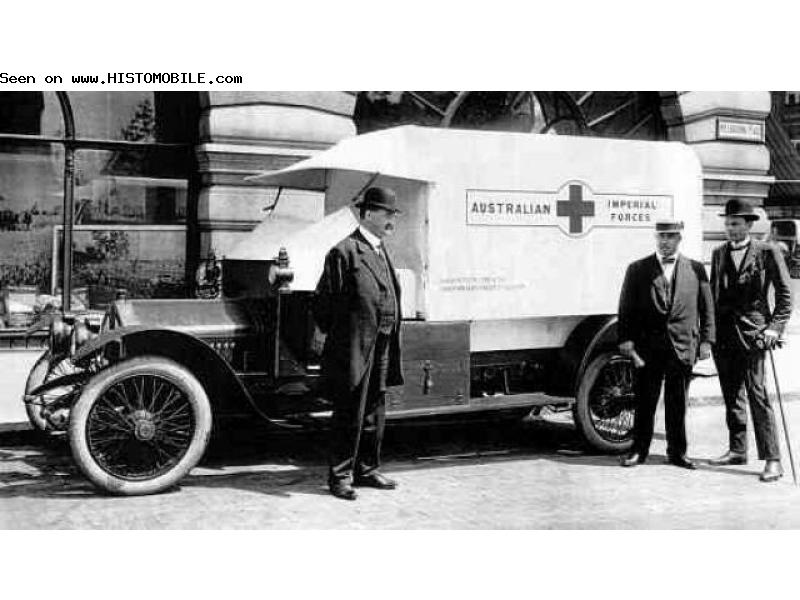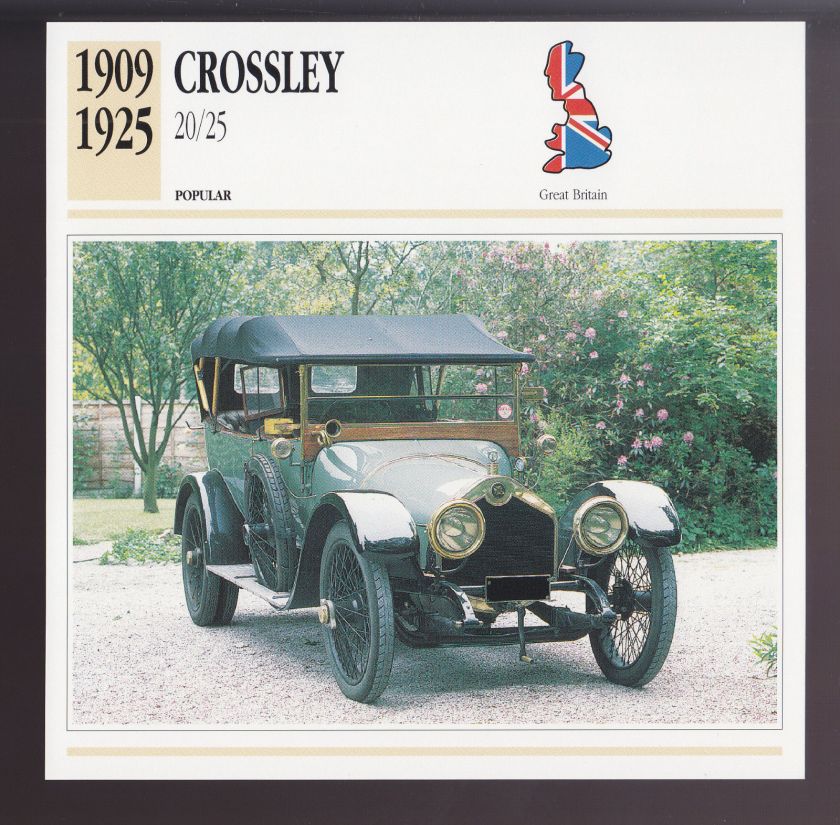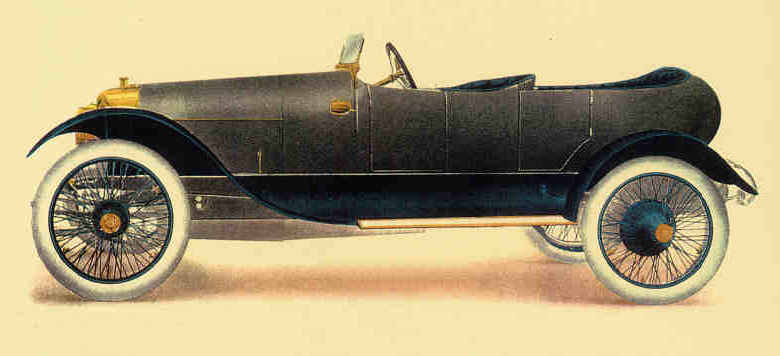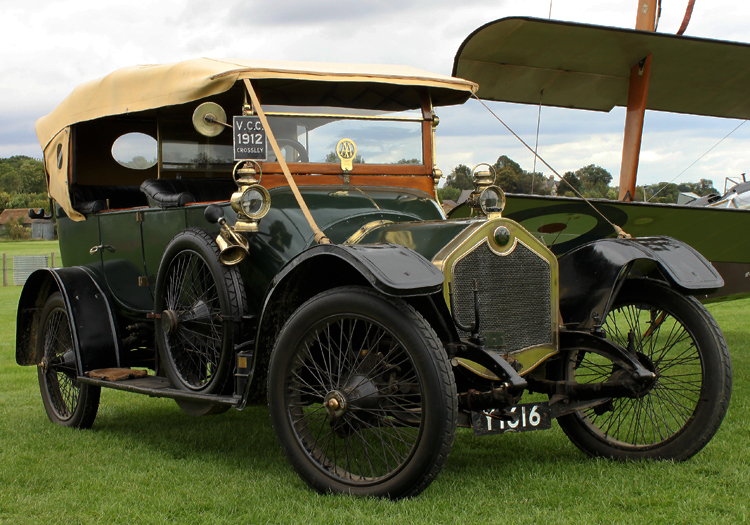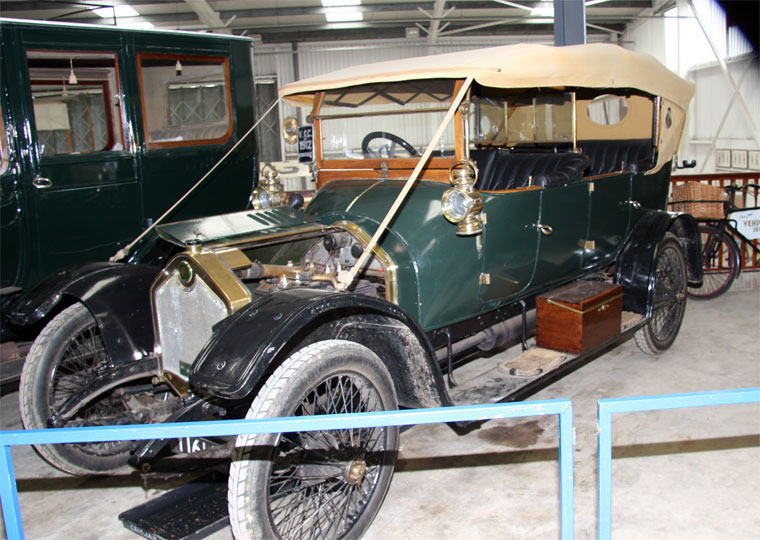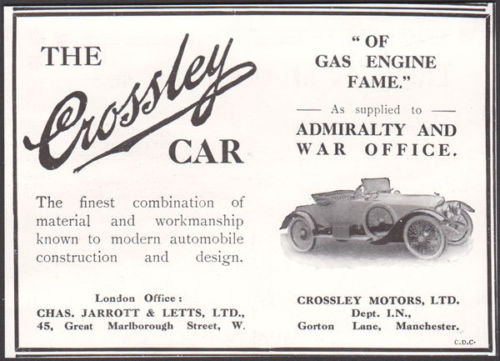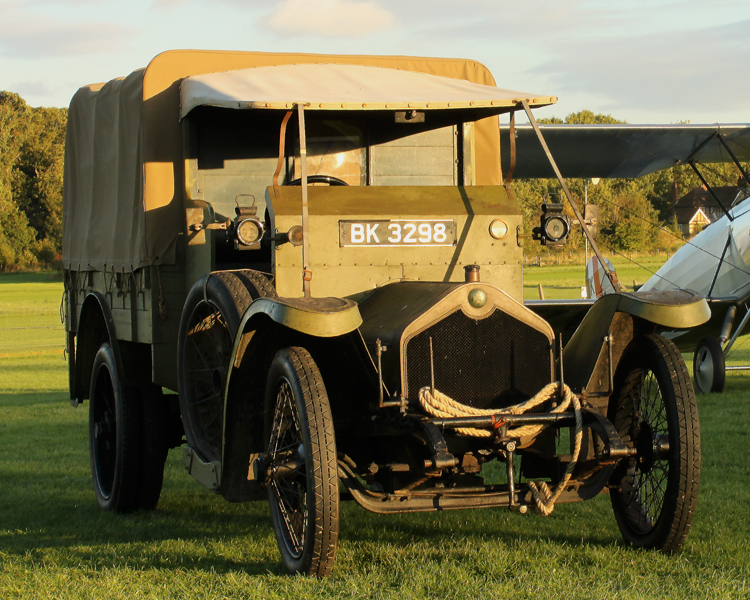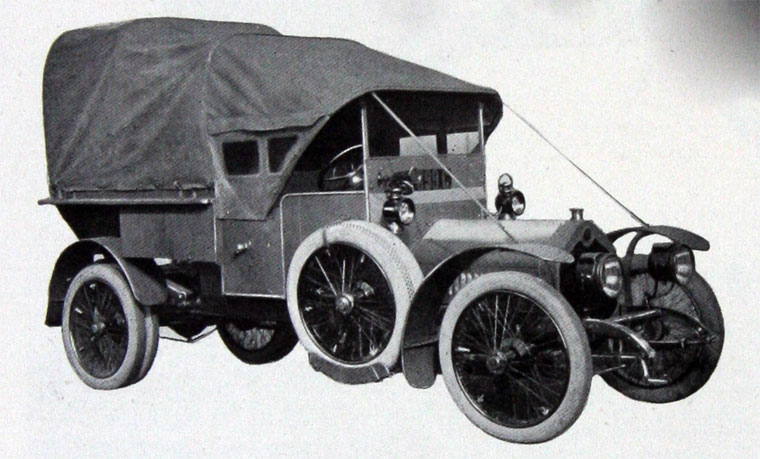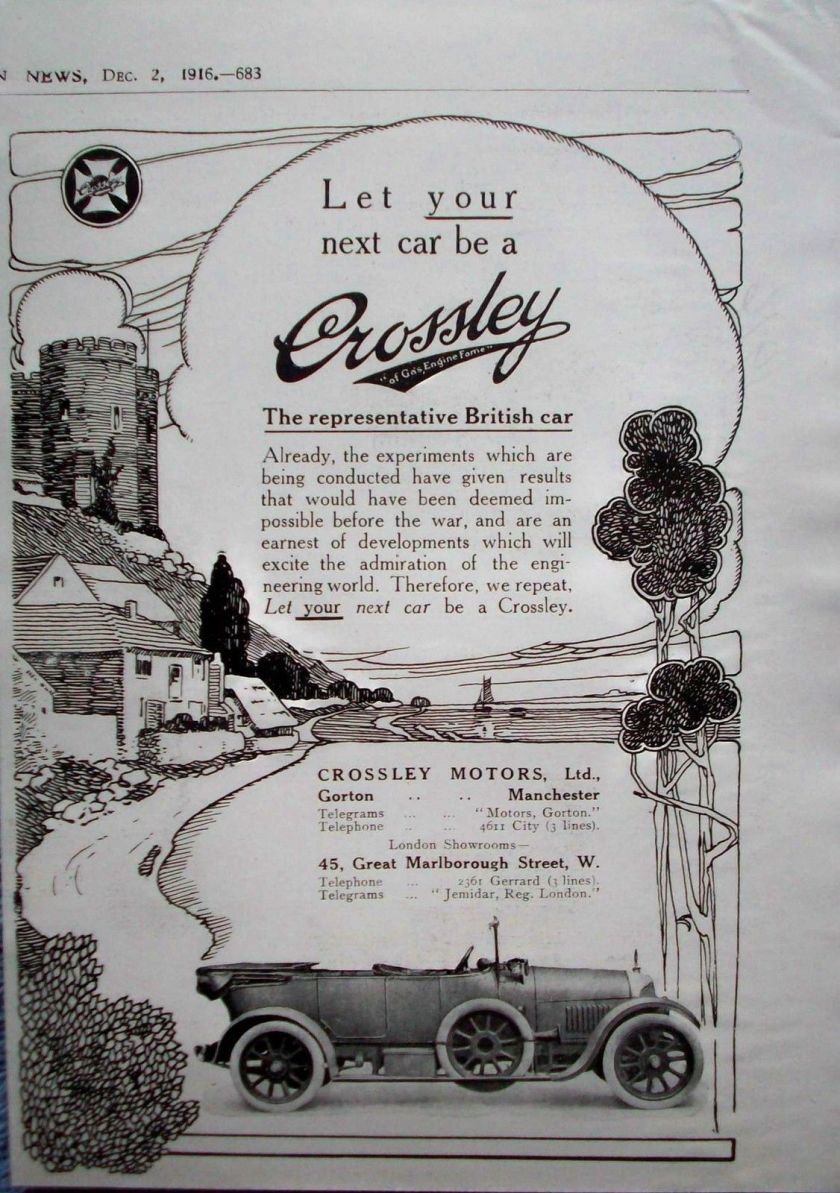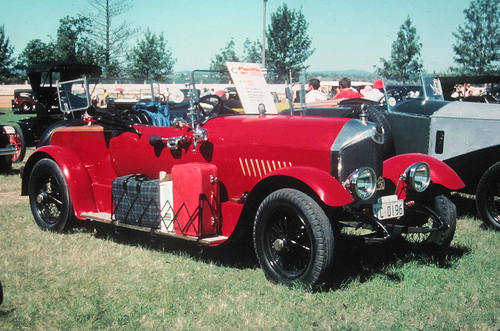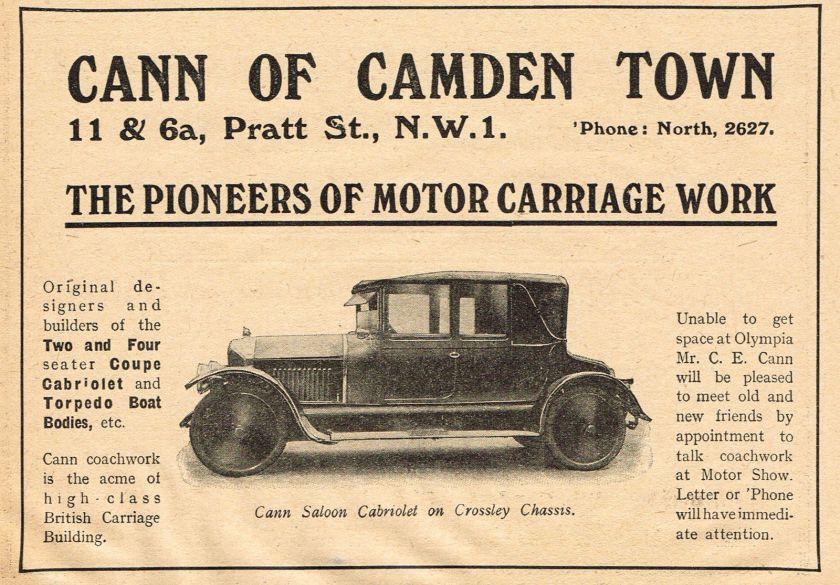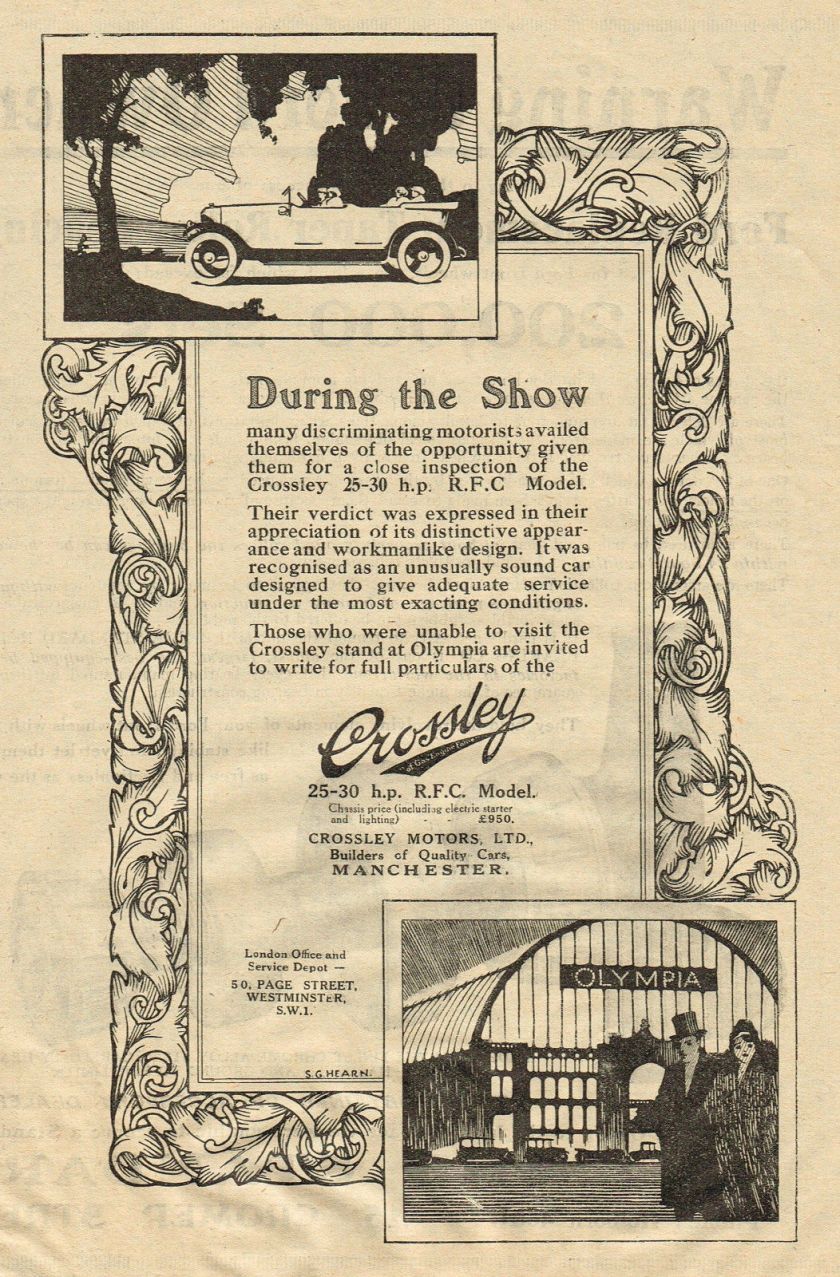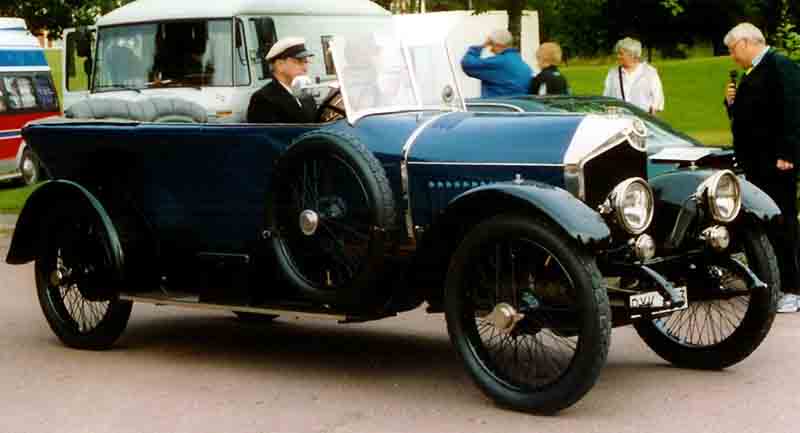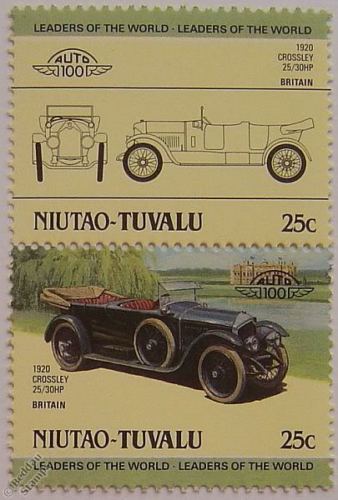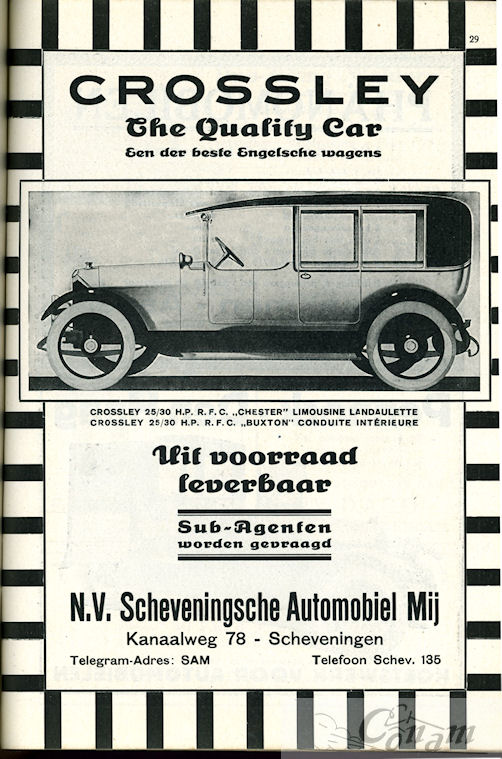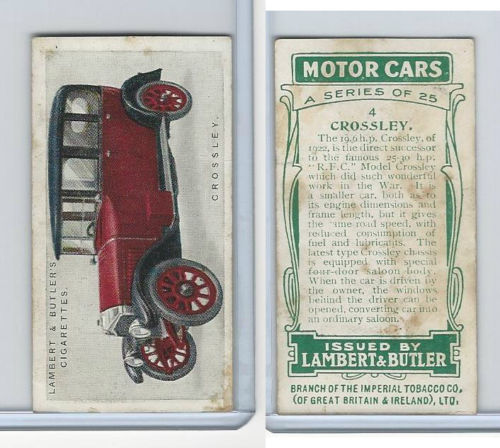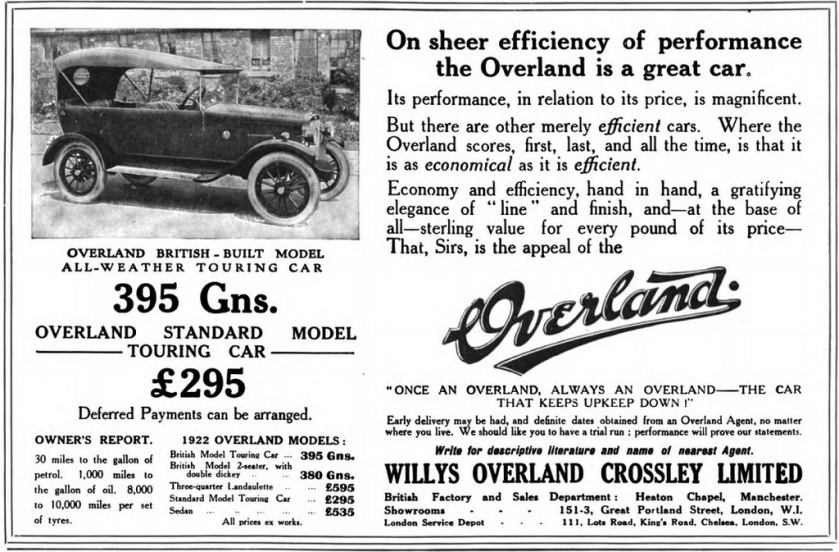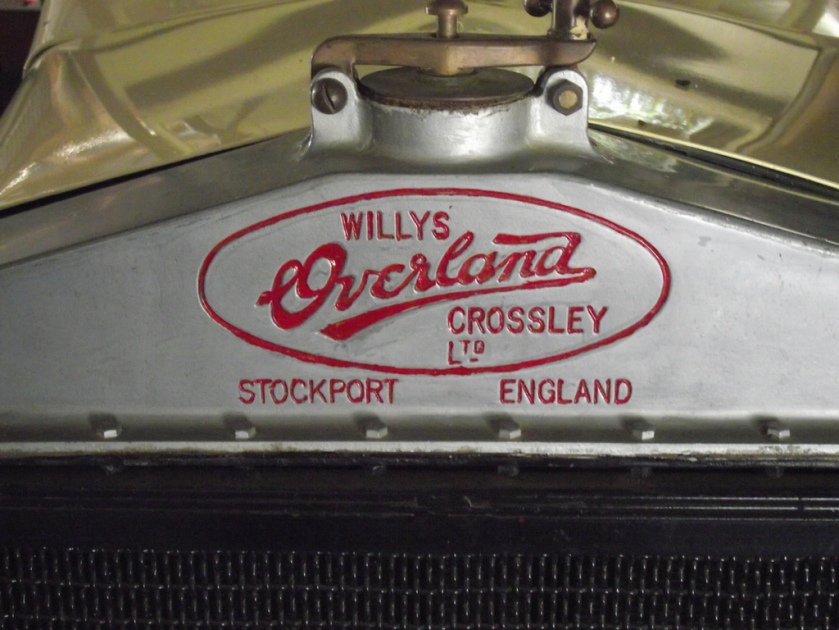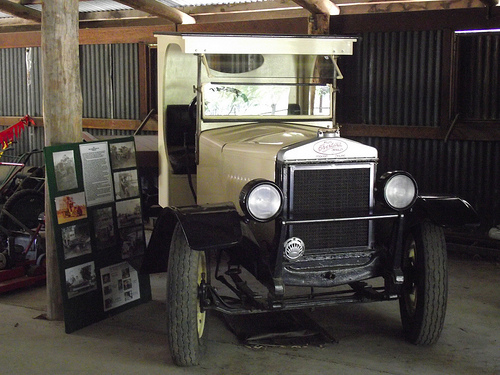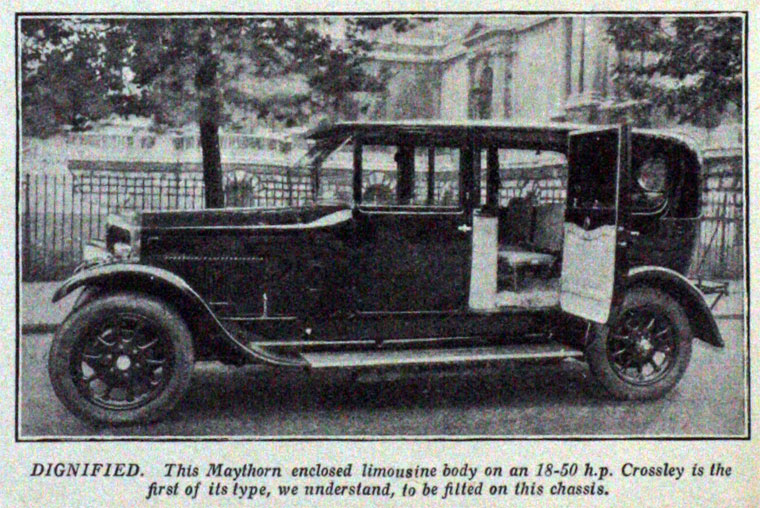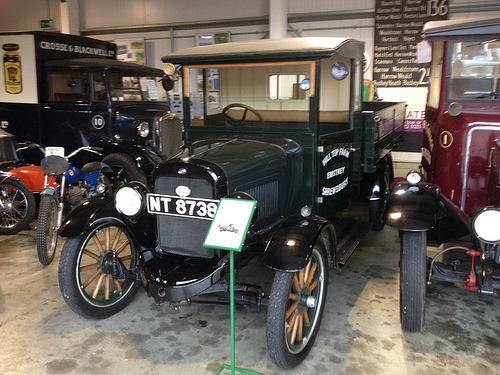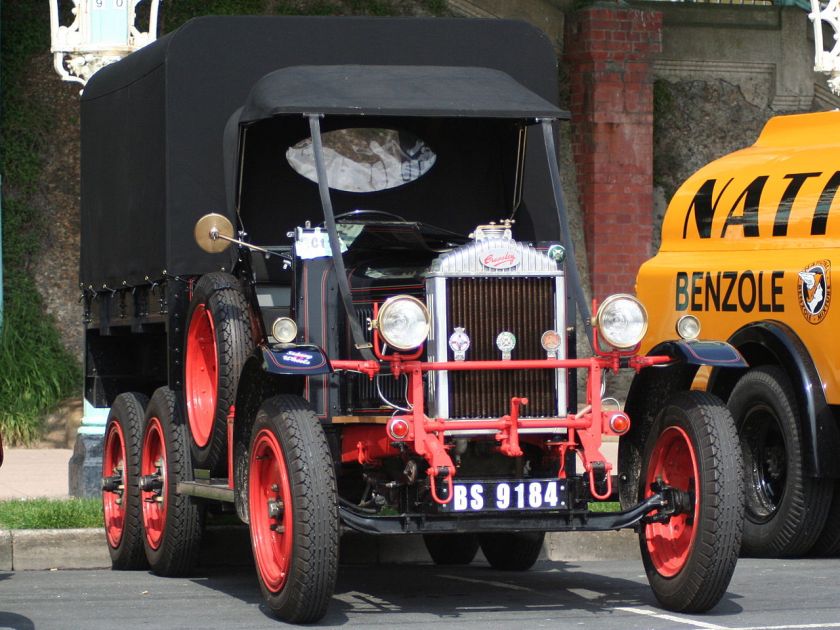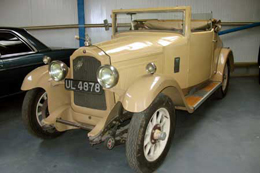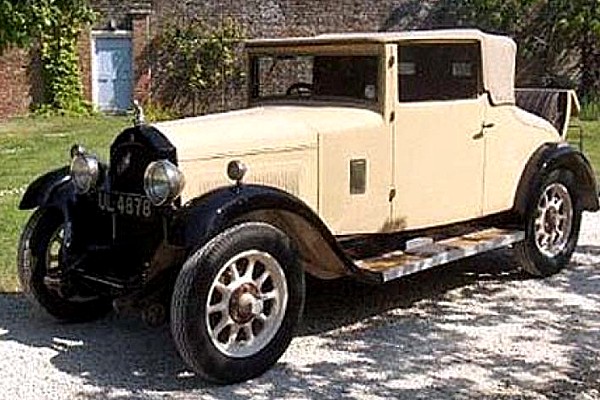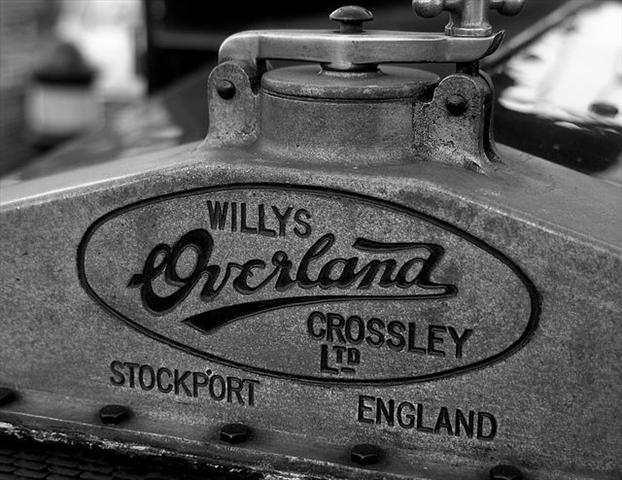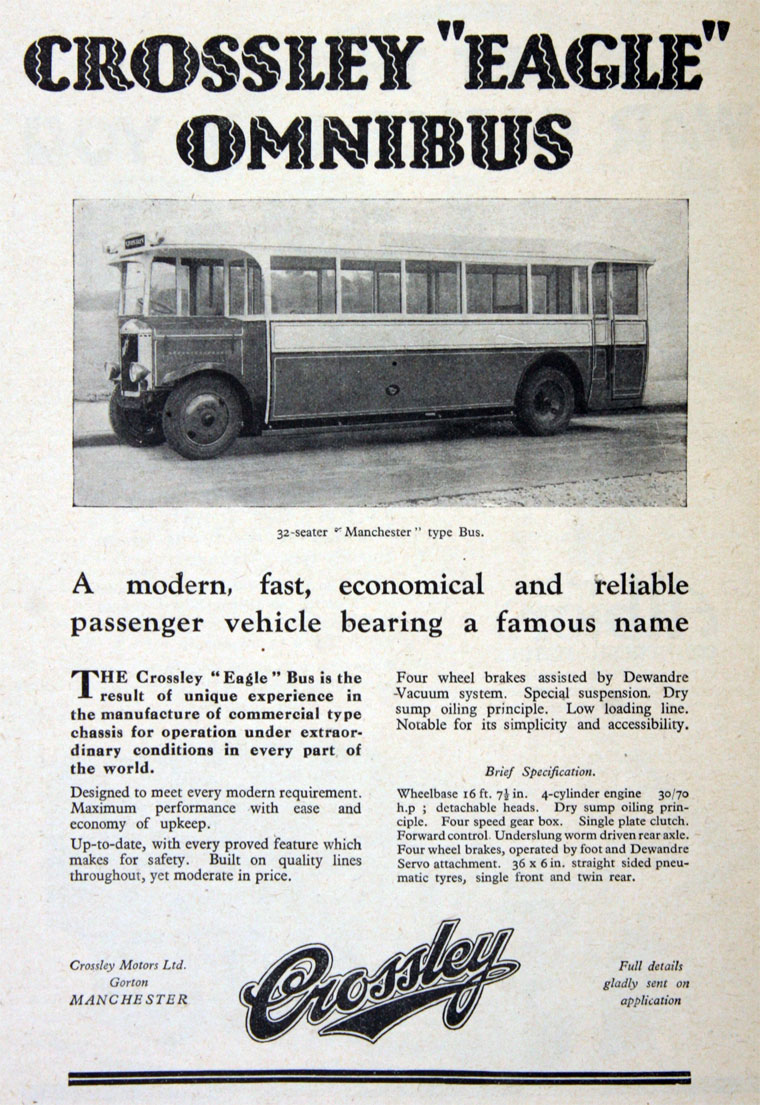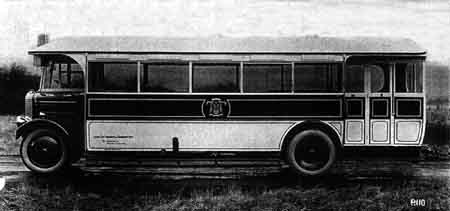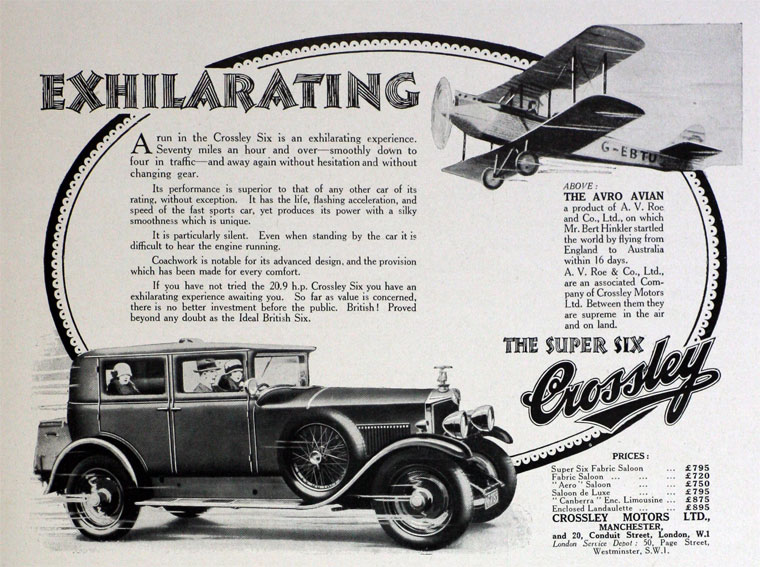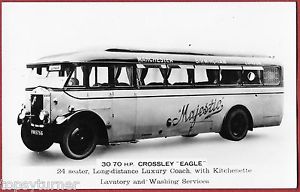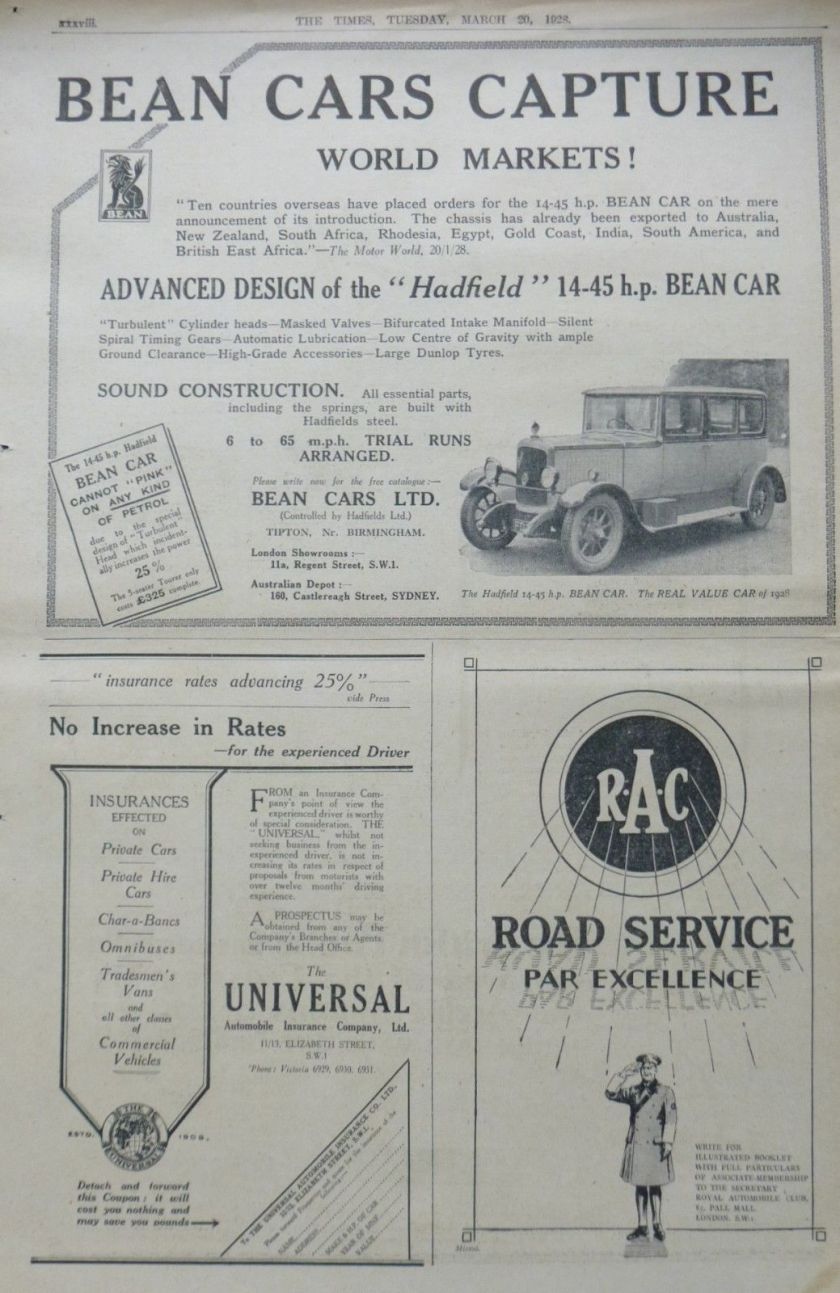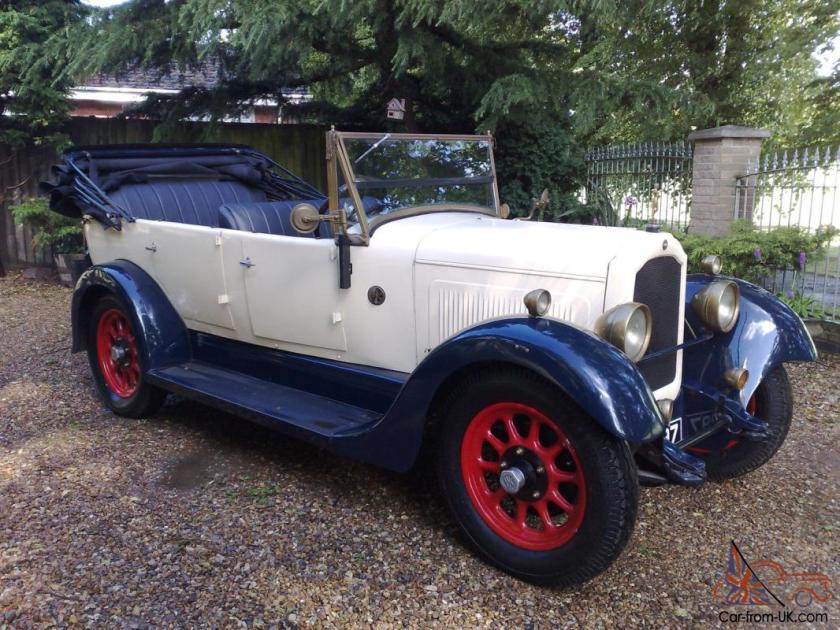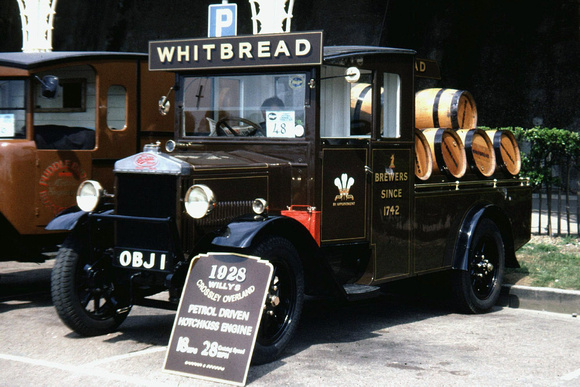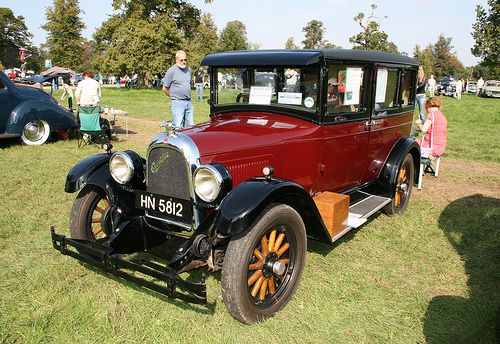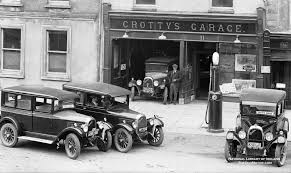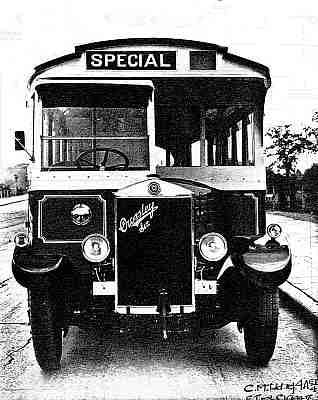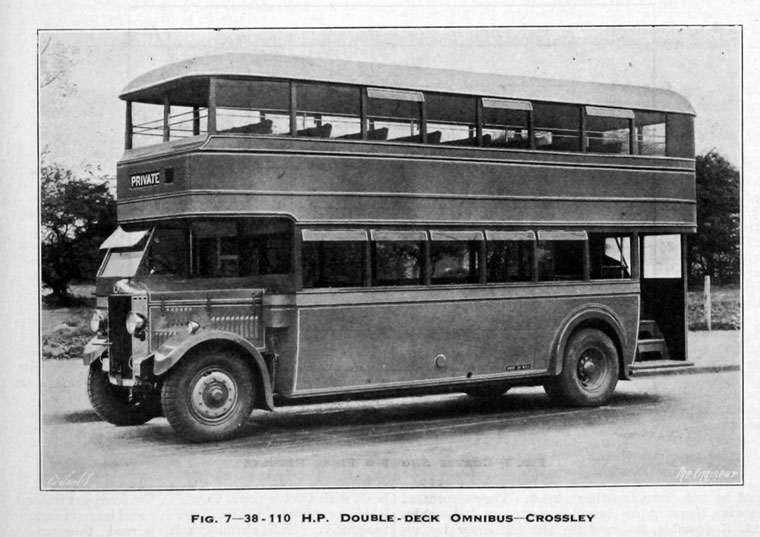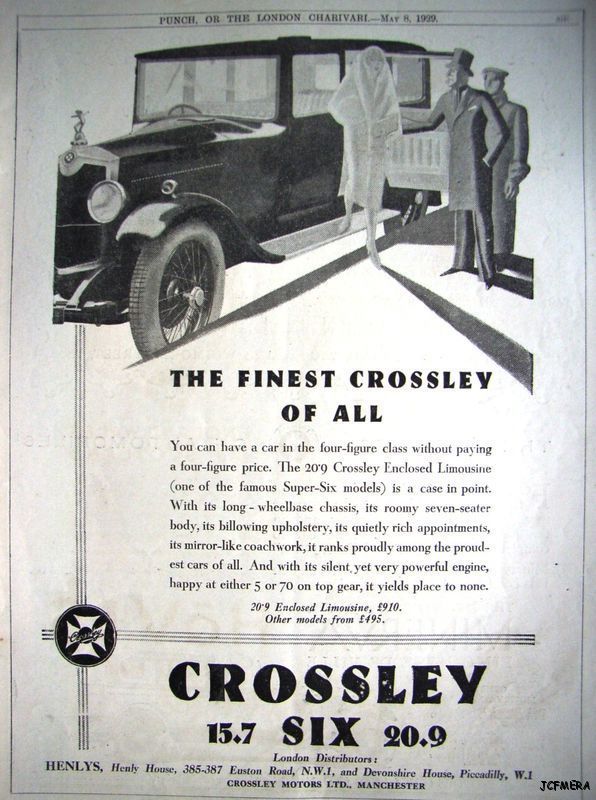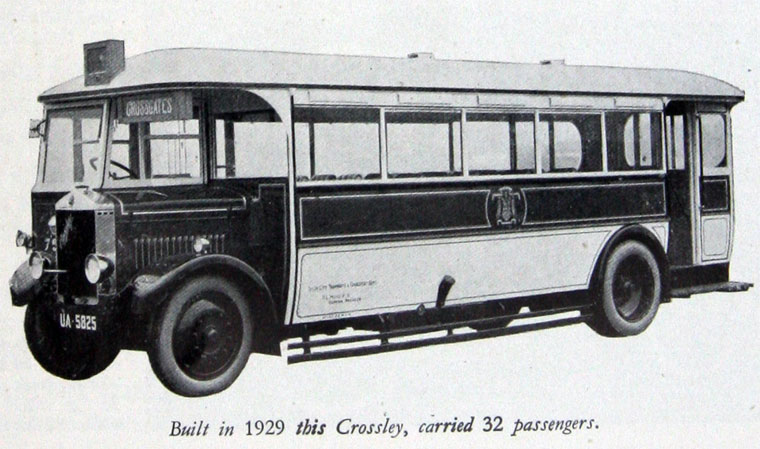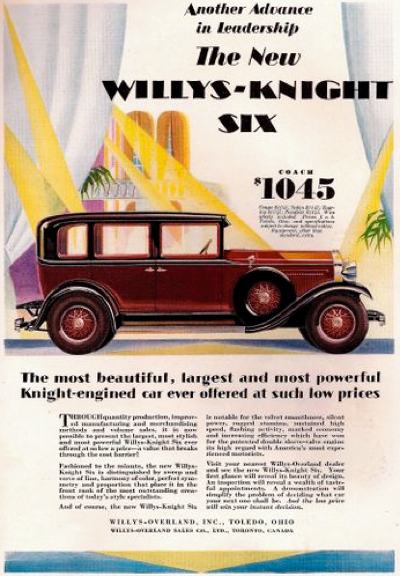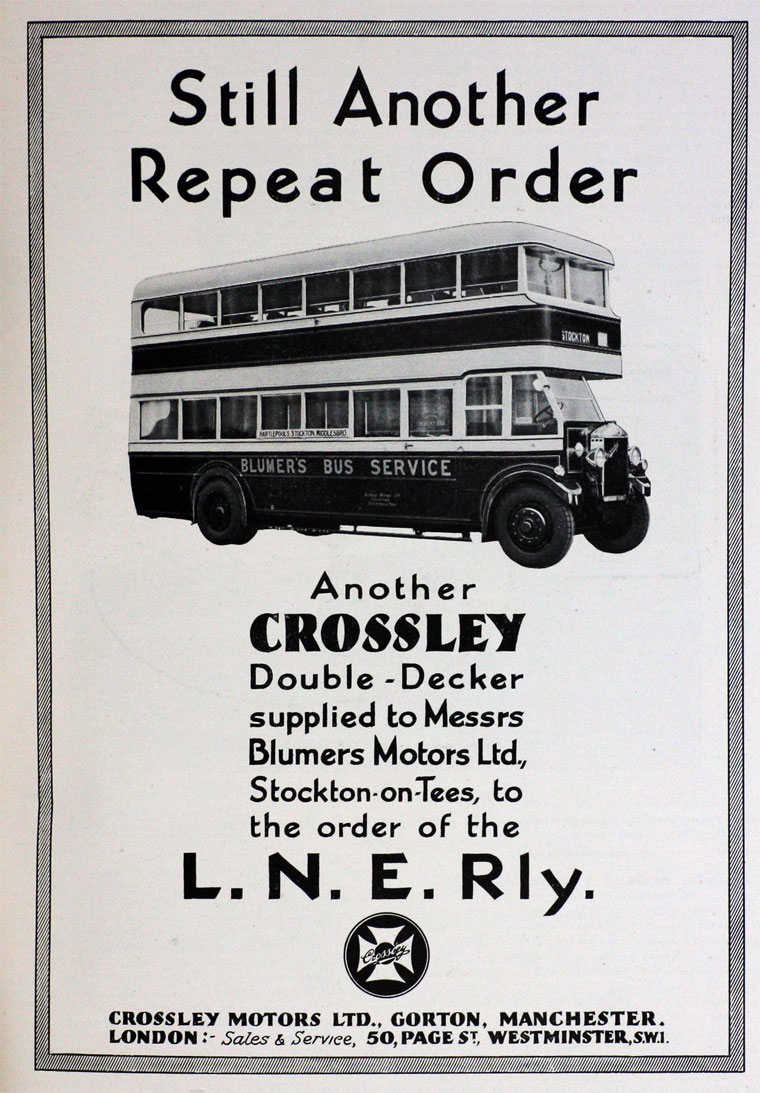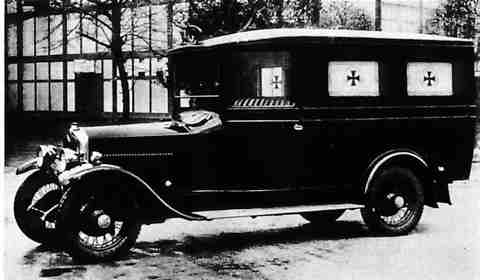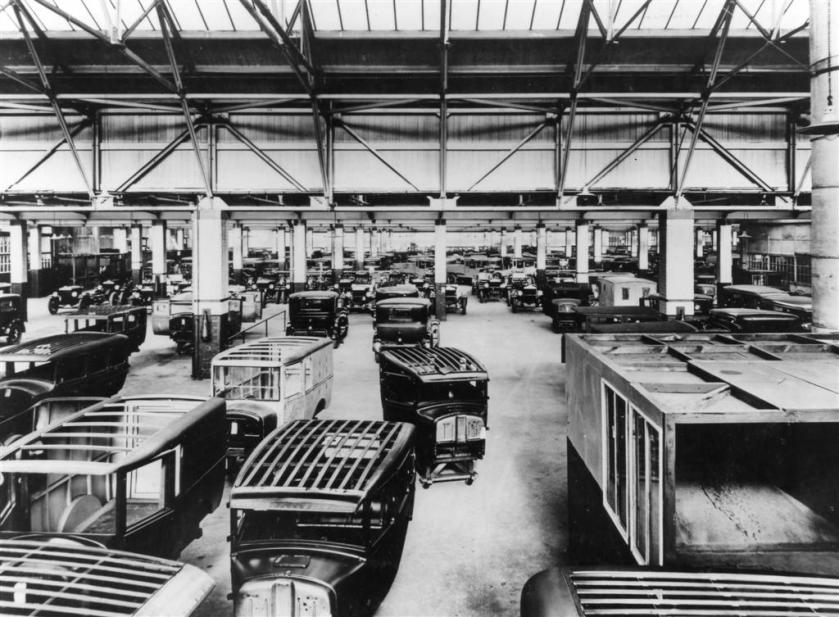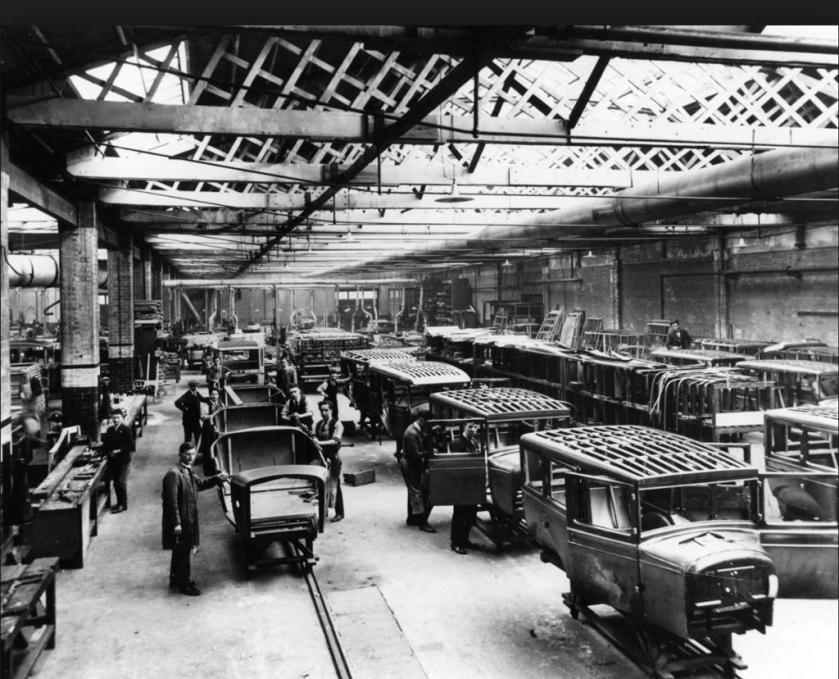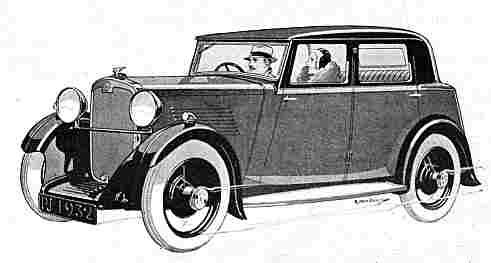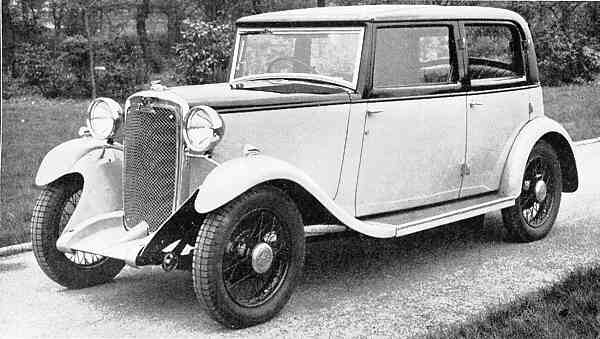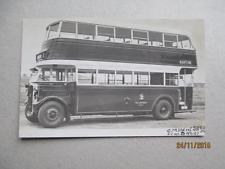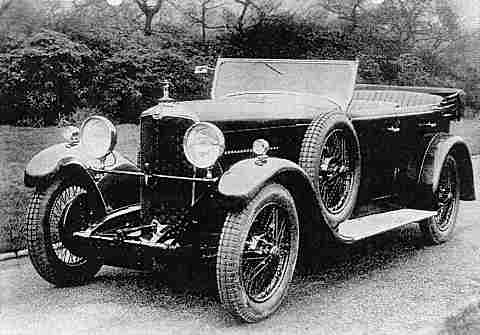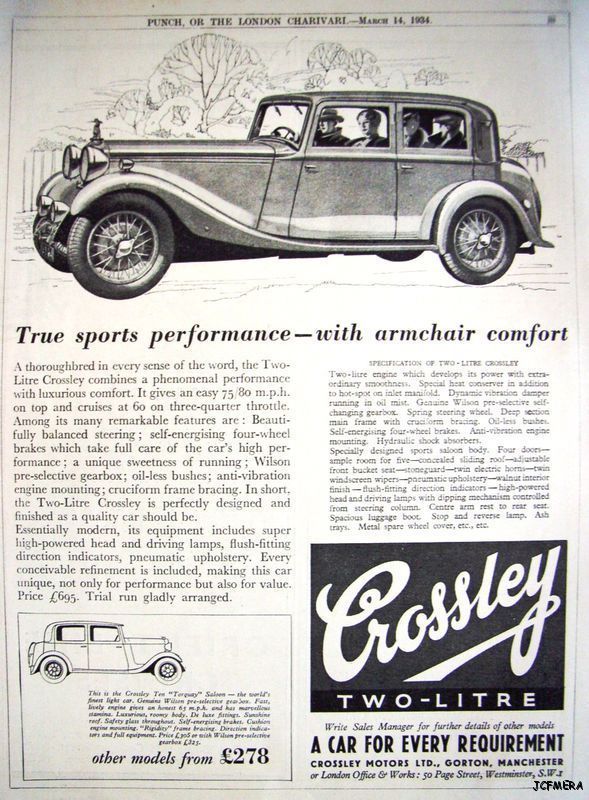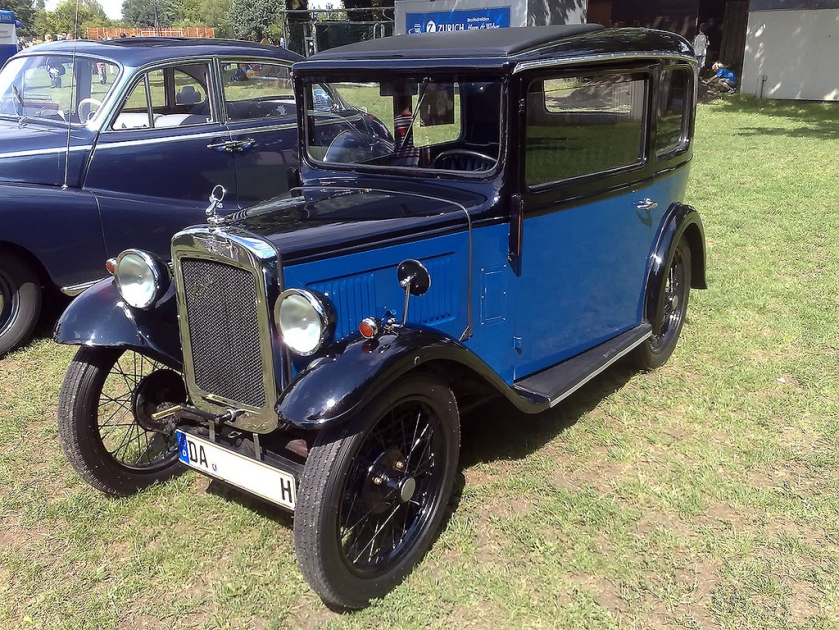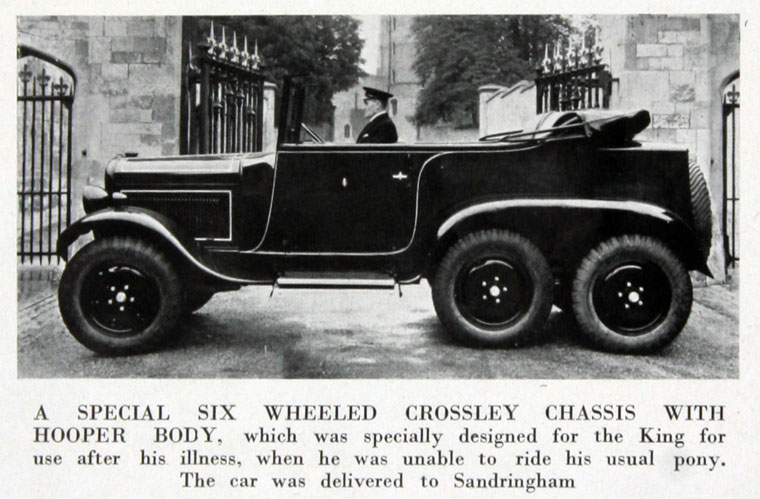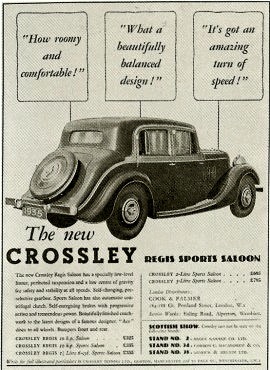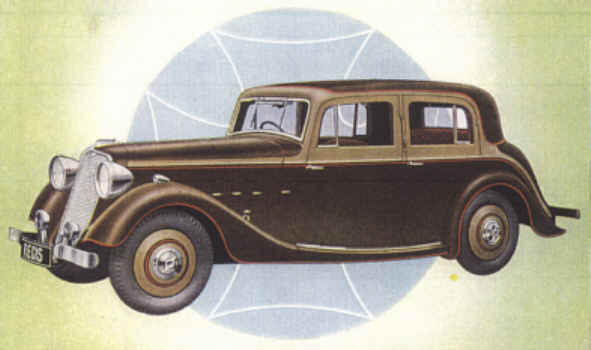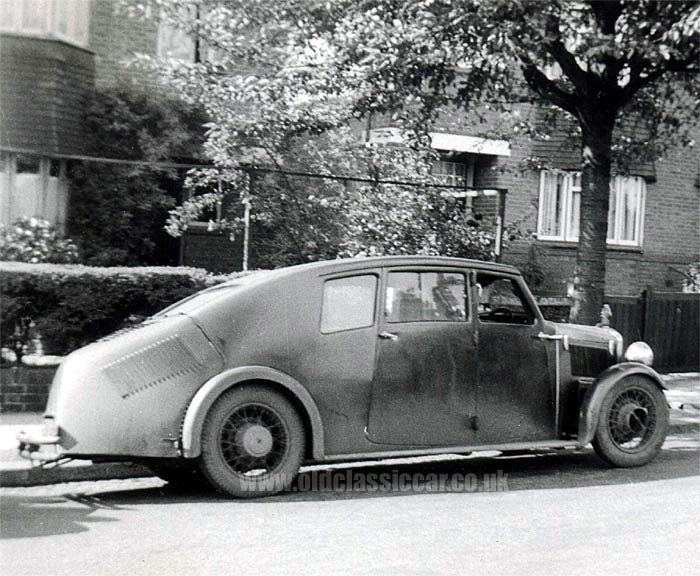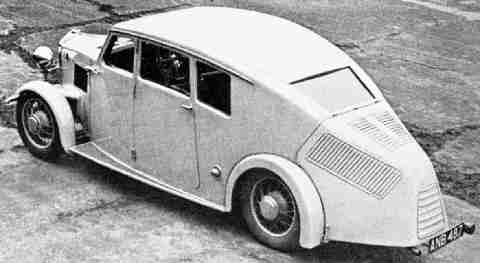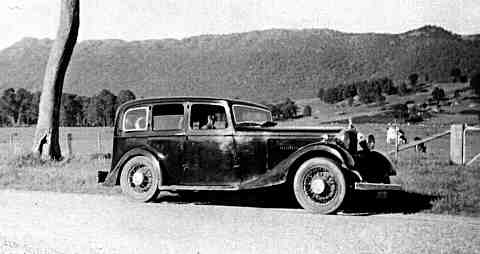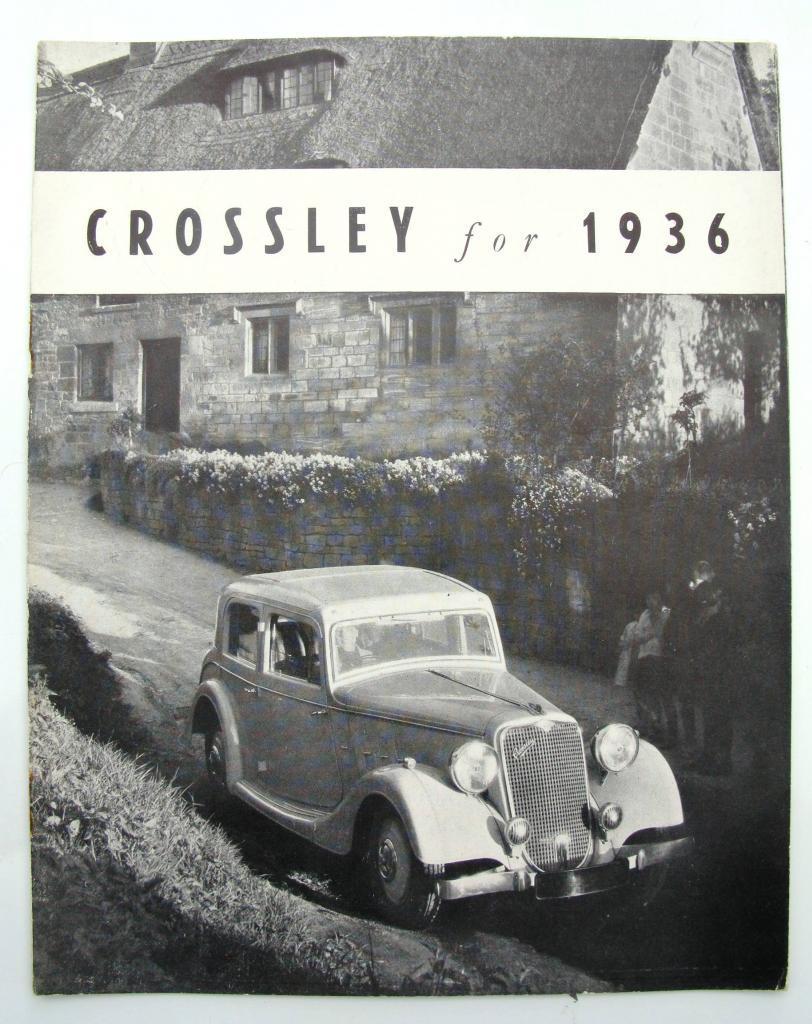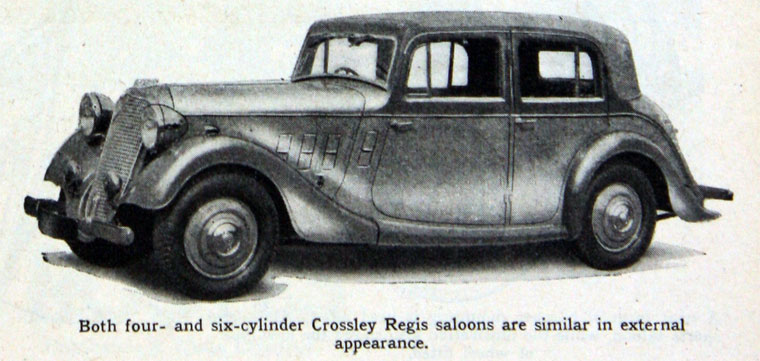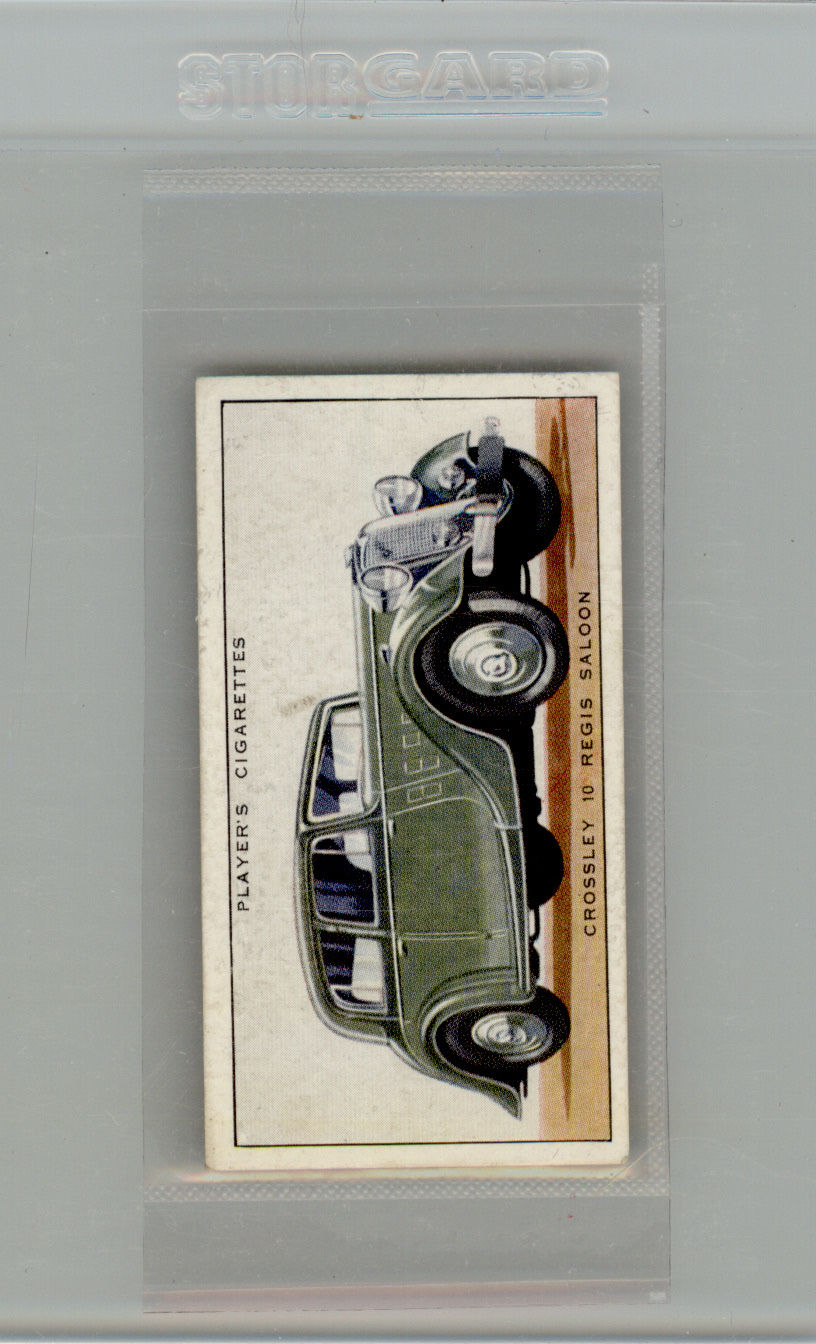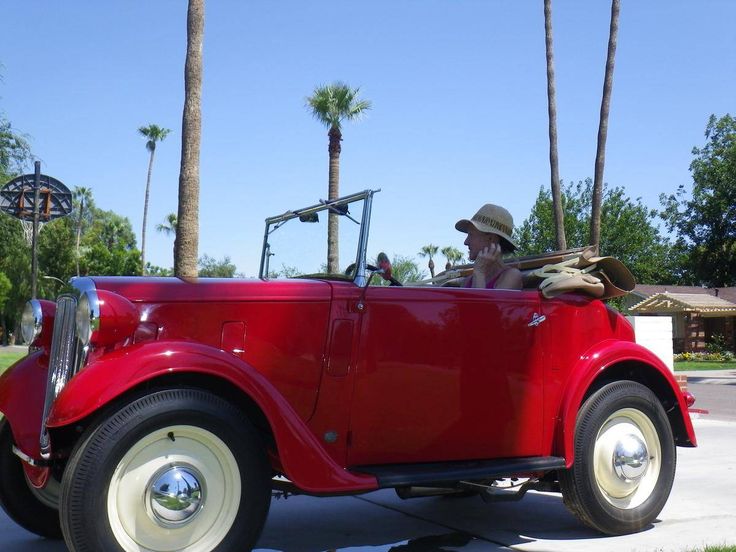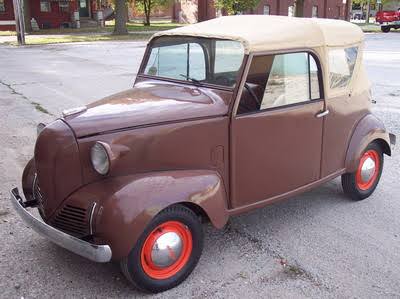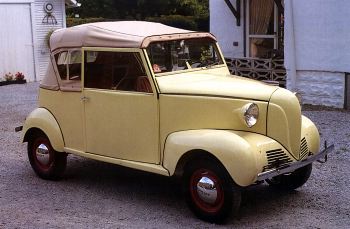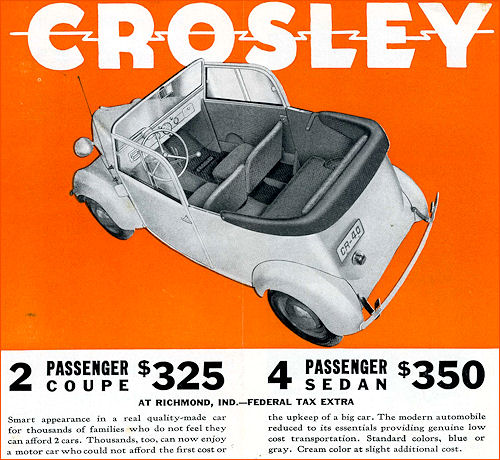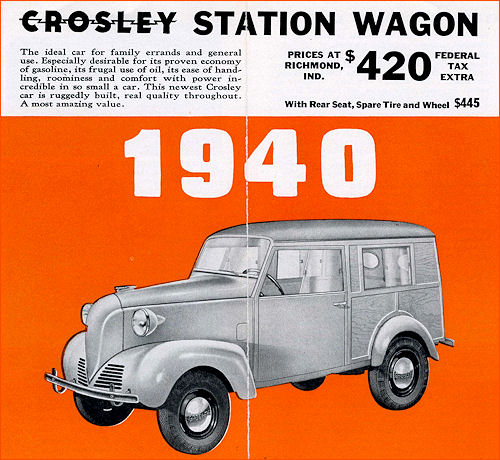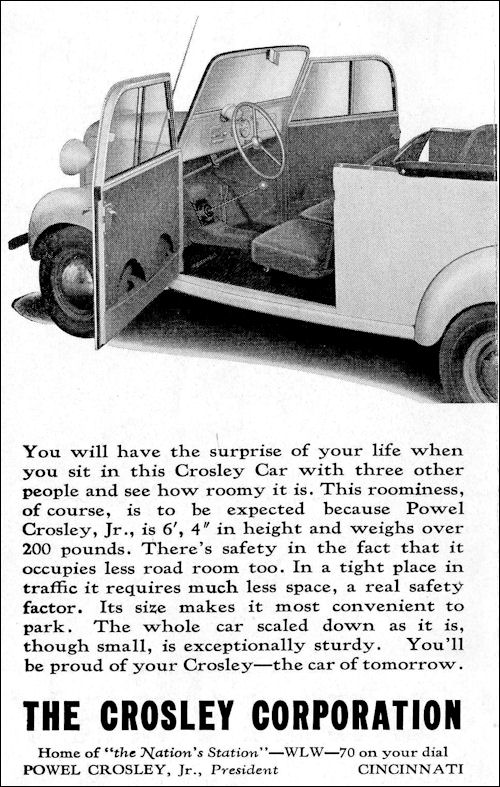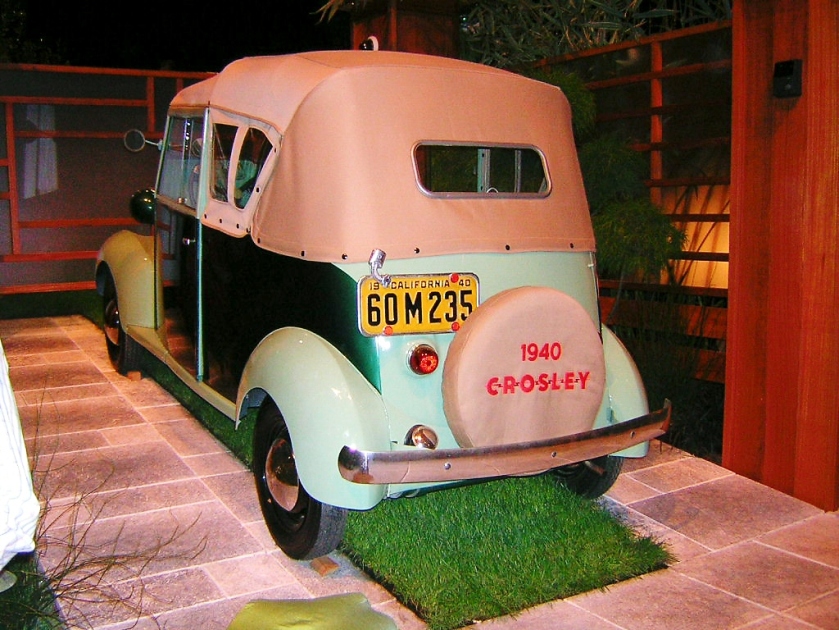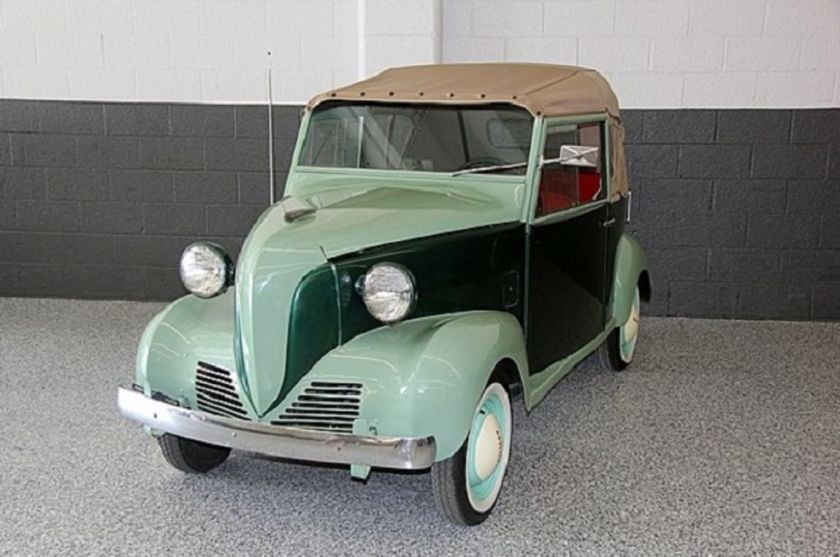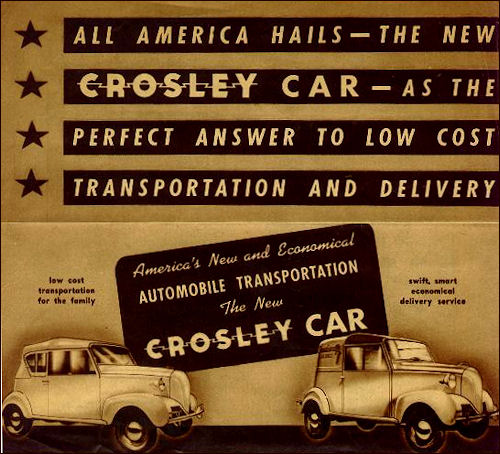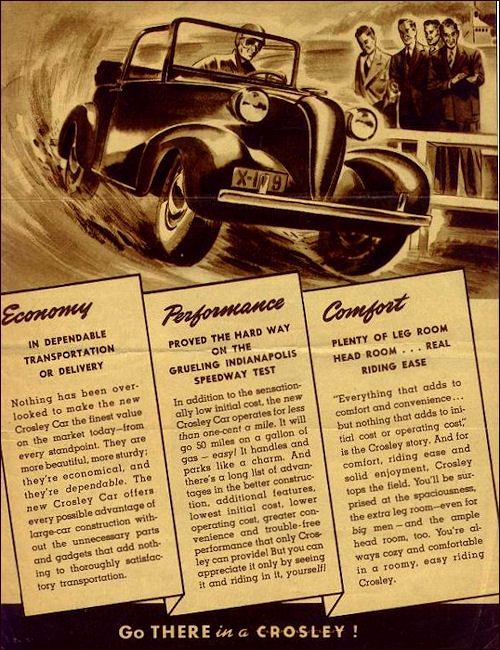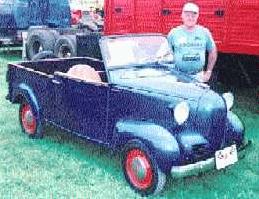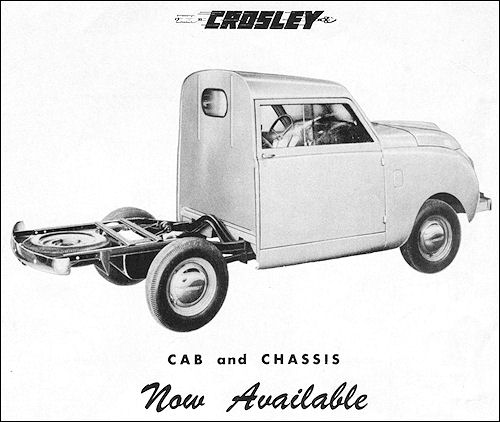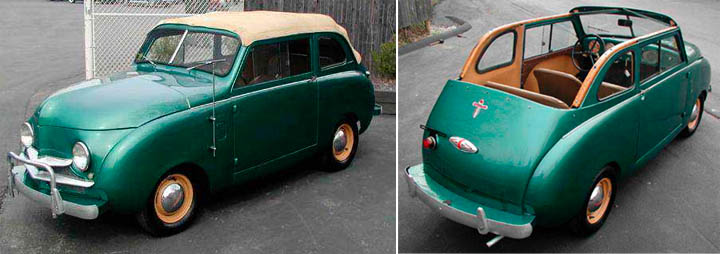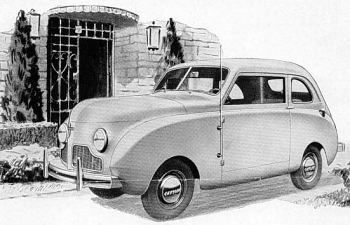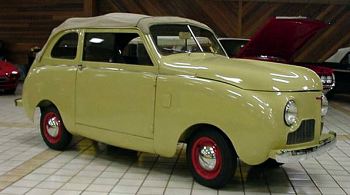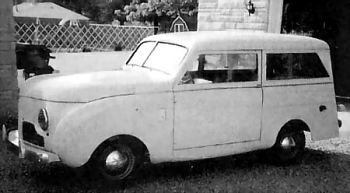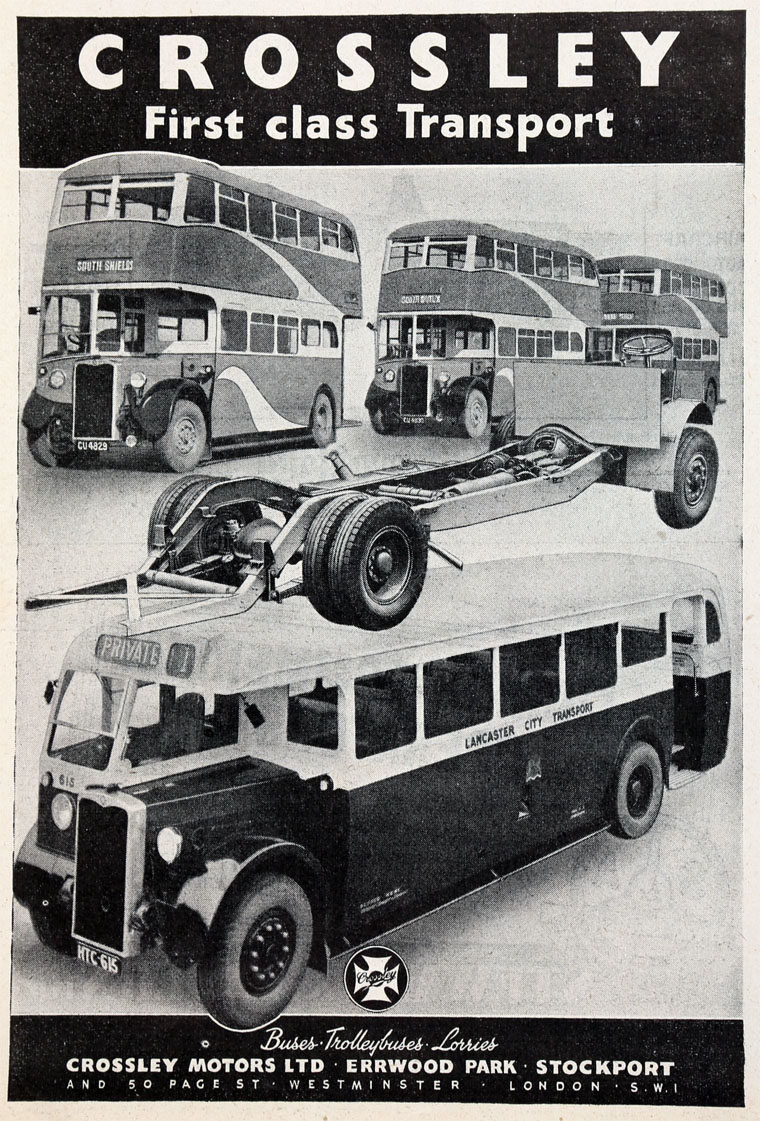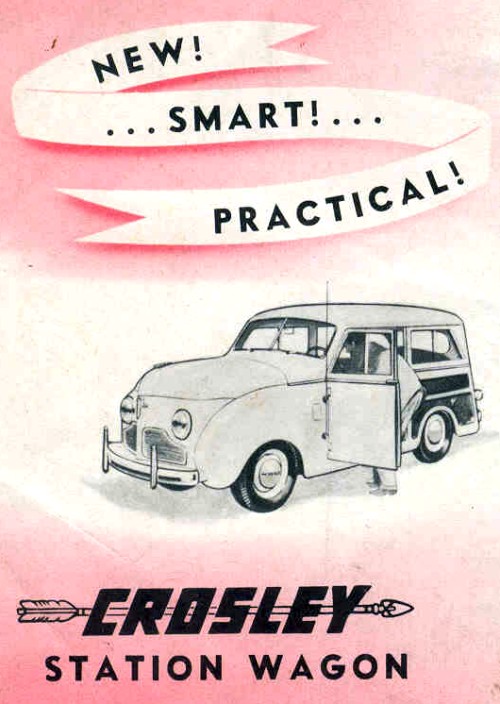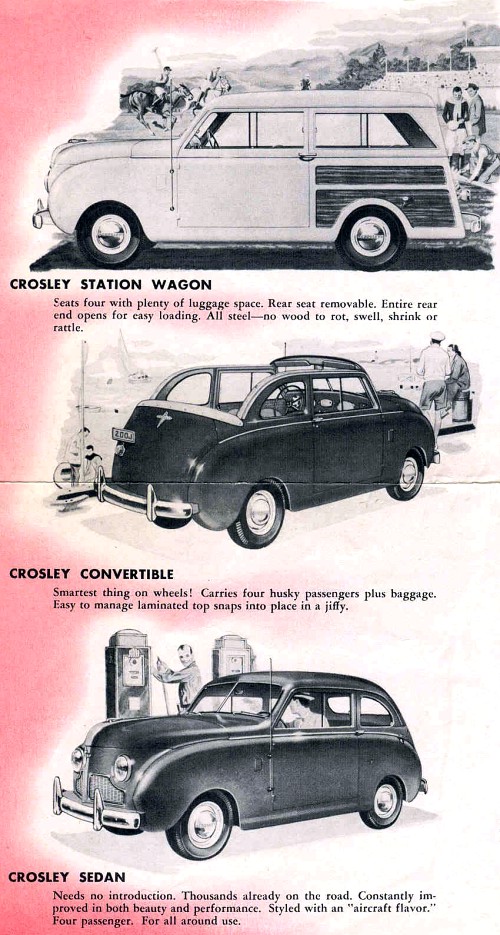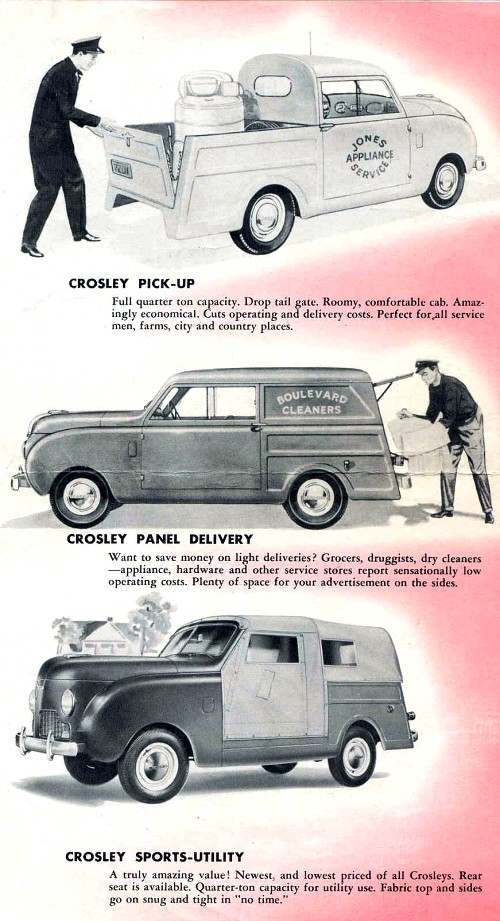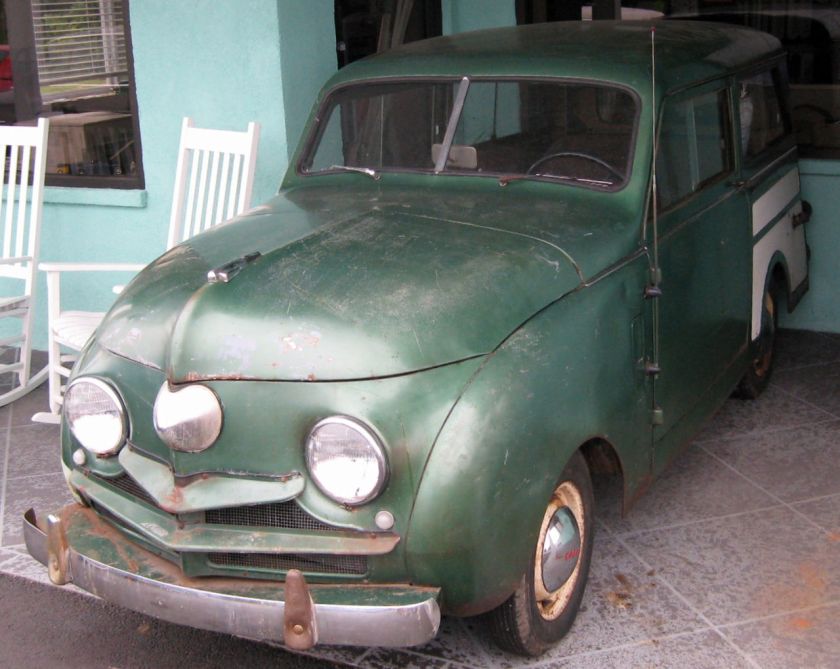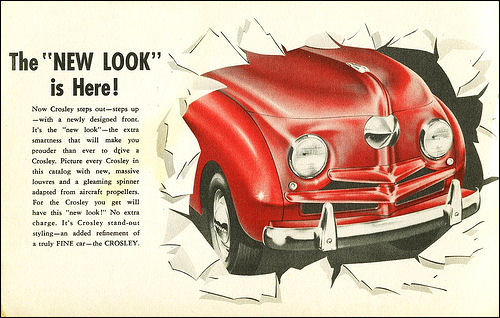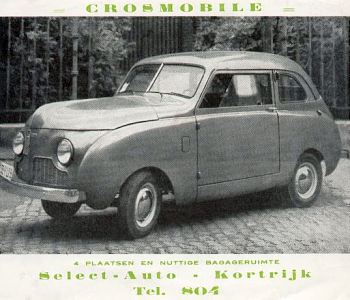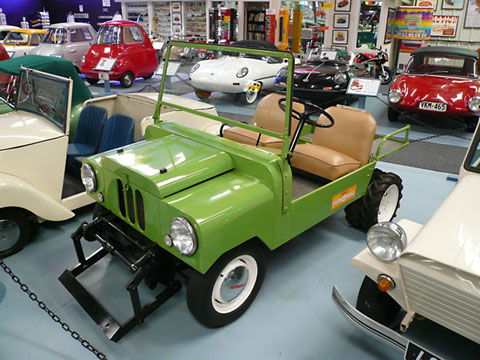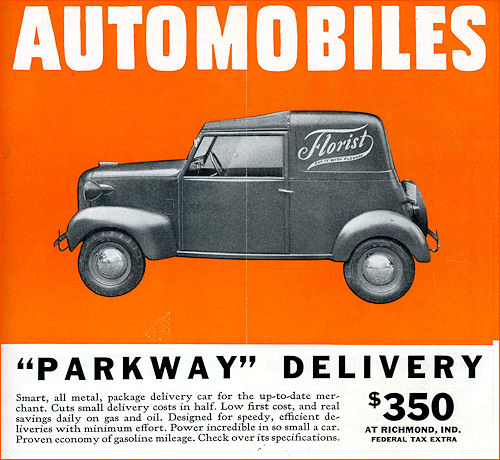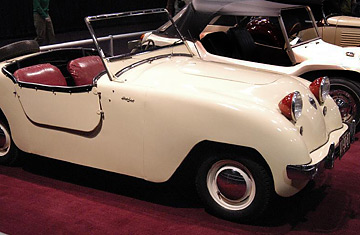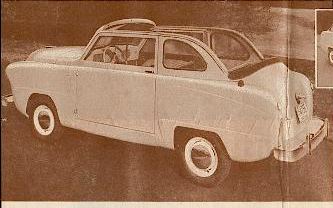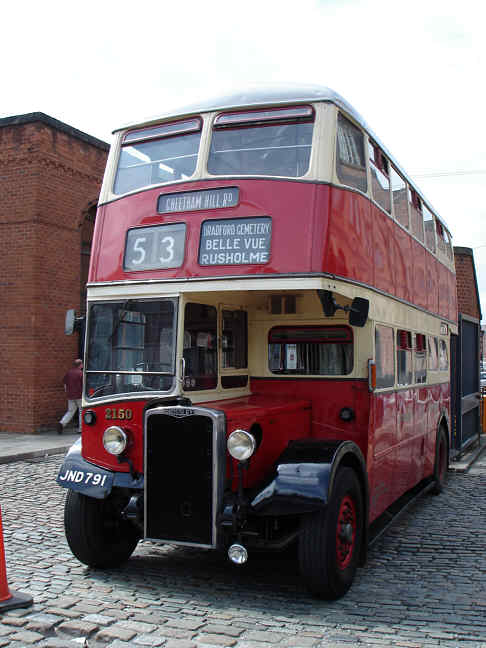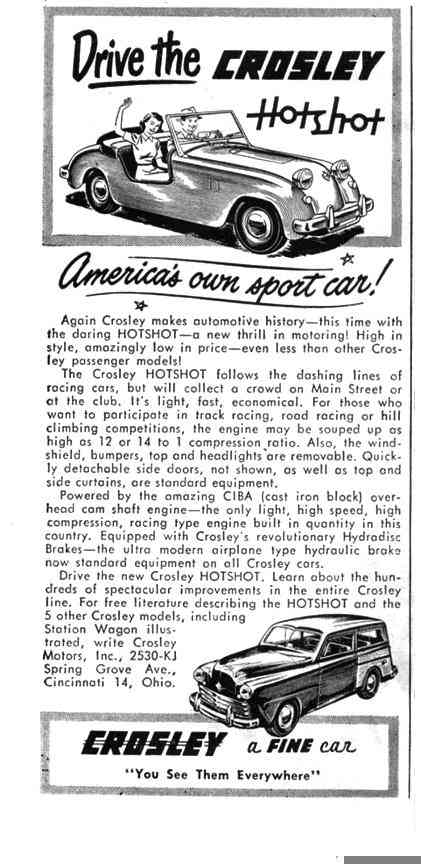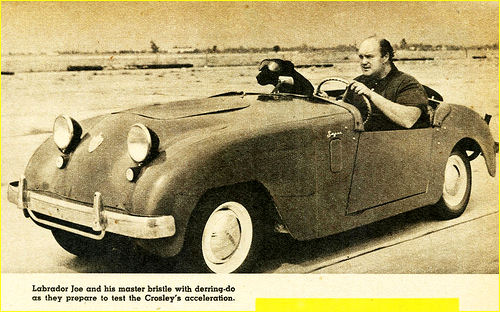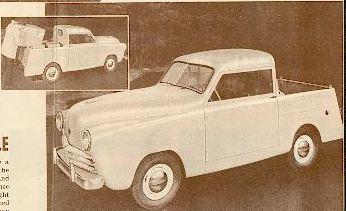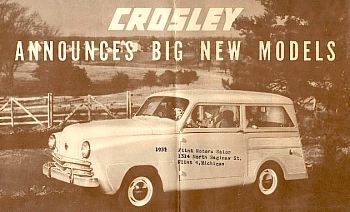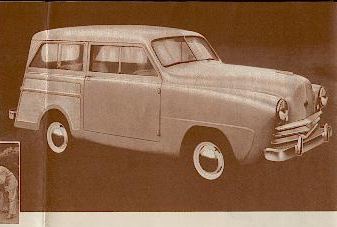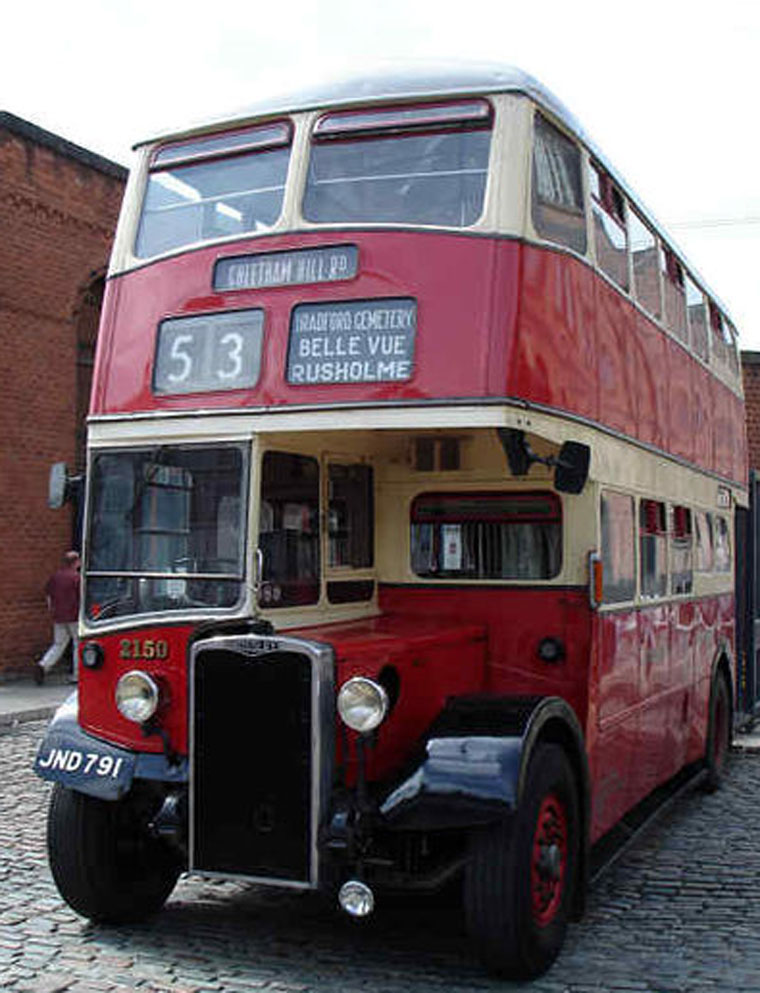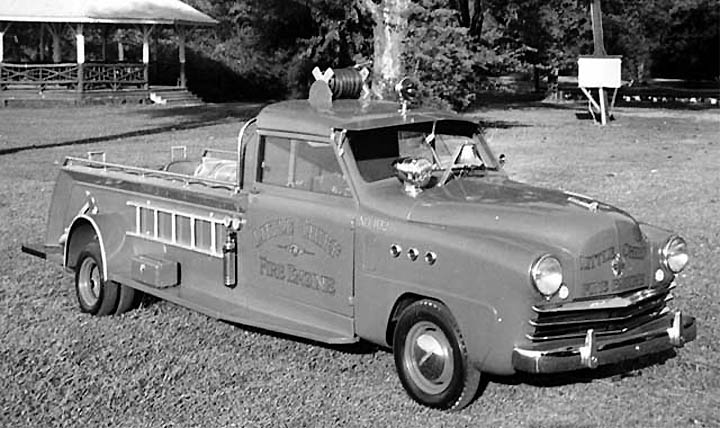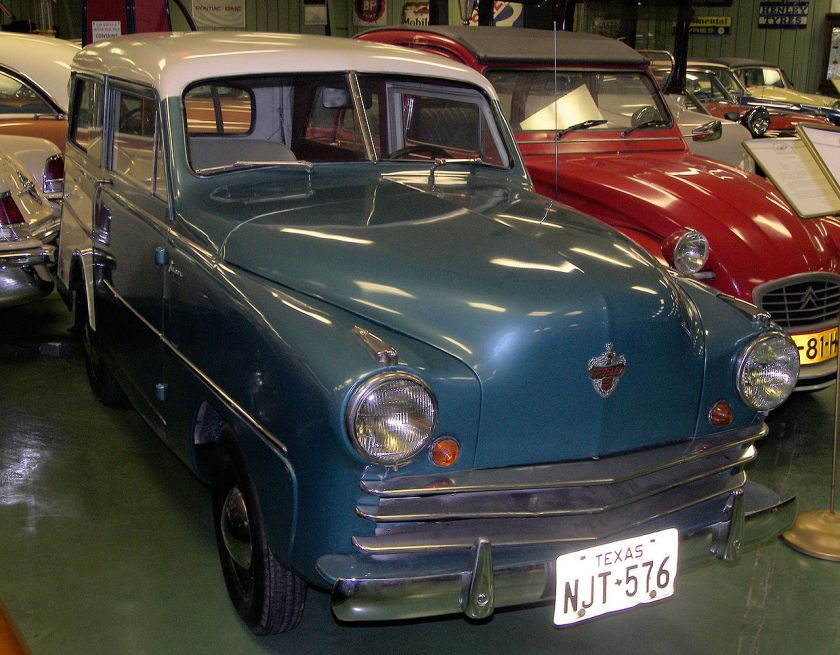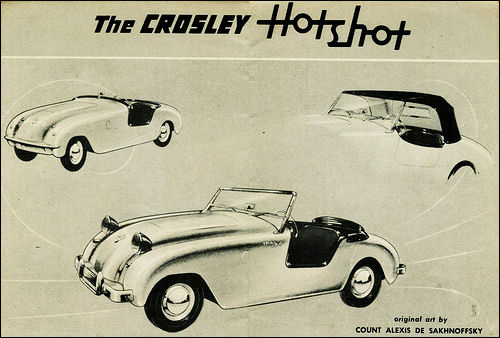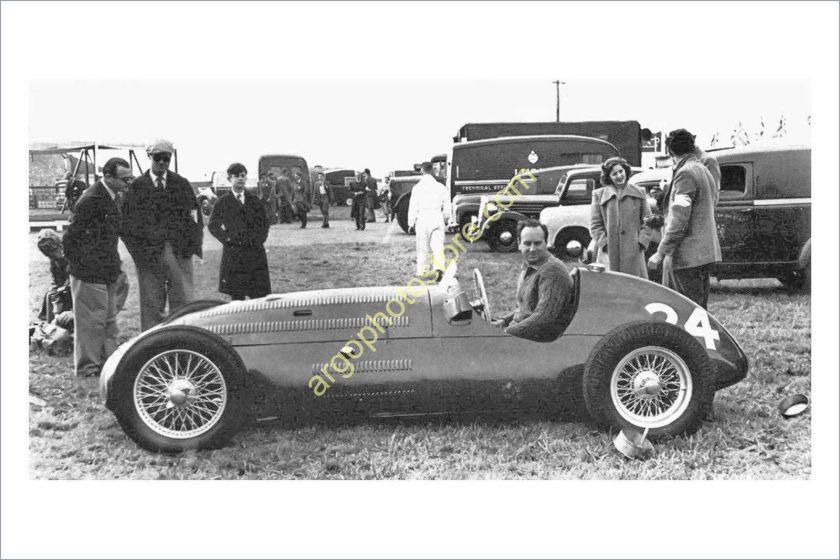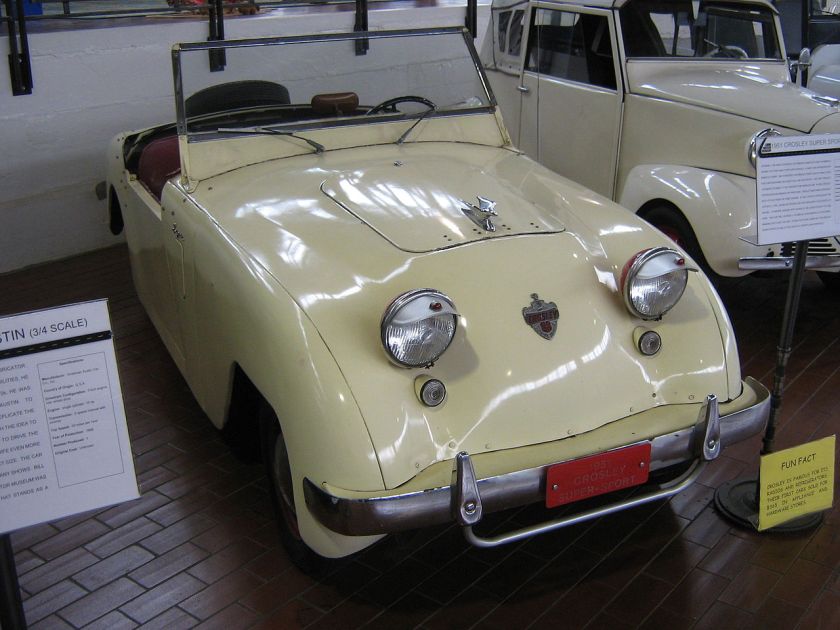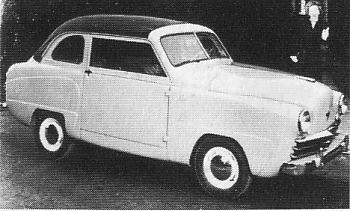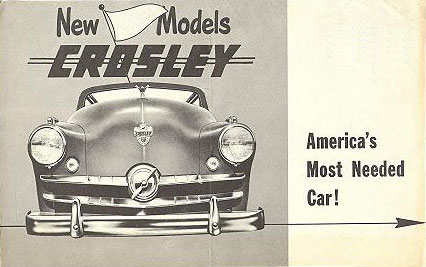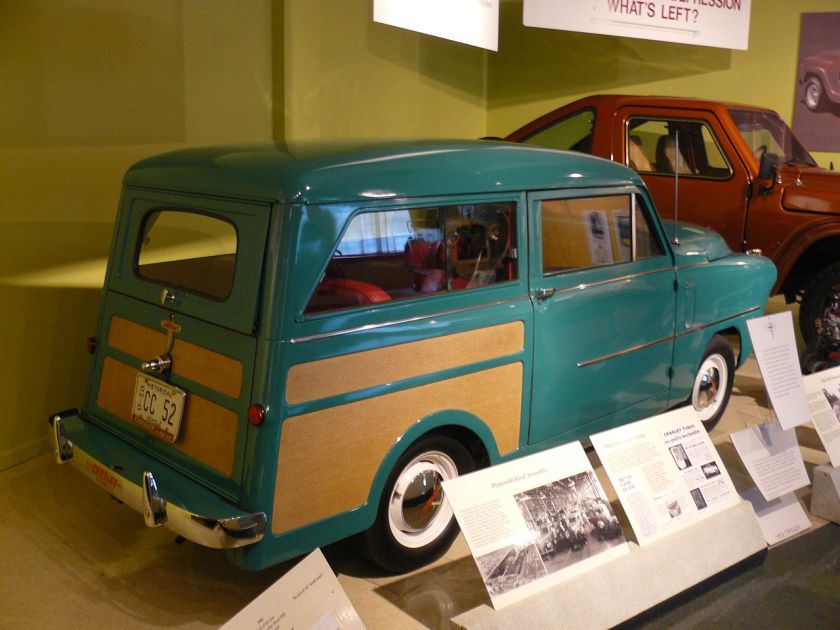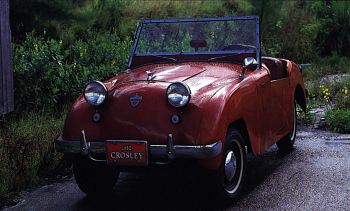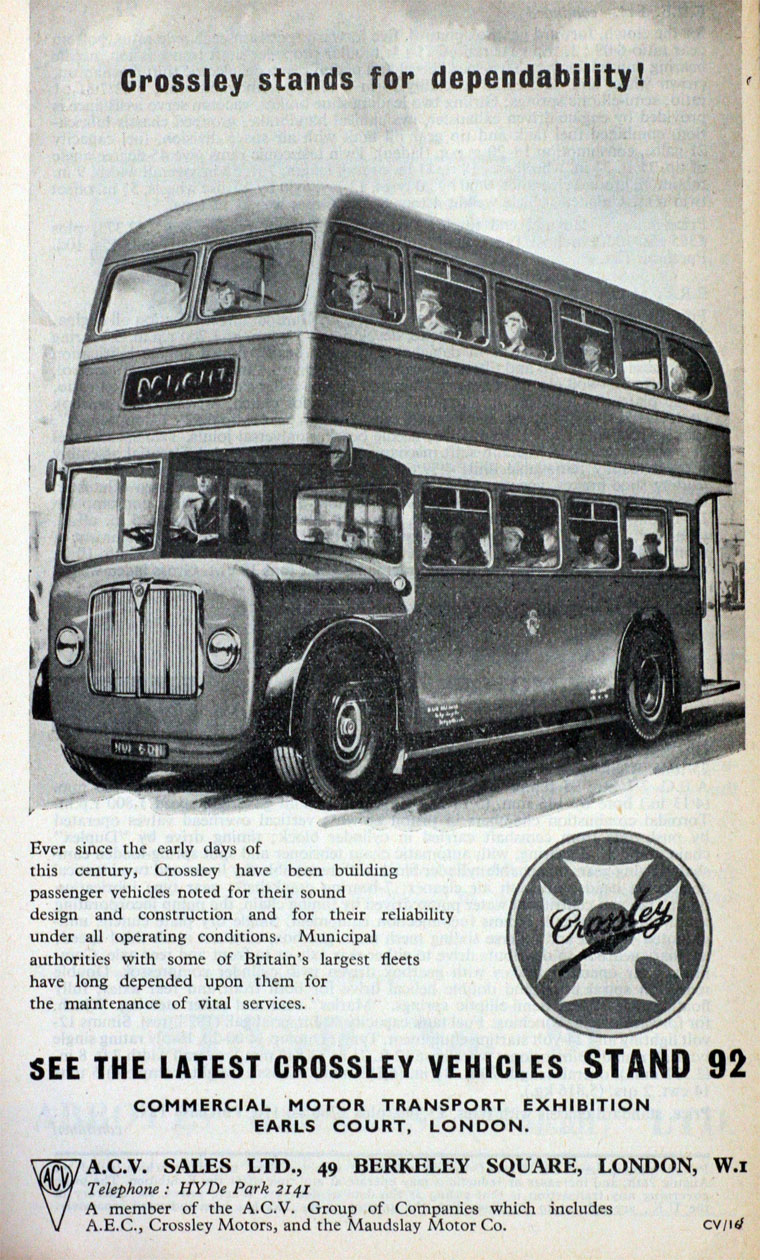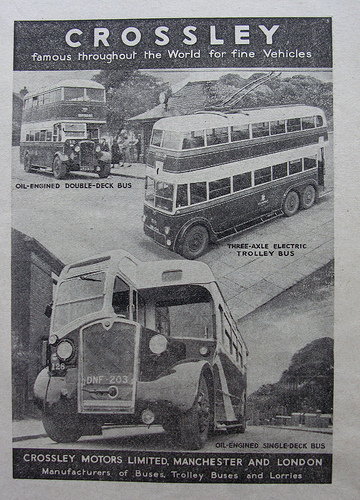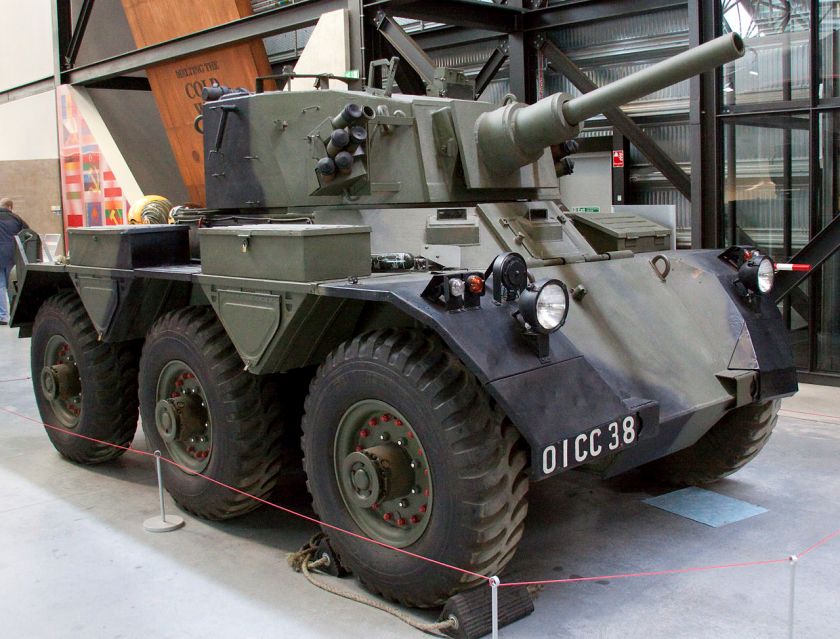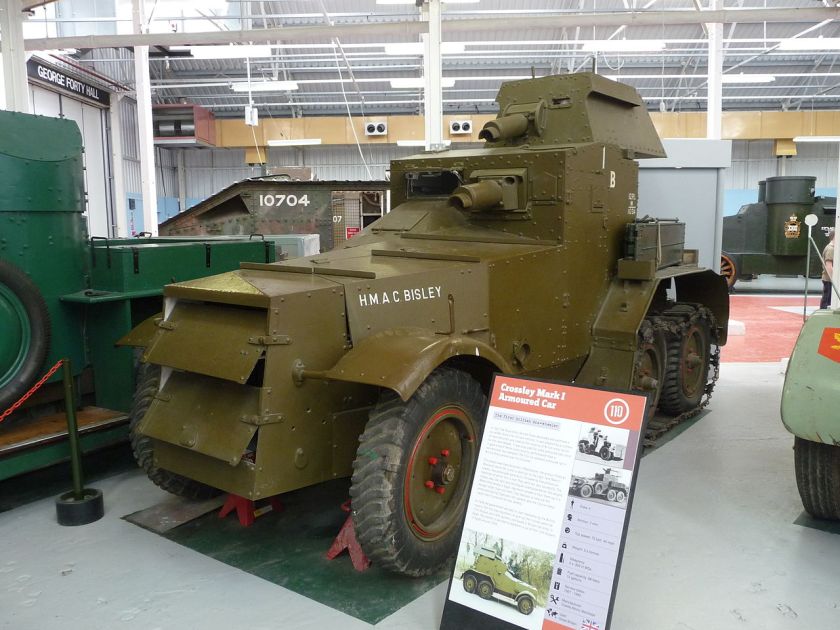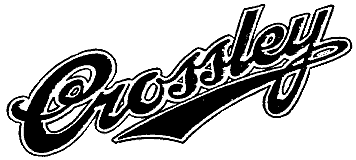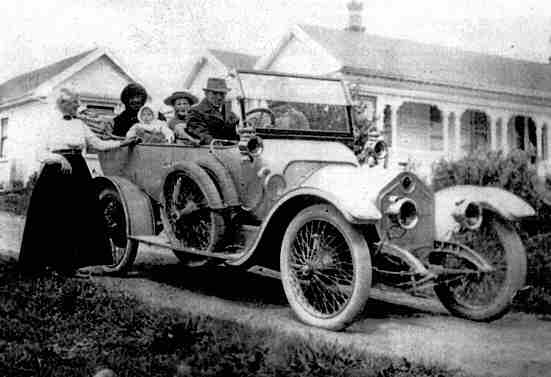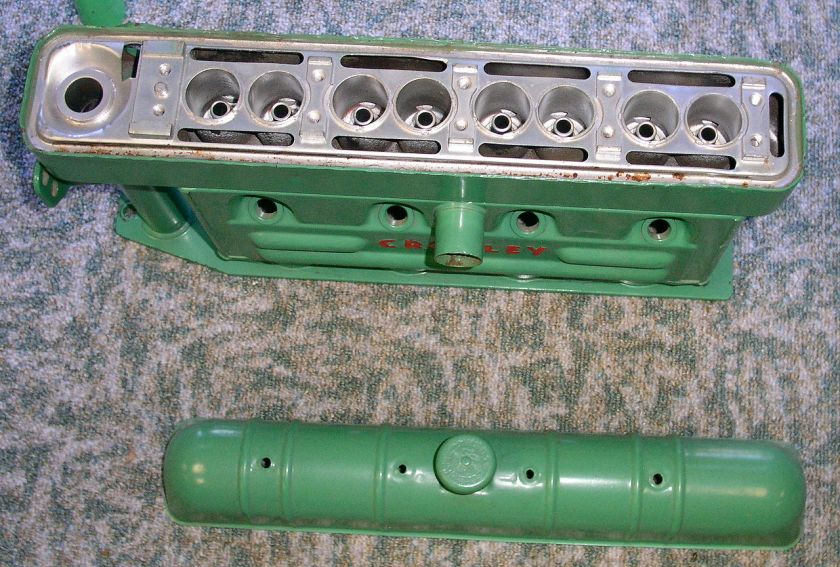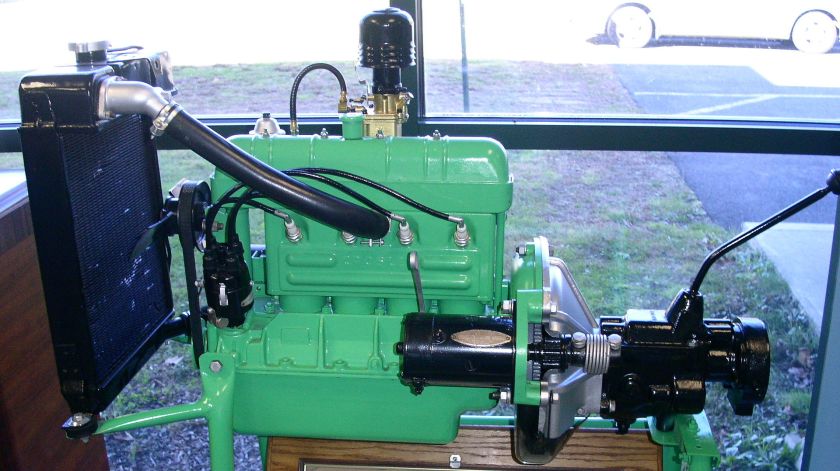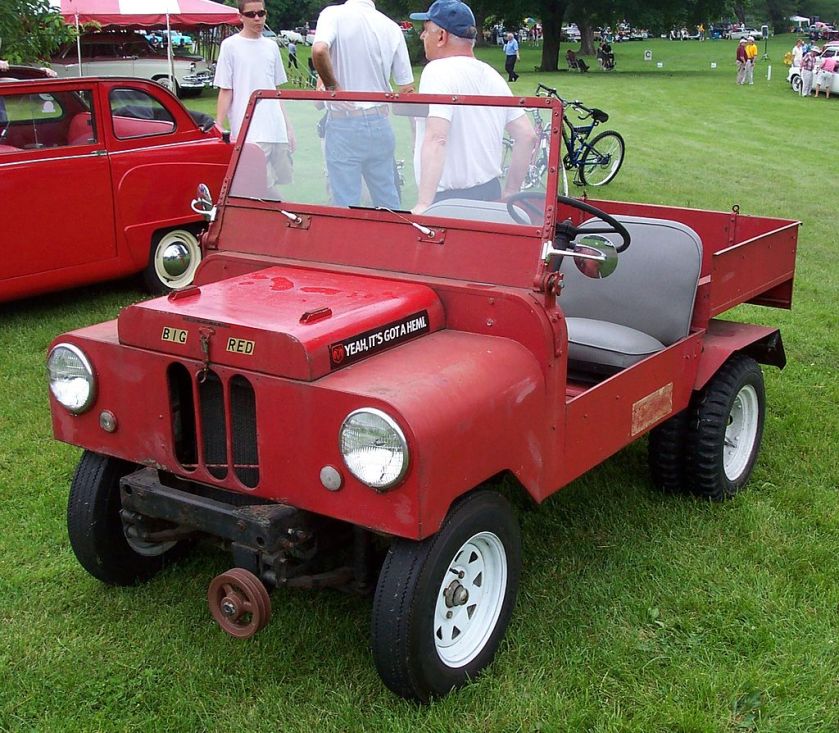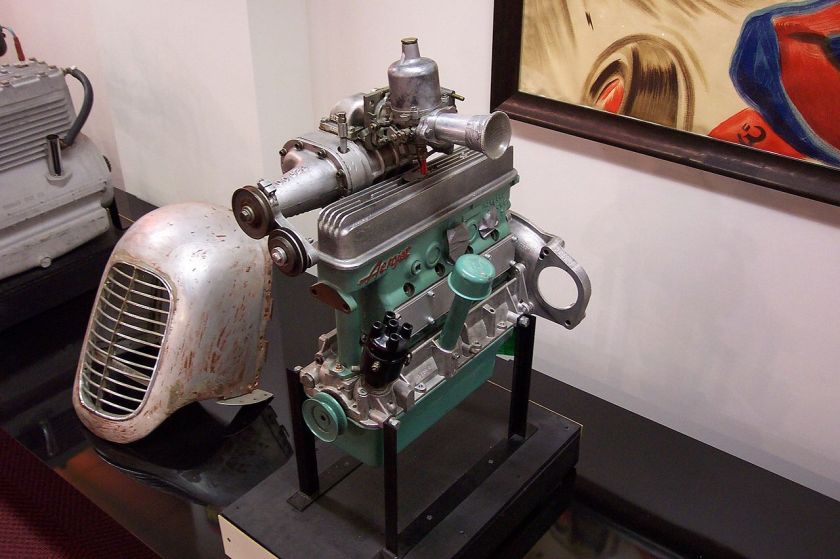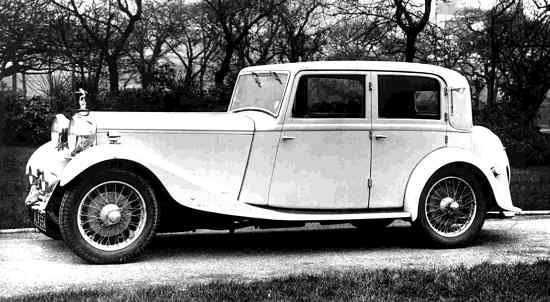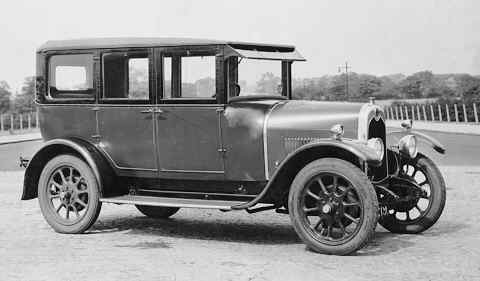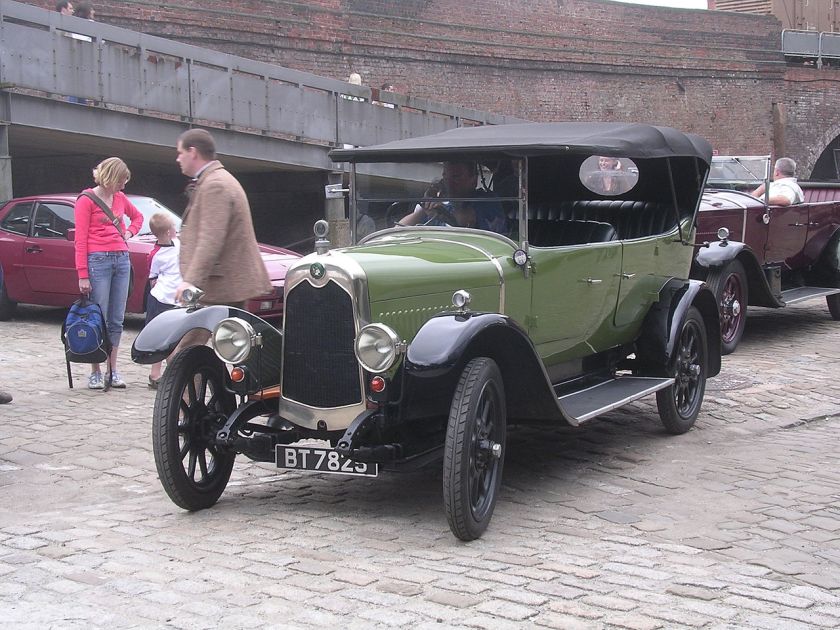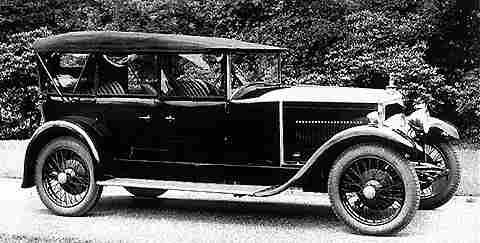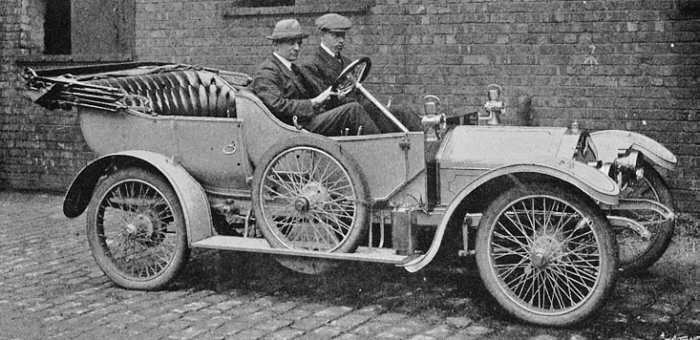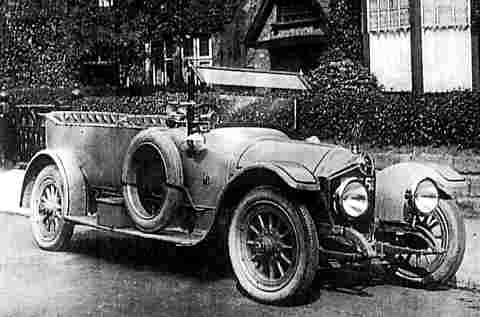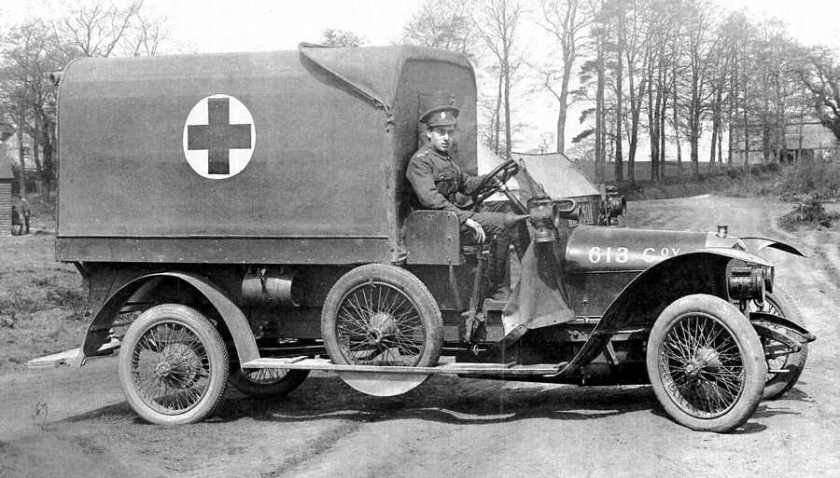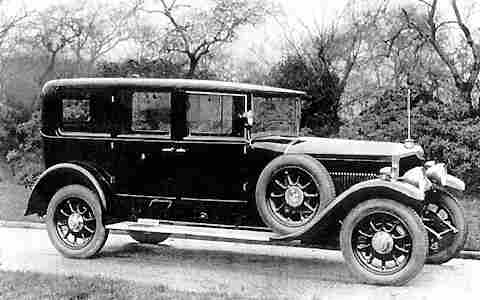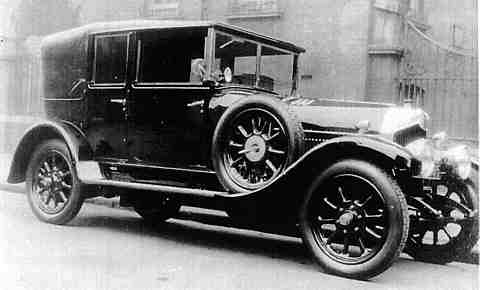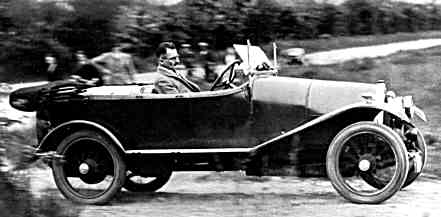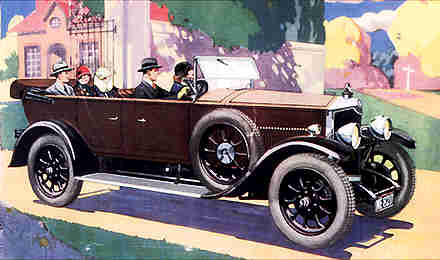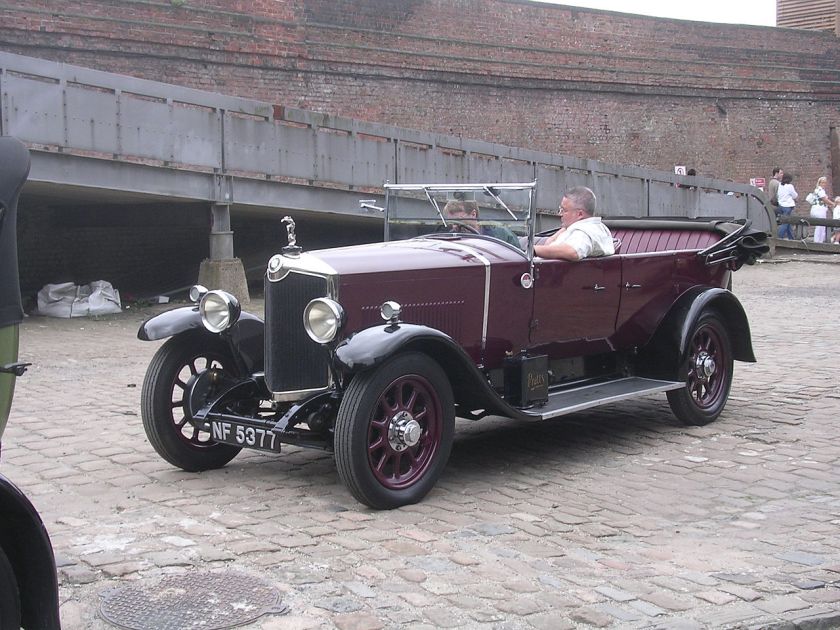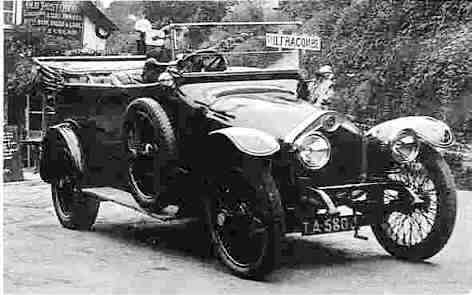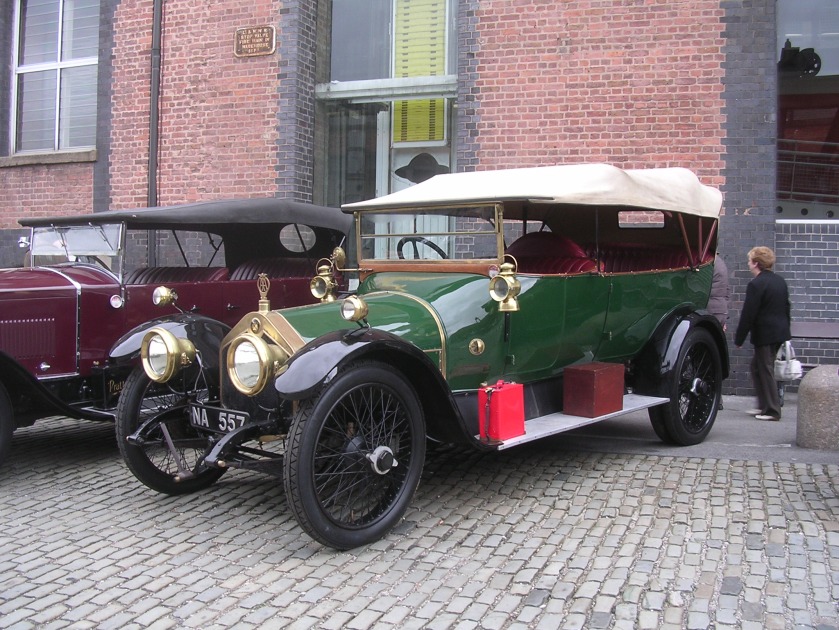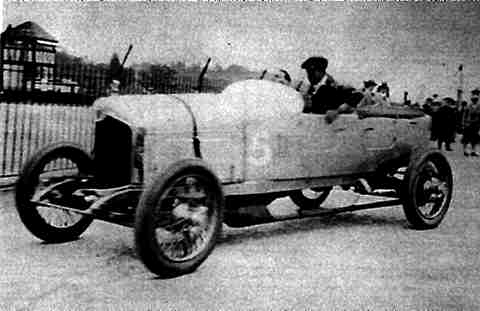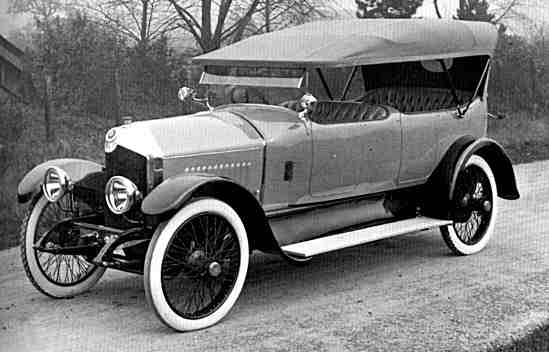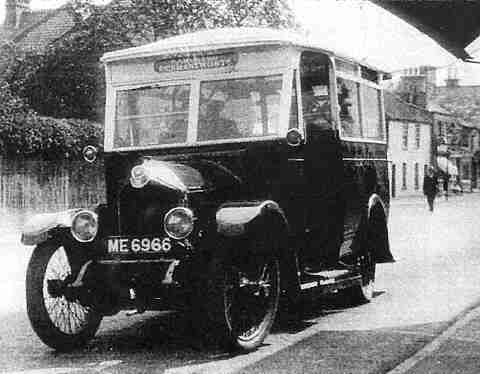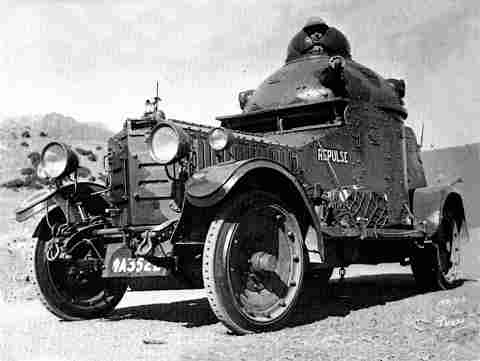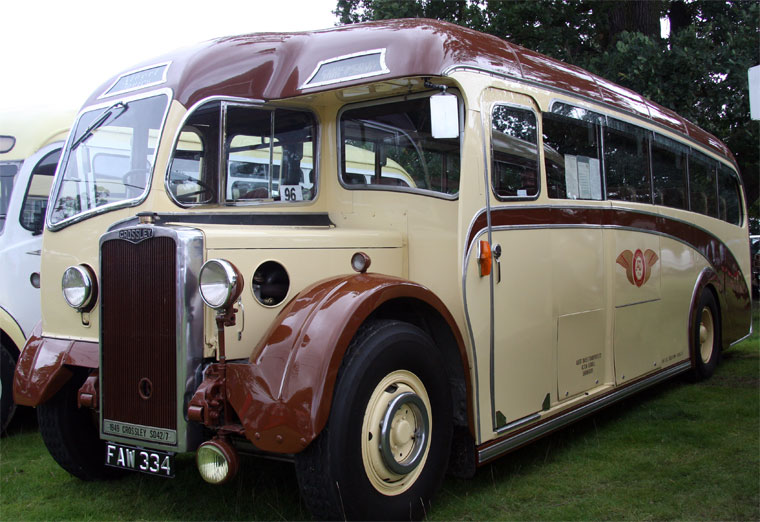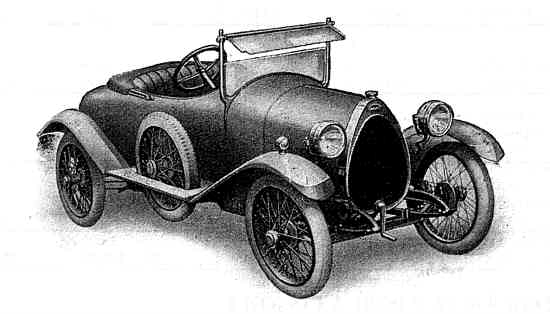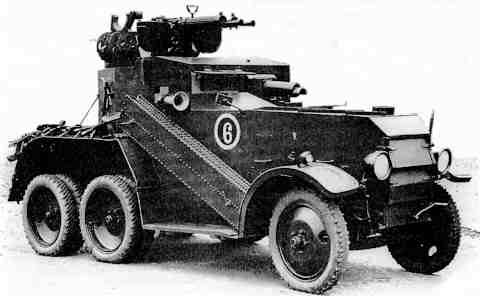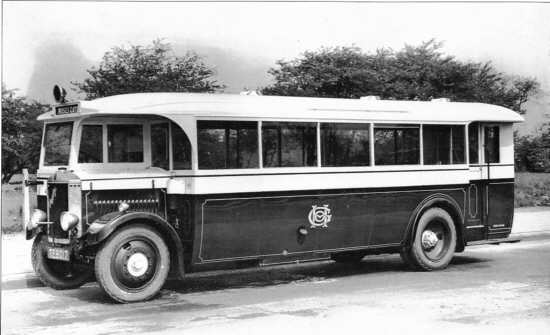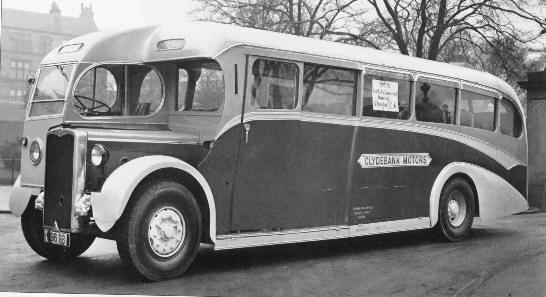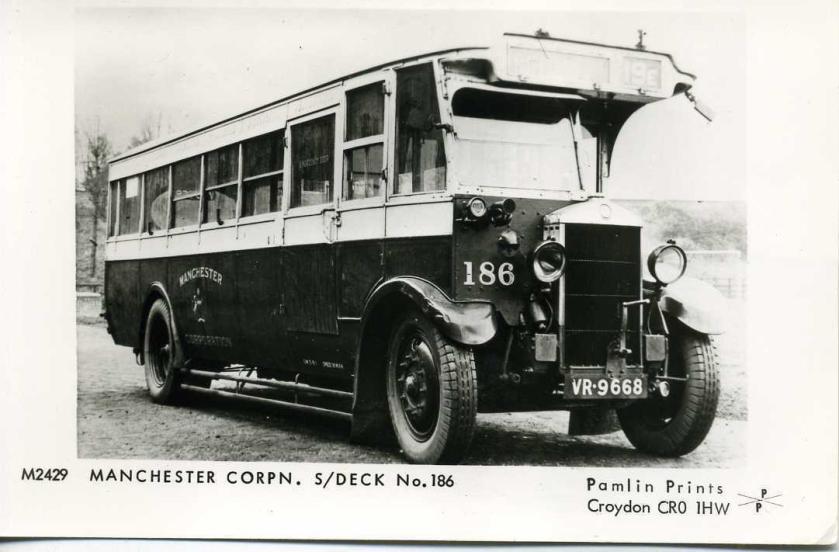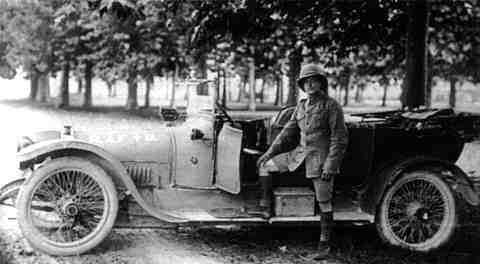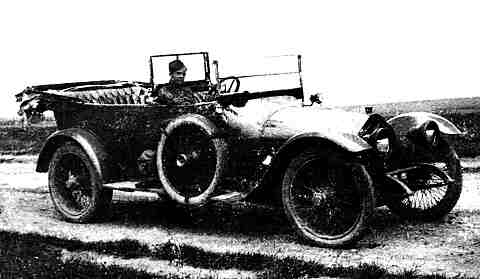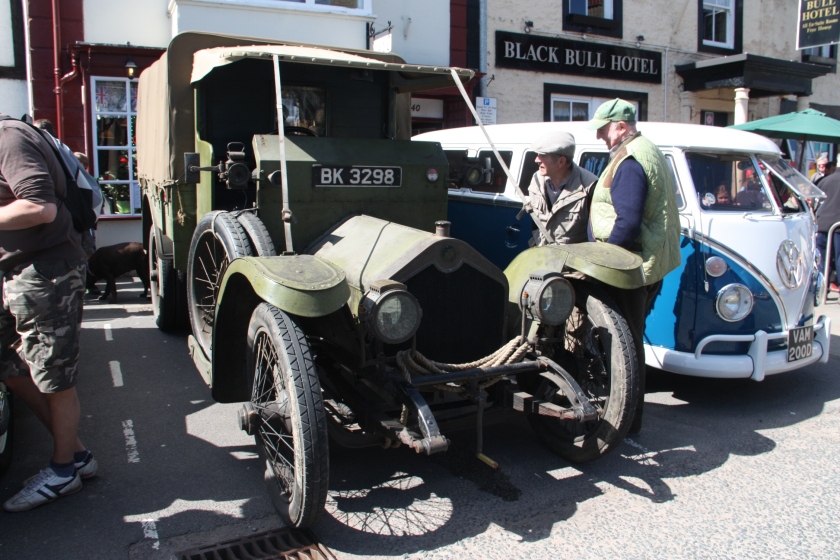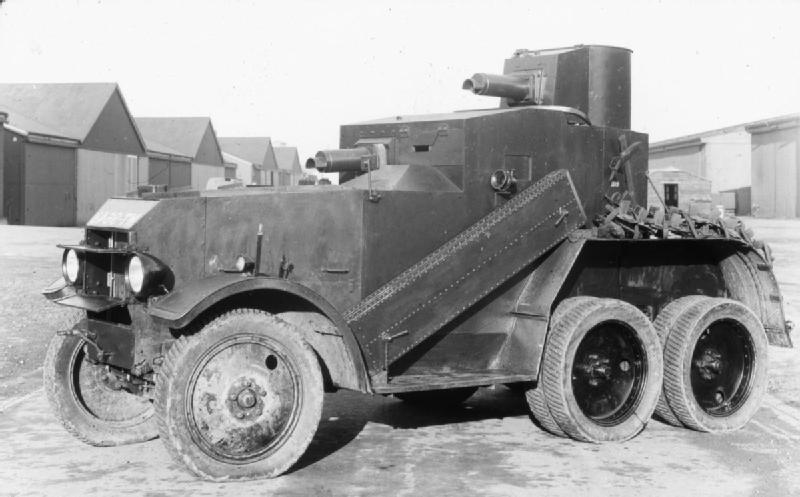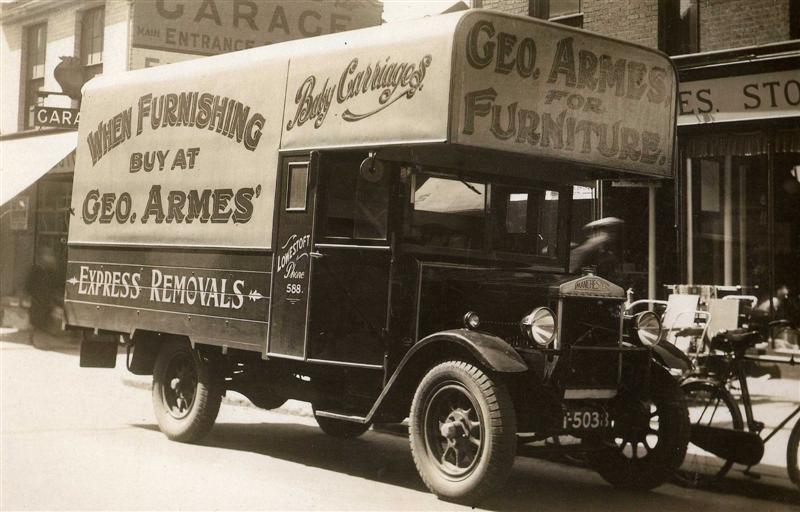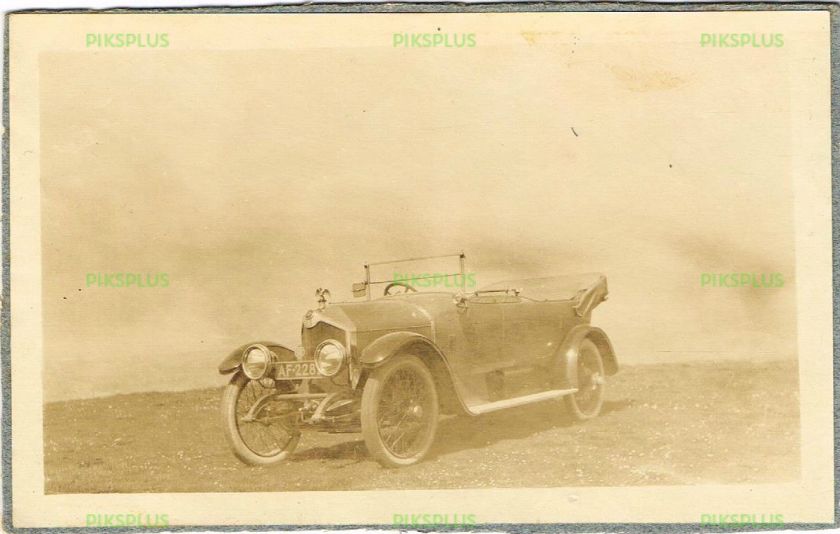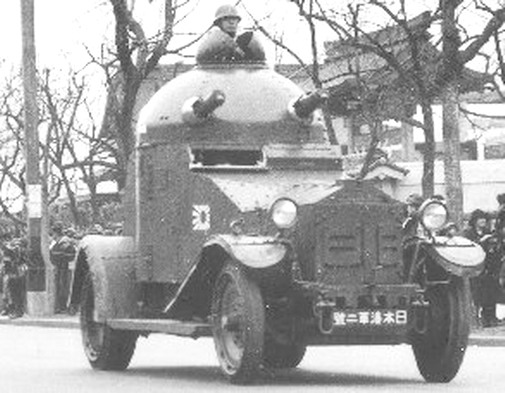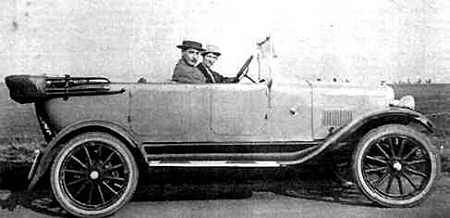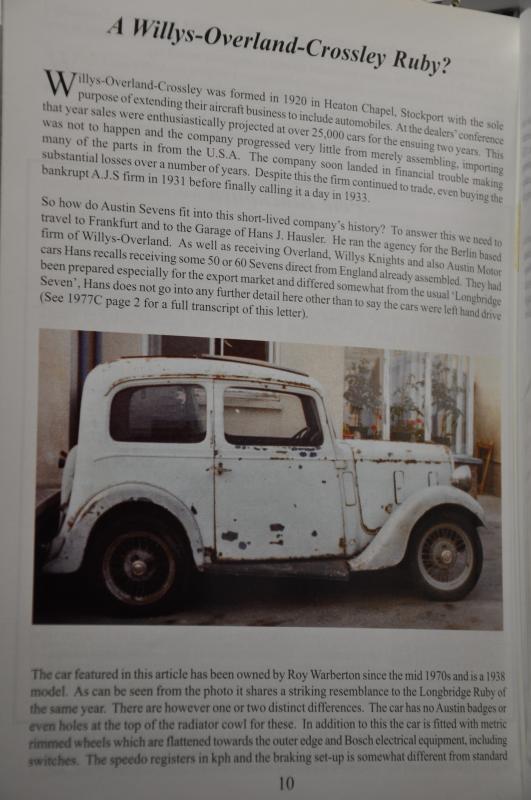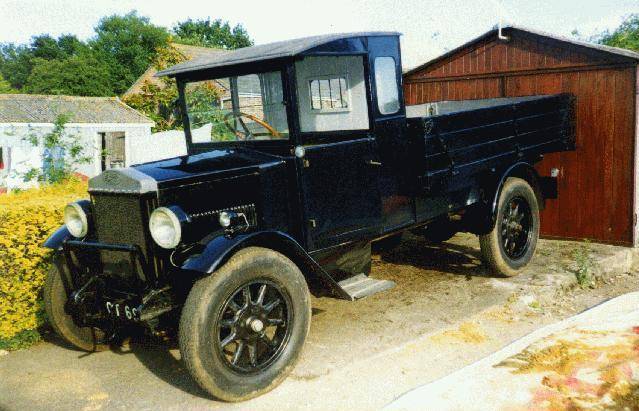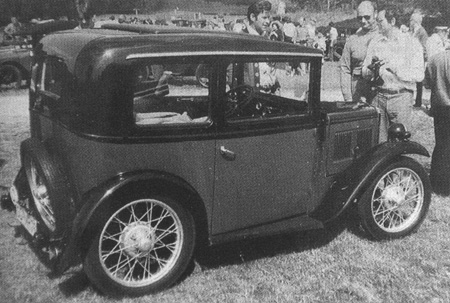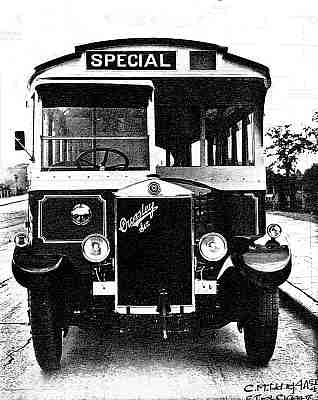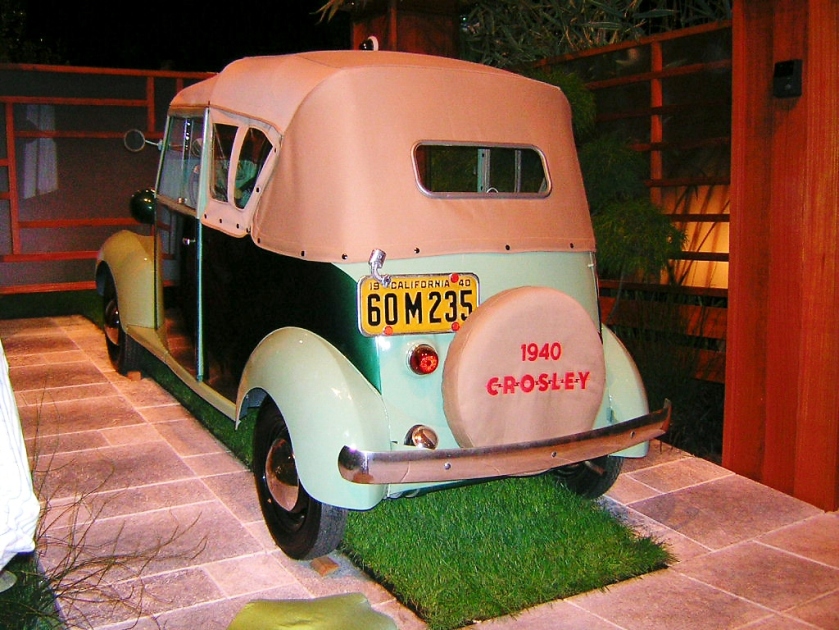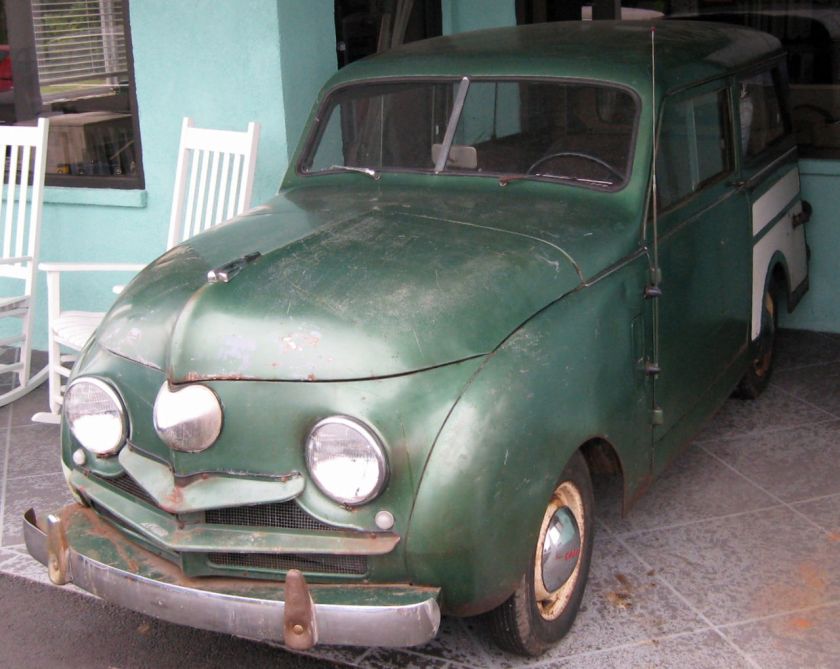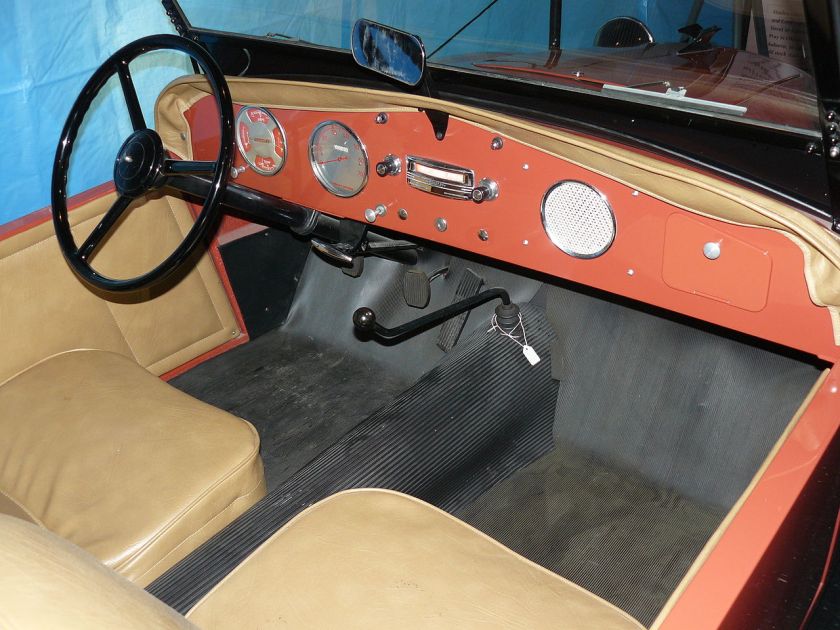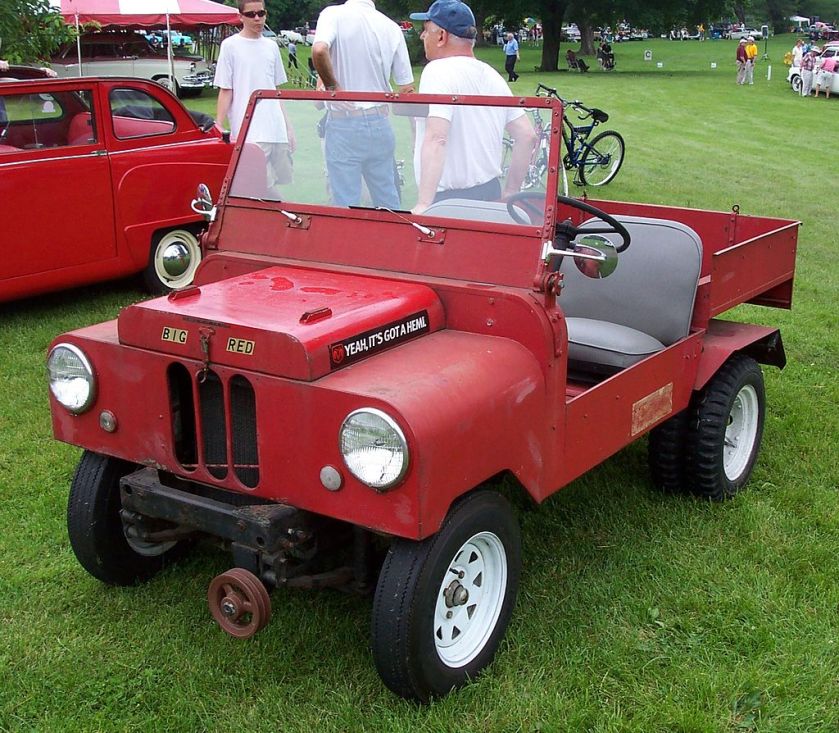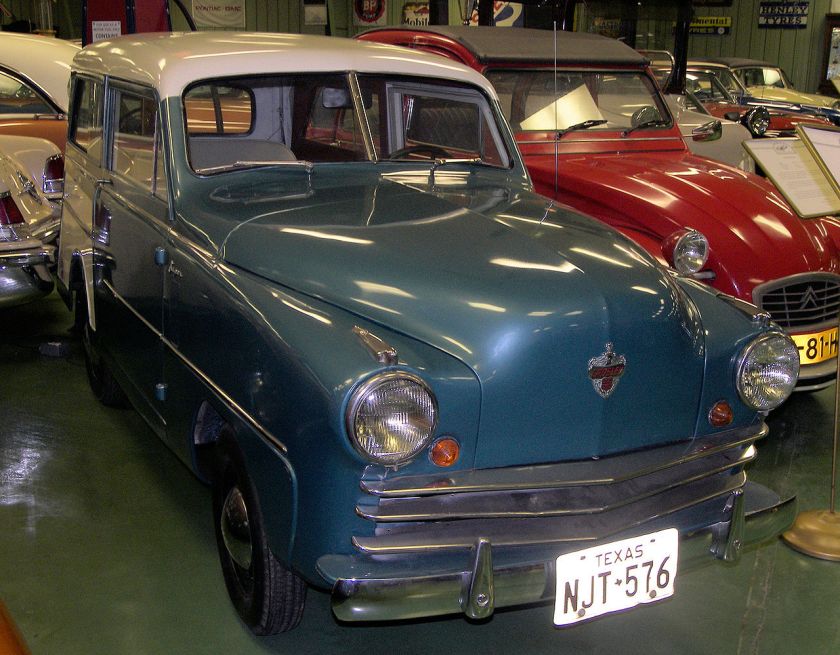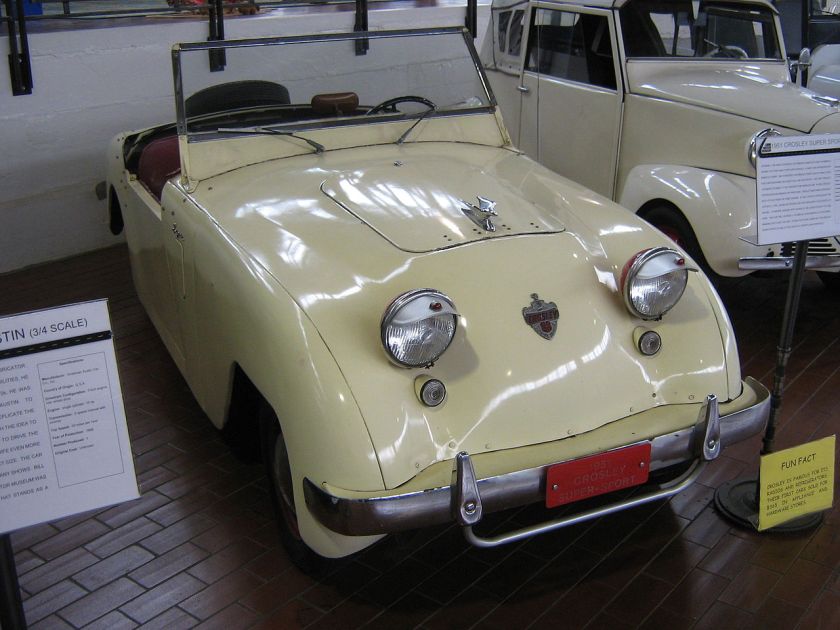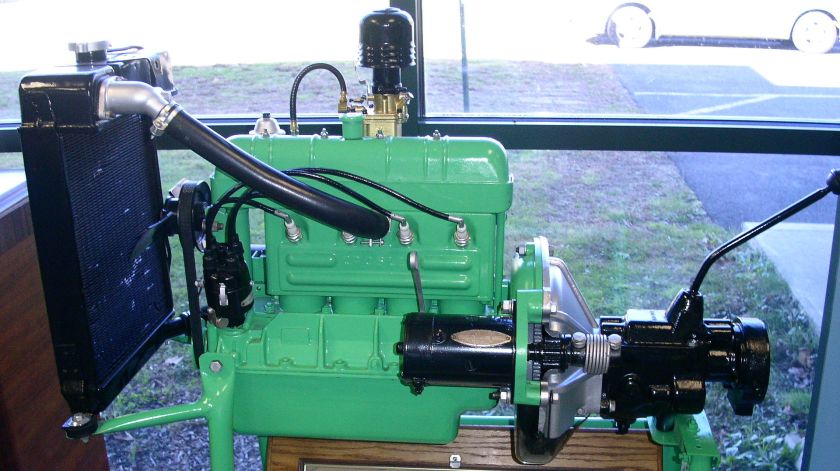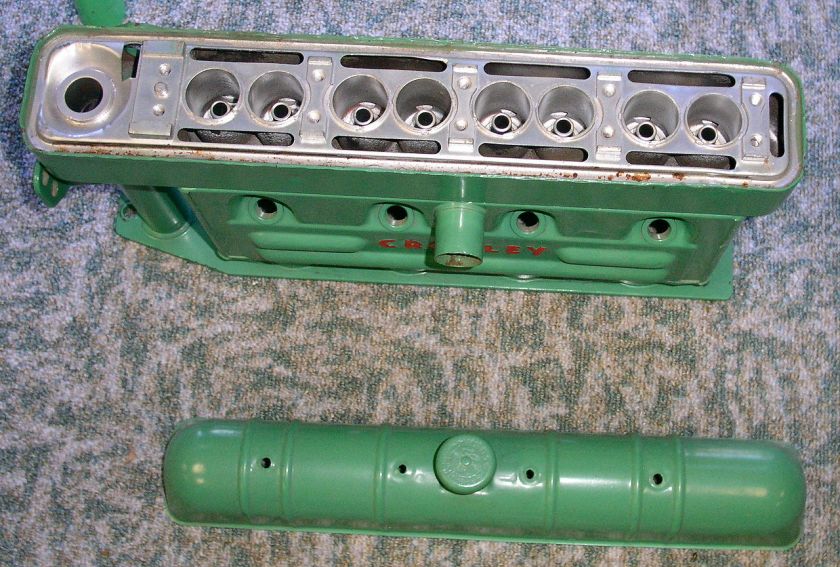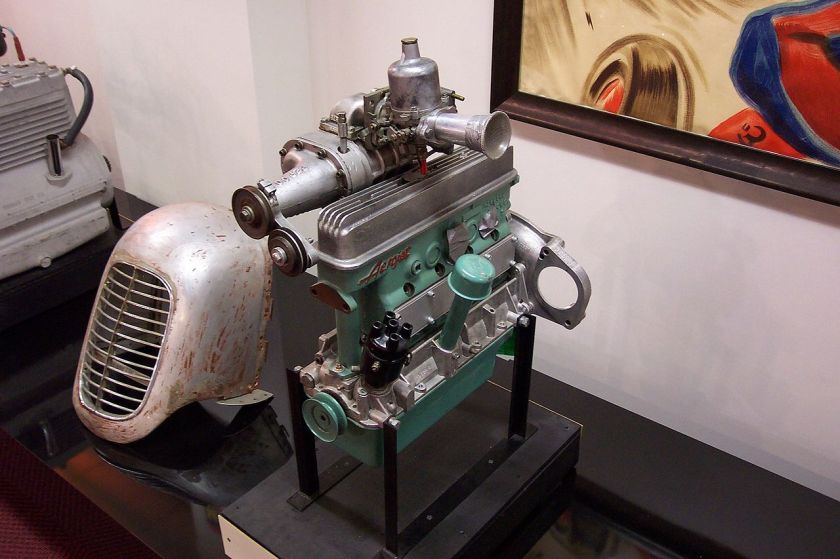CROSSLEY Automobiles
http://myntransportblog.com/2014/01/28/buses-crossley-england/
Crossley Motors
 |
|
| Fate | Acquired and closed down |
|---|---|
| Successor | AEC |
| Founded | 1906 |
| Defunct | 1958 |
| Headquarters | Manchester, England |
- For the defunct American automotive company see: Crosley Motors
Crossley Motors was a British motor vehicle manufacturer based in Manchester, England. They produced approximately 19,000 high-quality cars from 1904 until 1938, 5,500 buses from 1926 until 1958 and 21,000 goods and military vehicles from 1914 to 1945.
Crossley Brothers, originally manufacturers of textile machinery and rubber processing plant, began the licensed manufacture of the Otto internal combustion engine before 1880. The firm started car production in 1903, building around 650 vehicles in their first year.
The company was originally created as a division of engine builders Crossley Brothers, but from 1910 became a stand-alone company. Although founded as a car maker, they were major suppliers of vehicles to British forces during the First World War, and in the 1920s moved into bus manufacture. With re-armament in the 1930s, car-making was run down, and stopped completely in 1936. During the Second World War output was again concentrated on military vehicles. Bus production resumed in 1945 but no more cars were made. The directors decided in the late 1940s that the company was too small to survive alone and agreed a take over by AEC. Production at the Crossley factories finally stopped in 1958.
History
Crossley Motors Ltd was first registered on 11 April 1906 (and re-registered with a different company number in 1910) as the vehicle manufacturing arm of Crossley Brothers. The first car was actually built in 1903 and exhibited at the Society of Motor Manufacturers’ Exhibition at Crystal Palace in February 1904, but the parent company saw a future for these new machines and decided a separate company was required.
In 1920 Crossley Motors bought 34,283 (68.5%) of the 50,000 issued shares of the nearby A V Roe and Company – better known as Avro. Crossley took over Avro’s car manufacturing business but Avro continued its aircraft manufacturing operations independently. Crossley had to sell their shares in Avro to Armstrong Siddeley in 1928 to pay for the losses incurred in Willys Overland Crossley.
After the Second World War the directors decided that the company was not large enough to prosper and looked for a partner. This resulted in a take over by Associated Equipment Company (AEC) in 1948. AEC’s parent company changed its name to Associated Commercial Vehicles Ltd and Crossley became a division of this. Production of the Crossley range of vehicles continued at the Stockport plant until 1952. After that date the production was of badge-engineered AEC designs and bus bodywork, until the factory was closed in 1958 and sold in 1959.
Although no longer trading, the company was never formally wound up. In 1969 AEC’s new owner, British Leyland, restarted the company with a new name – Leyland National – and production of single-decker buses recommenced.
Factories
Production was originally in the Crossley Brothers factory in Openshaw, Manchester but in 1907 they moved to a nearby site they owned in Napier Street, Gorton, Manchester. (Napier Street was later renamed Crossley Street).
With the steady increase in vehicle production, the limits of the Gorton site were in turn soon reached, and in 1914 a further 48 acre (194,000 m²) site was bought in Heaton Chapel, Stockport which became the Errwood Park Works. Construction of the new factory started in 1915, and although intended to relieve congestion on the old site, it was rapidly given over to war work. The western half of the site, built in 1917, but only managed by Crossley Motors, became National Aircraft Factory No. 2. In 1919, this factory was bought from the government and became the Willys Overland Crossley plant, but was eventually sold to Fairey Aviation in 1934. In 1938, the eastern side became another aircraft factory, this time managed by Fairey, and after the Second World War it became the final home of Crossley Motors. Re-armament work caused the search for more space and in 1938 a factory was opened in Greencroft Mill, Hyde, about 3 miles (4.8 km) east of Errwood Park.
Vehicles
Production of the first cars was on a small scale but from 1909 when a new range was introduced it rapidly built up. In that year the 20 hp was introduced (later called the 20/25) and this was taken up by the British War Office and from 1913 it was ordered for the new Royal Flying Corps (RFC). The outbreak of the First World War resulted in a rapid expansion of the RFC, and by 1918 they had over 6,000 of the vehicles with staff car, tender (light truck), and ambulance bodies.
Crossley 25/30 hp Tenders were utilised by the British Army in Ireland from 1919 until their withdrawal in 1922. The Irish Army continued to use them for troop transport throughout the Civil War period, but they were worked hard and appeared to have received little care: of 454 originally supplied, only 57 were in service by 1926 with a further 66 being overhauled or repaired. The 20/25 model was also the first vehicle to be supplied to London’s Metropolitan Police Flying Squad in 1920, some of which were fitted with radio equipment.
Car production resumed after the First World War and a new model, the 19.6, was launched in 1921 and joined in 1922 by the smaller 2.4 litre 14 hp model that would become the company’s best seller. The 19.6 was replaced by the 2.7 litre 18/50 in 1925 fitted with Crossley’s first six-cylinder engine and this was enlarged in 1927 to 3.2 litres in the 20.9. Crossley were the first British car company to offer a factory fitted car radio in 1933. Although the large cars would continue to be available, a range of small models fitted with Coventry Climax engines was announced in 1931 but sales of the cars slowly declined and the last ones were made in 1937.
By the late 1920s the market for hand-made cars began to disappear and the company moved into the bus market and launched its first model, the Eagle single decker in 1928. Although some double deck bodies were fitted to the Eagle, the Condor launched in 1930 was the first chassis to be designed for double decker bodies. The Condor could also be ordered with a diesel engine, made by Gardner at first, and became the first British double deck bus to be offered with diesel power. The big selling pre-war bus was the Mancunian with first deliveries in 1933. This was available as both a double and single decker.
In addition to cars and buses the company also made goods and military vehicles. At first these were conversions of the car models but starting with the BGT1 in 1923 specialised chassis designs were produced. Two Crossley trucks based on the 25/30 car chassis were from 1924 to 1926 the first vehicles to be driven from Cape Town to Cairo by the Court Treatt expedition. A range of heavy goods vehicles starting with the 1931 diesel-powered 12-ton payload Atlas was announced but only a few were made as the factory was by then gearing up to concentrate on buses and military orders. From 1936 military production was rapidly ramped up with British re-armament at first with “IGL” models but from 1940 with a four-wheel drive “FWD” chassis in both tractor unit and truck form. By 1945 over 10,000 FWDs had been made.
After the Second World War there was a boom in the bus industry as wartime losses needed to be replaced. Crossley won what was then the largest ever British export order for buses with a contract with the Dutch government. By the late 1940s bus orders were decreasing and it became clear that the company was too small to continue as an independent manufacturer and in 1948 they were sold to AEC. The last Crossley chassis was made in 1952, but body production continued at Erwood Park until 1958.
Cars produced
22 hp 1904–1908
14 hp and 15/30 1922–1927
Crossley-Bugatti 1923–1925
20/70 sports 1922–1926
18/50 1925–1927
20.9 hp 1927–1931
15.7 hp 1928–1931
Golden 1930–1935
Silver 1930–1934
Ten 1931–1934
Streamline 1933
Sports Saloon 1934–1937
Regis 1934–1937
Pictures:
Buses
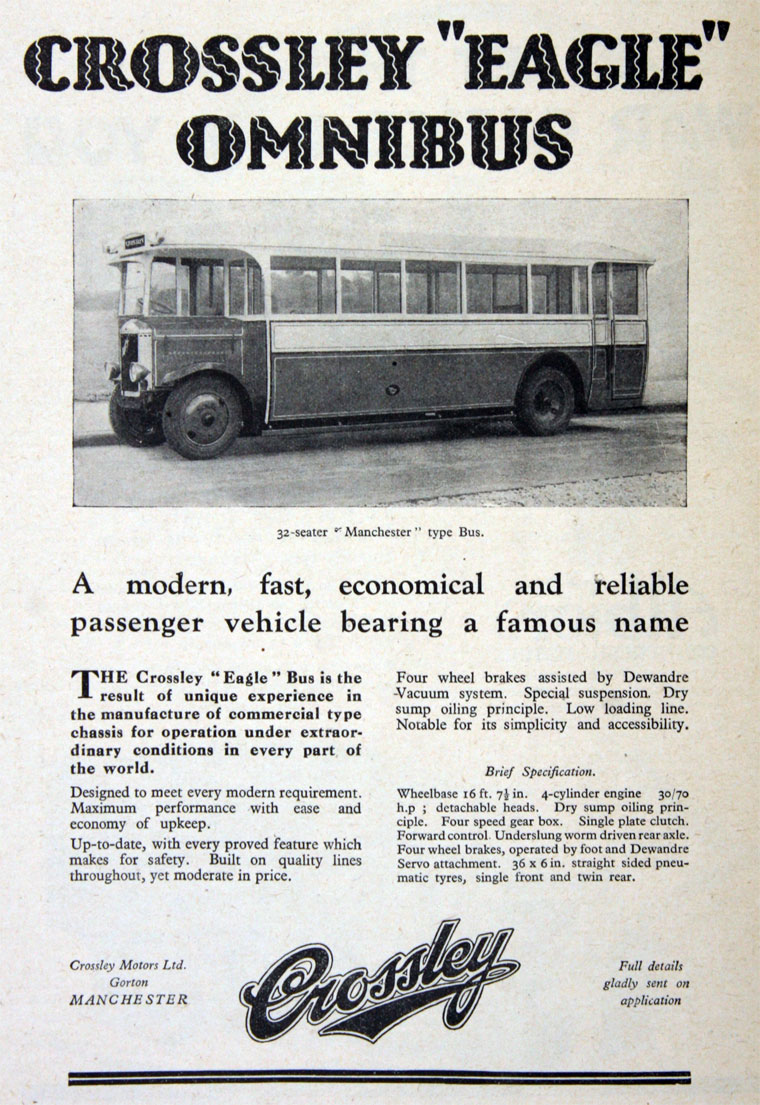
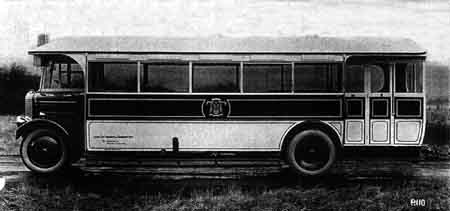
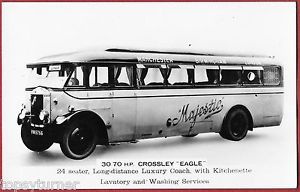 Eagle 1928–1930
Eagle 1928–1930
Hawk 1929
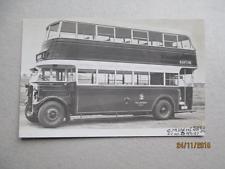 Condor 1930–1934
Condor 1930–1934
Mancunian 1933–1940
- TDD4 (Trolleybus) 1935–1942
- TDD6 (Trolleybus) 1935–1942
- DD42 1942–1953
- SD42 1946–1952
- PT42 1946–1949
- TDD42 Empire (Trolleybus) 1948–1951
- TDD64 Dominion (Trolleybus) 1948–1951
Military vehicles
- 20/25 1912–1920
- BGT 1923
- IGL 4 wheel 1923–1926
- IGL 6 wheel 1927–1931
- BGV 1927–1929
- IGA Armoured car 1928–1929
- FWD 1940–1945
Commercial vehicles
- 15cwt van 1913
- 14 hp van 1925
- 15cwt 1927
- Atlas 1931
- Beta 1933
- Delta 1931–1937
See also
- Crossley
- Willys Overland Crossley
- Cairo – Cape Town Highway
- List of car manufacturers of the United Kingdom
References
- ^ Jump up to:a b Eyre, Heaps & Townsin 2002
- Jump up^ Foreman-Peck, Bowden & McKinlay 1995, p. 14
- Jump up^ Nick Georgano (ed.), Britain’s Motor Industry, The First Hundred Years, (Yeovil: G.T. Foulis and Company, 1995), p.73; Slater’s Royal National Commercial Directory of Manchester and Salford With Their Vicinities, (Manchester: Isaac Slater, 1874 edn.)
- Jump up^ Society of Motor Manufacturers’ Exhibition at the Crystal Palace, The Automotor Journal, 13 February 1904, p180
- Jump up^ K. Bhaskar, The Future of the UK Motor Industry, (London: Kogan Page, 1979), p. 240; S. W. Stevens-Stratten, Trucks in Camera: AEC, (London: Ian Allan, 1984), pp. 19, 43
- ^ Jump up to:a b c Harding (ed) (1977). Guinness book of car facts and feats. London: Guinness Superlatives. ISBN 0-900424-54-0.
- Jump up^ “Capetown to Cairo by Motor”. The Brisbane Courier (National Library of Australia). 29 August 1924. p. 14. Retrieved 27 August 2012.
Other sources
- Eyre, Michael; Heaps, Chris; Townsin, Alan (2002), Crossley, OPC, ISBN 0-86093-574-4
- Foreman-Peck, James; Bowden, Sue; McKinlay, Alan (1995), The British Motor Industry, Manchester University Press
- Holmes, Harry (2004), Avro – The history of an Aircraft Company, The Crowood Press, ISBN 1-86126-651-0
- Fairney, Bill, The Knife & Fork Man, ISBN 978-0-9554455-0-7
External links
Crosley
The Crosley was an automobile manufactured by the Crosley Corporation and later by Crosley Motors Incorporated in the United States intermittently from 1939 to 1952.
History
Industrialist Powel Crosley, Jr., of Cincinnati, Ohio, owner of Crosley Broadcasting Corporation and the Cincinnati Reds baseball team, had ambitious plans to build a subcompact car and with the able assistance of his younger, graduate engineer brother Lewis Crosley, developed assembly plants at Richmond, Indiana, and Marion, Indiana. In May 1939, the first car was shown at the Indianapolis Speedway. It was a two-door convertible that weighed under 1,000-pound (454 kg) and sold for US$250. It did not achieve sales success, but in 1941 more body styles were introduced.
The chassis had an 80-inch (2,032 mm) wheelbase using half-elliptic springs with beam axle in front and quarter-elliptic springs in the rear. The power came from a two-cylinder Waukesha air-cooled engine that had the fan as an integral part of the flywheel. The engine was connected with a three-speed transmission and then directly via a torque tube to the rear axle, thus eliminating the need for joints. However, this arrangement was judged unreliable, and conventional universal joints were fitted beginning in 1941.
In 1941, the body styles available were expanded to include two- and four-passenger convertibles, a convertible sedan, a station wagon, a panel truck, a pickup, and two models called “Parkway Delivery” (a mini-panel with no roof over the front seat) and “Covered Wagon” (a convertible pickup truck with a removable back seat). Crosley’s first metal-topped sedan (the Liberty Sedan) was introduced for 1942.
During World War II, the Crosley became attractive because of gasoline rationing and the good mileage it could achieve: 50 miles per US gallon (4.7 L/100 km; 60 mpg-imp). Crosley was the last company to cease production of civilian vehicles in 1942, partly to aid Crosley sales to facilitate fuel conservation, and partly because the War Production Board needed time to determine a use for Crosley’s small factories.
Civilian car production resumed at the Marion facility in 1946 with the new, larger and aerodynamic CC model, designed by the firm of Sundberg & Ferar of Royal Oak, Michigan. (The Richmond facility had been sold during the war years.)
Crosley introduced several “firsts” in the American automobile industry, including the first use of the term ‘Sport Utility‘ in 1948 (albeit on an open model based on the wagon, not a wagon on a truck chassis); first mass-market single overhead camshaft (SOHC) engine in 1946; first slab-sided postwar car, also in 1946; first all steel-bodied wagon in 1947; first American car to be fitted with 4-wheel caliper type disc brakes in the 1949 model year (Chrysler Imperial introduced four-wheel disc brakes as standard equipment on Crown Imperials at the beginning of the 1949 model year, but they were not of the caliper type); and the first American sports car, the Hotshot, in the 1949 model year. 1950 brought the Farm-O-Road model, a 63-inch (1,600 mm) wheelbase utility vehicle predictive of the John Deere Gator and other UTVs.
Pre-war production with Waukesha air-cooled I2 engine:
- 1939: Series 1A including convertible Coupe and convertible Sedan
- 1940: Series 2A including Sedan, Deluxe Sedan, Coupe, Covered Wagon, and Station Wagon
- 1941: Series CB41 including Sedan, Deluxe Sedan, Coupe, Covered Wagon, and Station Wagon
- 1942: Series CB42 including Convertible Sedan, Deluxe Sedan, Convertible Coupe, and Station Wagon (all 2-Doors)
Post-war production with CoBra water-cooled I4 engine
- 1946: CC Four including Sedan and Coupe
- 1947: CC Four including Sedan, Coupe, and Wagon 2-Door
- 1948: CC Four including Sedan, Sport Utility Sedan, convertible Coupe, and Wagon
Post-war production with CIBA water-cooled I4 engine
- 1949: CD Four including Deluxe Sedan, Coupe, Station Wagon, Pickup Truck and Panel Truck; VC Four including Hotshot Roadster and Super Sports Roadster
- 1950: CD Four including Sedan, Super Sedan, Coupe, Super Coupe, Station Wagon, Super Station Wagon; VC Four including Hotshot Roadster and Super Sports Roadster; FR Four including Farm-O-Road (in various submodels)
- 1951: CD Four including Business Coupe, Super Sedan, Station Wagon, Super Station Wagon, Super Coupe; VC Four including Hotshot Roadster and Super Sports Roadster; and FR Four including Farm-O-Road.
- 1952: CD Four including Standard Business Coupe, Super Sedan, Station Wagon, Super Station Wagon, Super Coupe; VC Four including Hotshot Roadster and Super Sports Roadster; FR Four including Farm-O-Road. (Crosley, Encyclopedia of American Cars, 2003,)
With 24,871 cars sold, Crosley’s best year was 1948. Sales began to slip in 1949, and adding the Crosley Hotshot and a combination farm tractor-Jeep-like vehicle called the Farm-O-Road in 1950, could not stop the decline. In 1952, only 1522 Crosley vehicles were sold. Production ceased after the July 3rd shift that year, and the plant was sold to the General Tire and Rubber Company. A plan to sell the Crosley auto concern to Nash failed to materialize, when Nash merged with Hudson.(Nash, Club Newsletter 1986, Vol. 1)
1948 Specs.
| Engine | HP | Transmission | Wheelbase | Length | weight | MPG |
|---|---|---|---|---|---|---|
| 44 cu in (724 cc) 4-cylinder[3] | 26.5 | 3-speed manual | 80 in (2,032 mm) | 145 in (3,683 mm) | 1,155 lb (524 kg) | 35 mpg-US (6.7 L/100 km; 42 mpg-imp)-50 mpg-US (4.7 L/100 km; 60 mpg-imp) |
Regardless of its short life and small size, the Hotshot is well remembered as a phenomenal sports car within its class. A Hotshot won the 1950 Sam Collier Memorial Sebring Grand Prix of Endurance Six Hours, (averaging a blistering 52 mph) and a Siata 300 fitted with Crosley power won the SCCA’s 12 hour Vero Beach race. Throughout, the 1950s Crosley engines dominated 750 cc sports car racing, winning 10 out of 12 SCCA west-coast races alone.
Engines
The original engine is the Waukesha Model 150 Cub Twin, a 580 cc air-cooled L-head opposed twin-cylinder engine built by Waukesha Engines of Waukesha, Wisconsin, and used from 1939 through 1942. It was replaced in 1946 with the CoBra (for “Copper Brazed”), a 724 cc overhead-cam four with a 2.5 in (63.5 mm) bore and 2.25 in (57.2 mm) stroke. That engine in turn was replaced in 1949 by the new and more reliable CIBA (Crosley Cast Iron Block Assembly) engine utilizing five main bearings.
Crosley CoBra (1946–1949)
The CoBra (Copper Brazed, also known as “The Mighty Tin”) was originally developed by Lloyd Taylor, of Taylor Engines in California, for military use aboard PT boats and B-17 Flying Fortress bombers. The engine was made from sheet metal rather than cast iron like most other engines. This was done to get a thin, uniform wall thickness and thus avoid the creation of hot spots around the combustion chamber that could ignite the fuel, causing pre-ignition (knocks), which in turn limited the compression ratio. These engines were used mainly to power generators, refrigeration compressors, etc., and were widely praised for their successes in the war effort.
The engine was adopted for automobile use in 1946. It was a small, lightweight engine with single overhead camshaft driven by two sets of bevel gears and a vertical shaft at the front of the block. The unitary block and cylinder head weighed only 14.8 pounds (6.7 kg) dry; complete with all accessories (including the flywheel) weighing only 133 pounds (60 kg). The engine displaced 44 cu in (724 cc) and produced 26.5 hp (20 kW) at 5,400 rpm. Longevity was measured in hours and was strictly controlled by equipment maintenance schedules for the wartime duties, but corrosion became a problem for these engines in civilian service. This problem with these automotive powerplants had tarnished Crosley’s reputation by 1948.
CIBA (1949–1952; 1955)
The CIBA (Crosley Cast Iron Block Assembly) was a more traditional and more reliable engine utilizing a cast-iron block. When Crosley Motors, Inc. was sold, the engine was renamed “AeroJet” and production continued. Production of the AeroJet ended in 1955 and the engine rights were sold to Fageol and later to a series of different companies ending in 1972 with the Fisher-Pierce Bearcat 55. Maritime modifications mostly included increasing displacement and converting the engine to operate with a vertical axis.
In Europe the Crosley CIBA would be used to great advantage in 750cc sports car class, eventually maturing to a double overhead camshaft (DOHC) design used in the Bandini 750 sport internazionale as well as Nardi 750LM and Siata Amica.
Notable Crosley owners
- Gordon Baxter (HotShot, story in his book Bax & Car & Driver: The Best of Gordon Baxter)
- General Omar Bradley
- Humphrey Bogart (Two-cylinder Crosley)
- David Carradine (VC Super Sports)
- Kenny Delmar (‘Senator Claghorn‘ on The Fred Allen Show)
- Tommy Dorsey
- President Dwight D. Eisenhower (1951 CD Surrey)
- Geraldine Ferraro (Two-cylinder Crosley)
- Paulette Goddard (Two-cylinder Crosley)
- Pamela Harriman (purchased the first 1939 Crosley)
- George M. Humphrey, Secretary of the Treasury
- Art Linkletter (1952 CD Sport Convertible)
- Alex Raymond, Flash Gordon cartoonist (Crosley-Bandini)
- Nelson Rockefeller, Governor of New York (1950 HotShot)
- Gloria Swanson (Two-cylinder Crosley)
- Boy George (VC Super Sports)
- Fred Waring (Two-cylinder Crosley)
- Frank Lloyd Wright (1952 VC Super Sports)
See also
- Crosley Car Owners Club (CCOC) History
- Powel Crosley Jr.
- Lewis M. Crosley
- Crosley Pup
- WLW
- List of defunct United States automobile manufacturers
Further reading
- Rusty McClure (2006). Crosley – Two Brothers and a Business Empire That Transformed the Nation, published by Clerisy Press, ISBN 978-1-57860-322-0
References
- ^ Jump up to:a b Genat, Robert and Newhardt, David. American Cars of the 1950s. Motorbooks. p. 164. ISBN 978-1-4508-0642-8.
- Jump up^ Githens, Perry, ed. (September 1949). “New Crosley Roadster Strips Down to Racer”. Popular Science. Vol. 155 no. 3. p. 120. Retrieved April 10, 2015.
- ^ Jump up to:a b Kimes, Beverly (1996). standard catalog of American Cars 1805-1942. Krause publications. ISBN 0-87341-428-4.
- Jump up^ “Directory Index: Crosley/1948_Crosley/1948_Crosley_Foldout”. Oldcarbrochures.com. Retrieved 2011-11-20.
- Jump up^ Sam Collier Memorial Sebring Grand Prix of Endurance Six Hours http://www.racingsportscars.com, Retrieved on 31 July 2012
- Jump up^ The auto editors of Consumer Guide. “1949-1952 Crosley Hotshot and Super Sports”. HowStuffWorks, Inc. Retrieved 2012-07-31.
- Jump up^ Simanaitis, Dennis (January 1994). Bryant, Thos L., ed. “Tech Tidbits”. Road & Track (Newport Beach, CA US: Hachette Filipacchi Magazines) 45 (6): 121. ISSN 0035-7189.
- ^ Jump up to:a b c Simanaitis 1994, p. 121.
External links
- CROSLEY – Two Brothers and an Empire That Changed the Nation – Rusty McClure
- CROSLEY A Compact born 30 years too soon!
- Crosley Car Owners Club (CCOC)
- Crosley Automobile Club Inc.
- West Coast Crosleys
- Crosley Engine Family Tree
- The Mighty Tin (CoBra)
- Crosley at DMOZ
- The Crosley Automobile — A Fine Car
- Crosley Radio Corporation
- Review of the book, Crosley
- Scans from the 1948 Crosley Sales Brochure
- Crosley at the Internet Movie Cars Database
